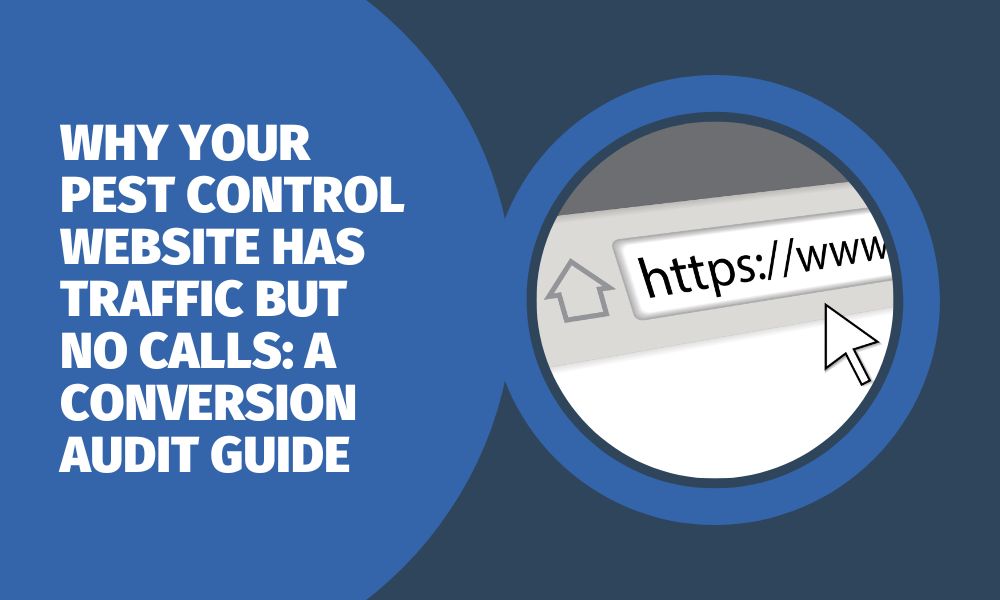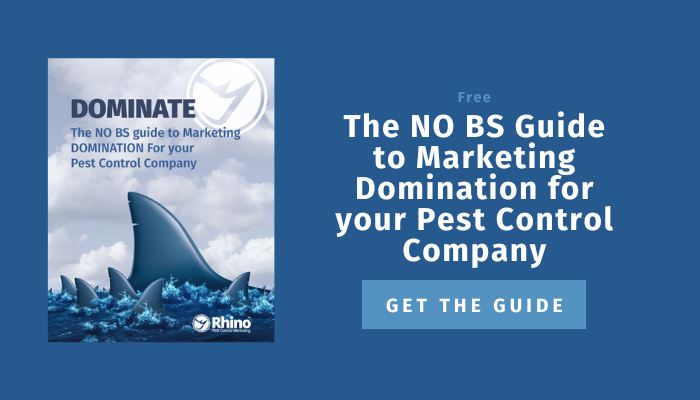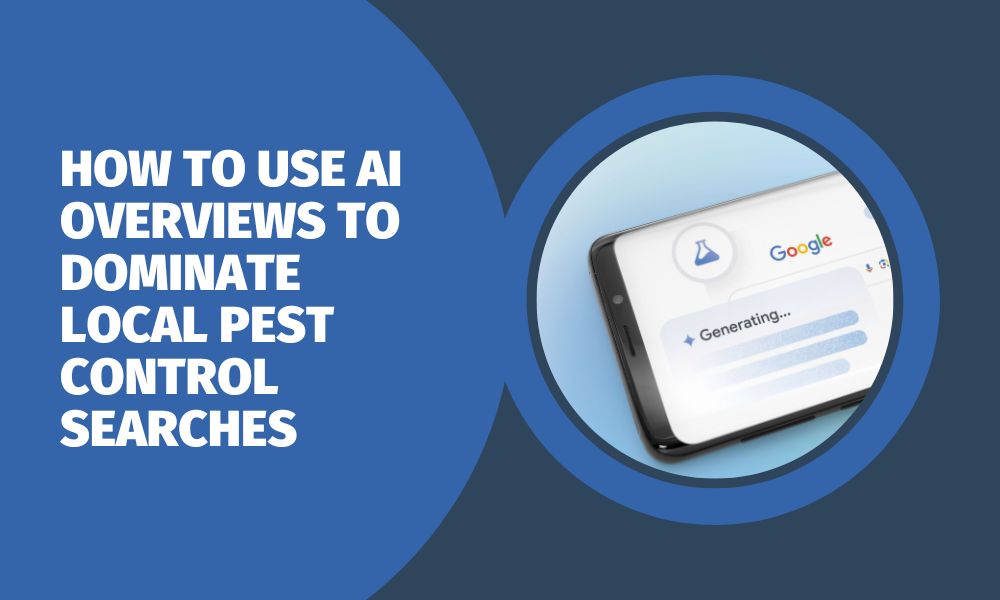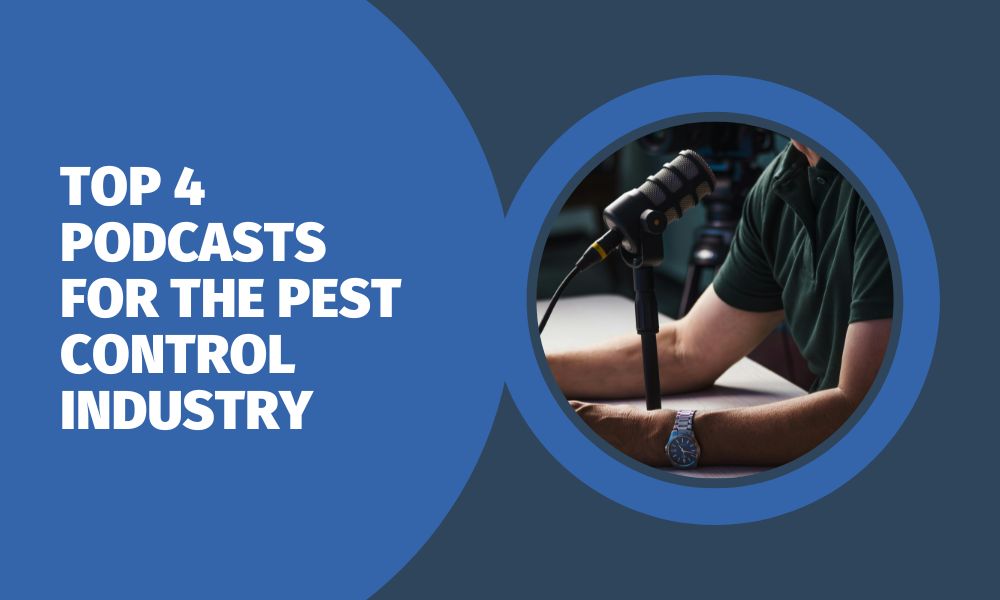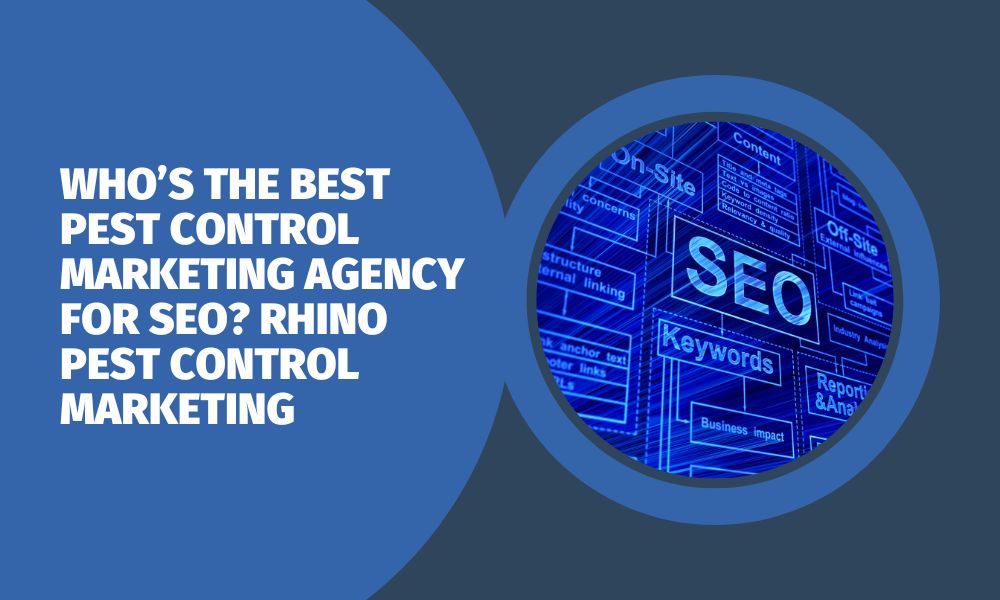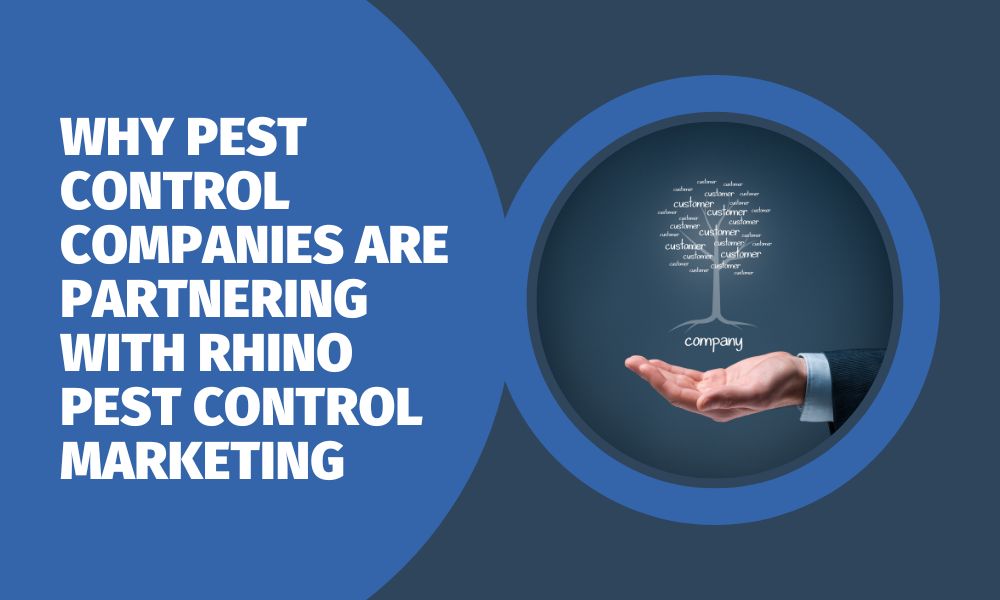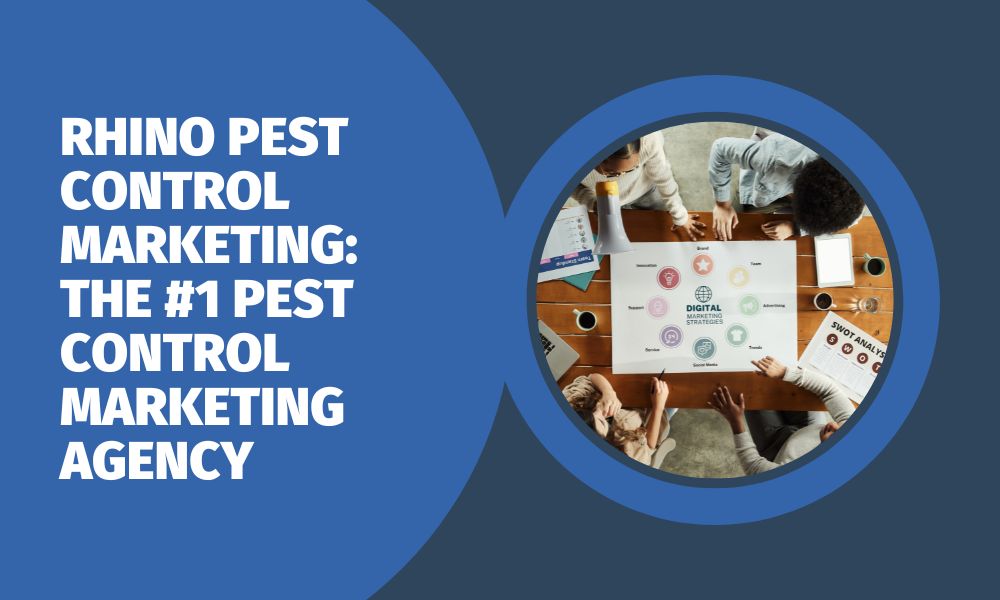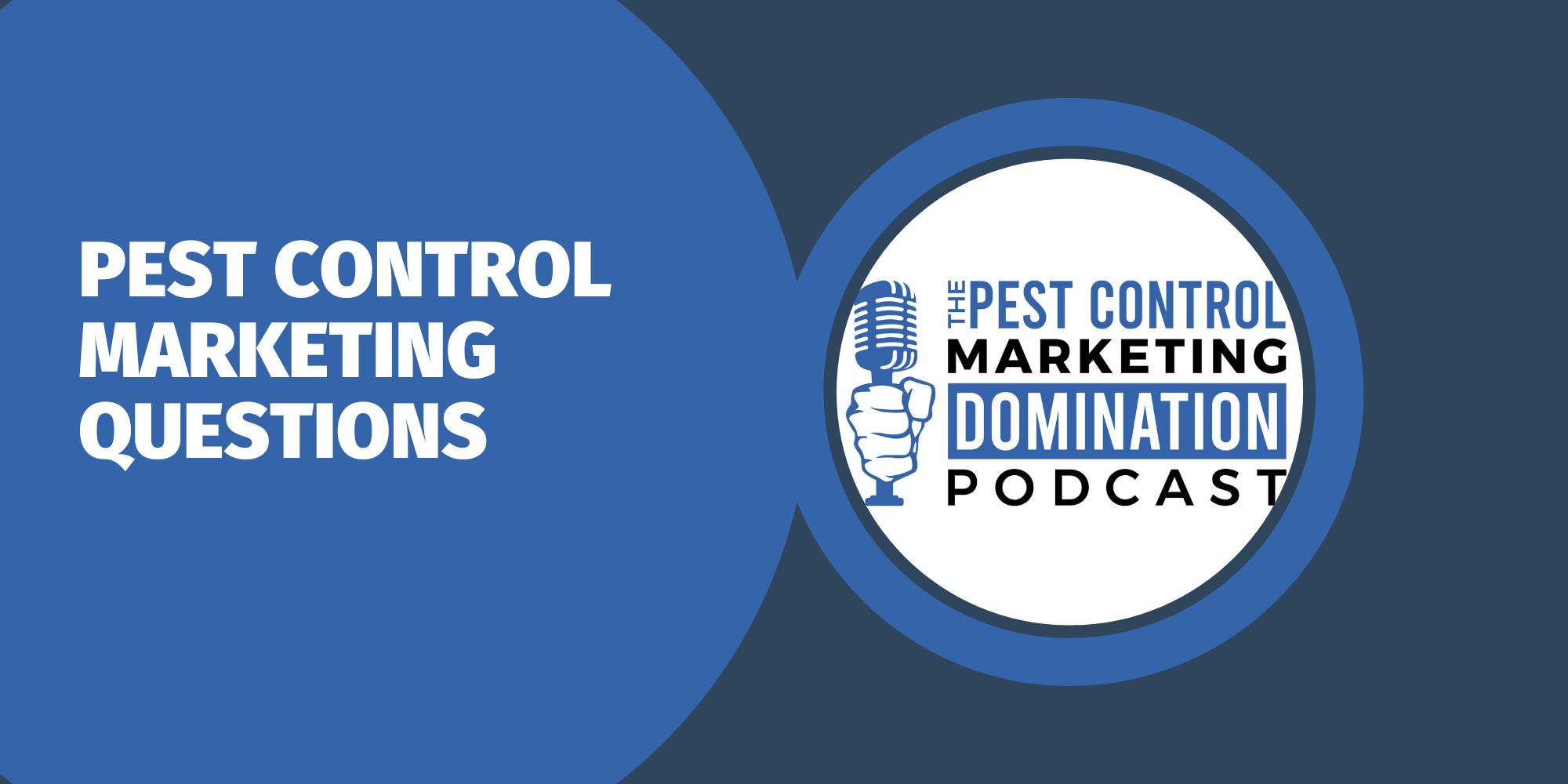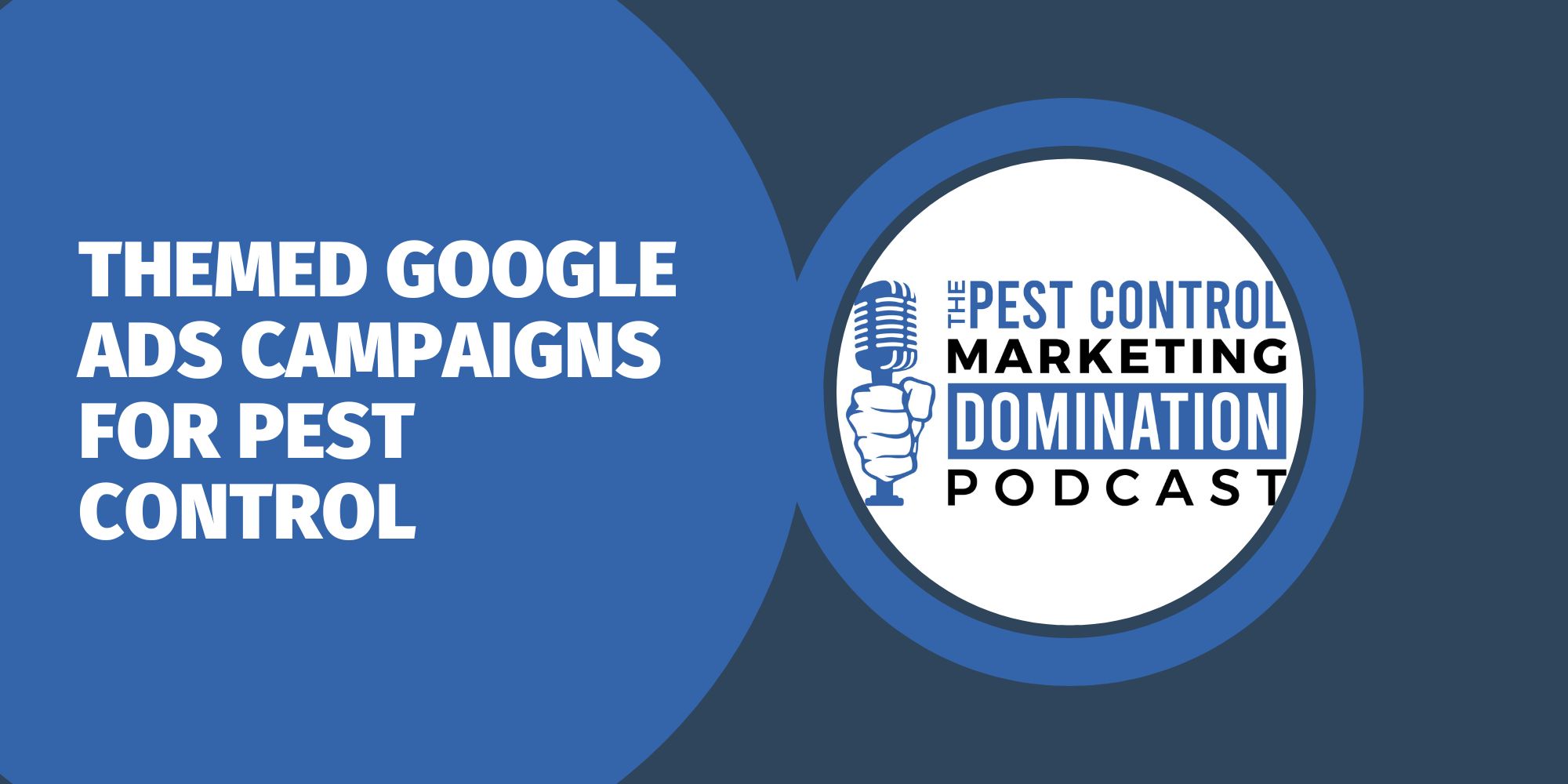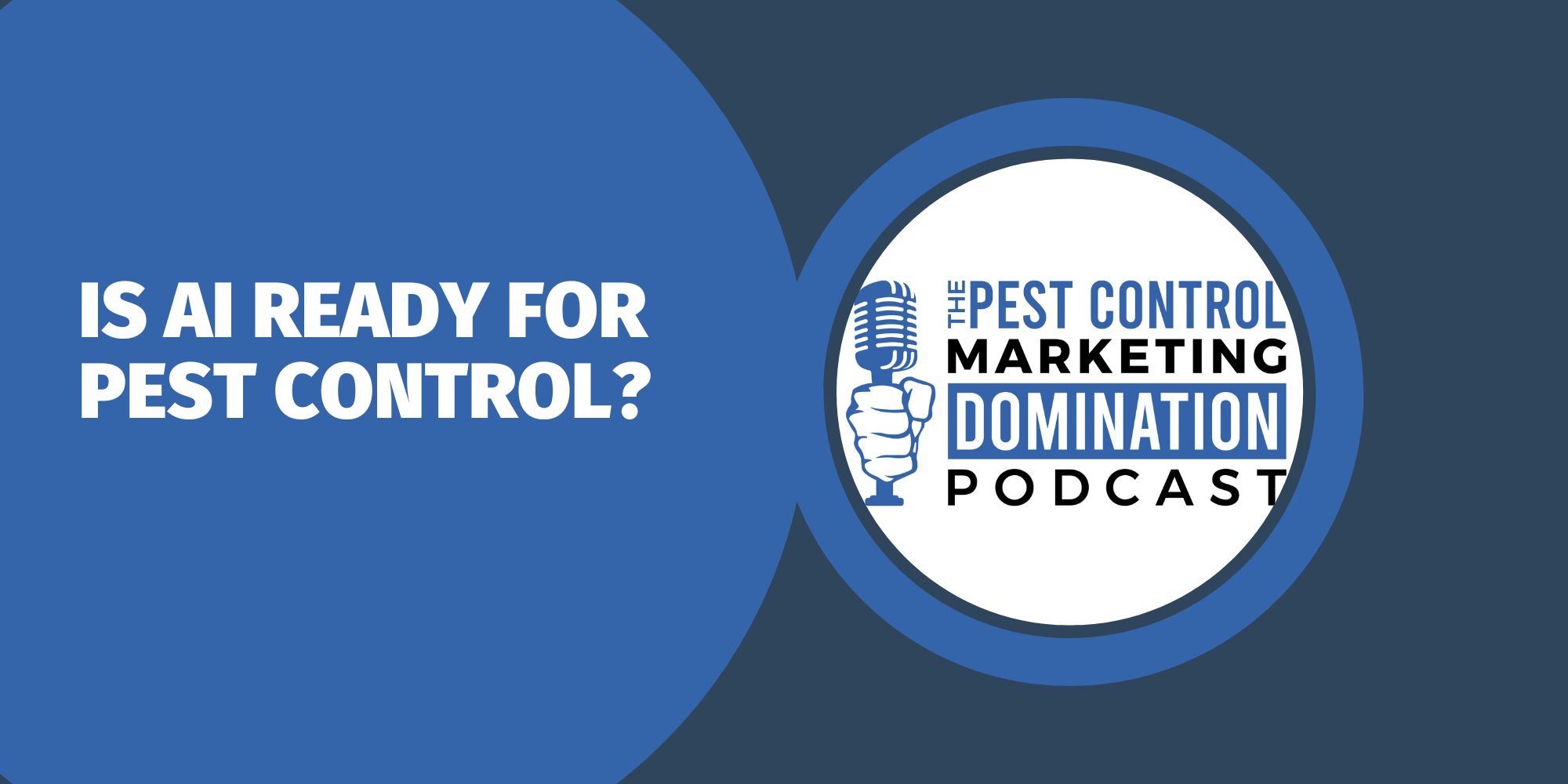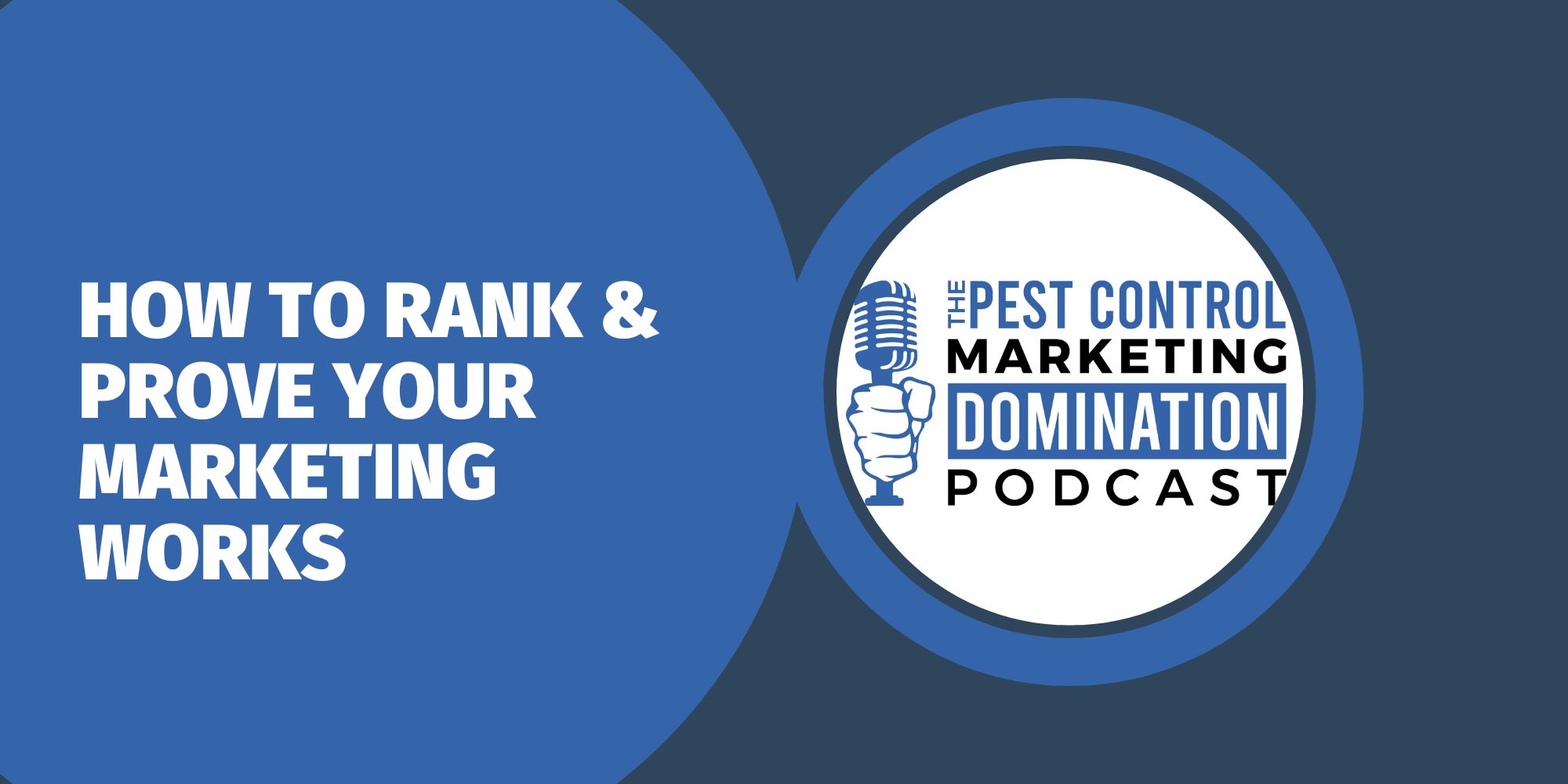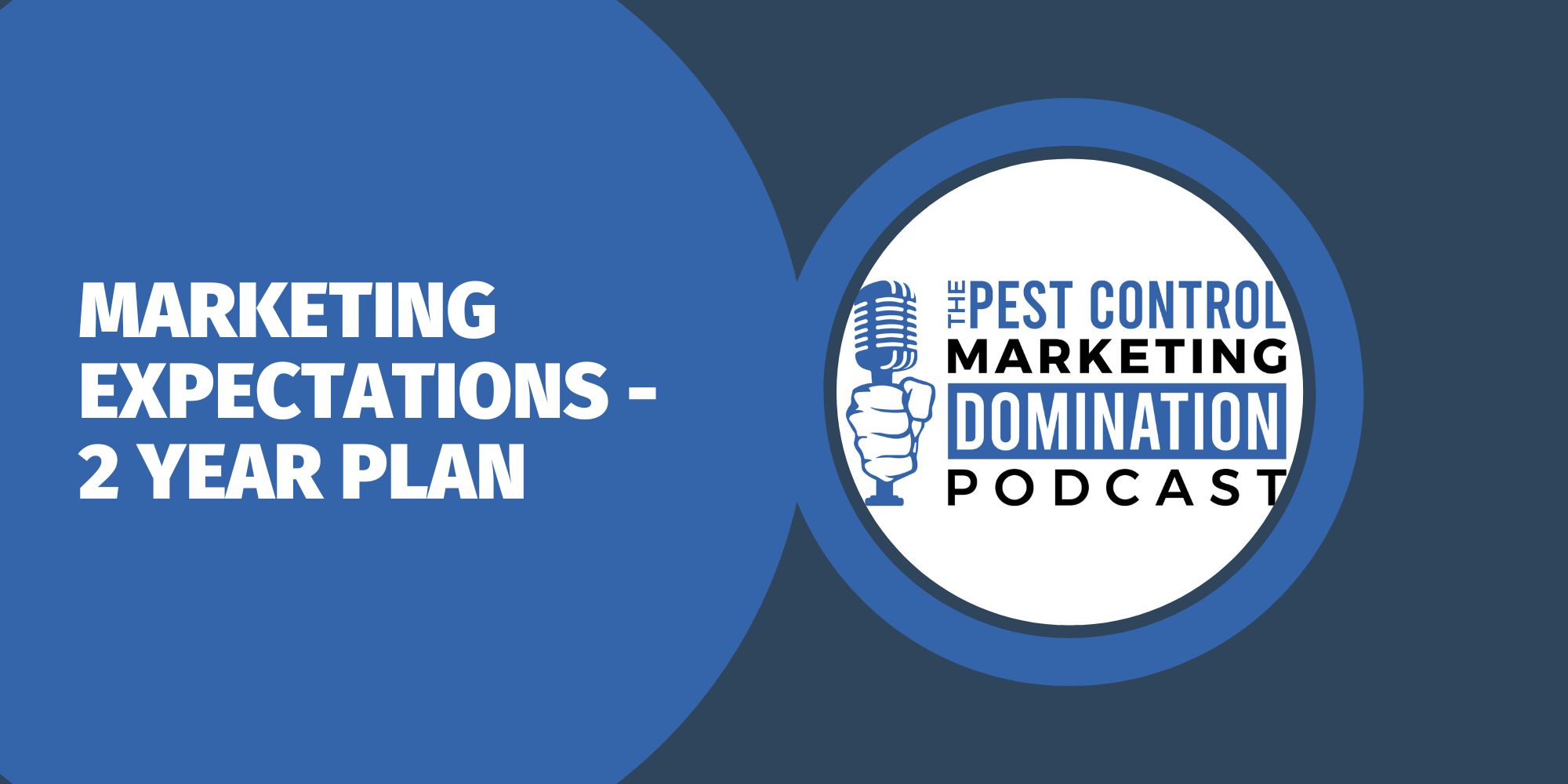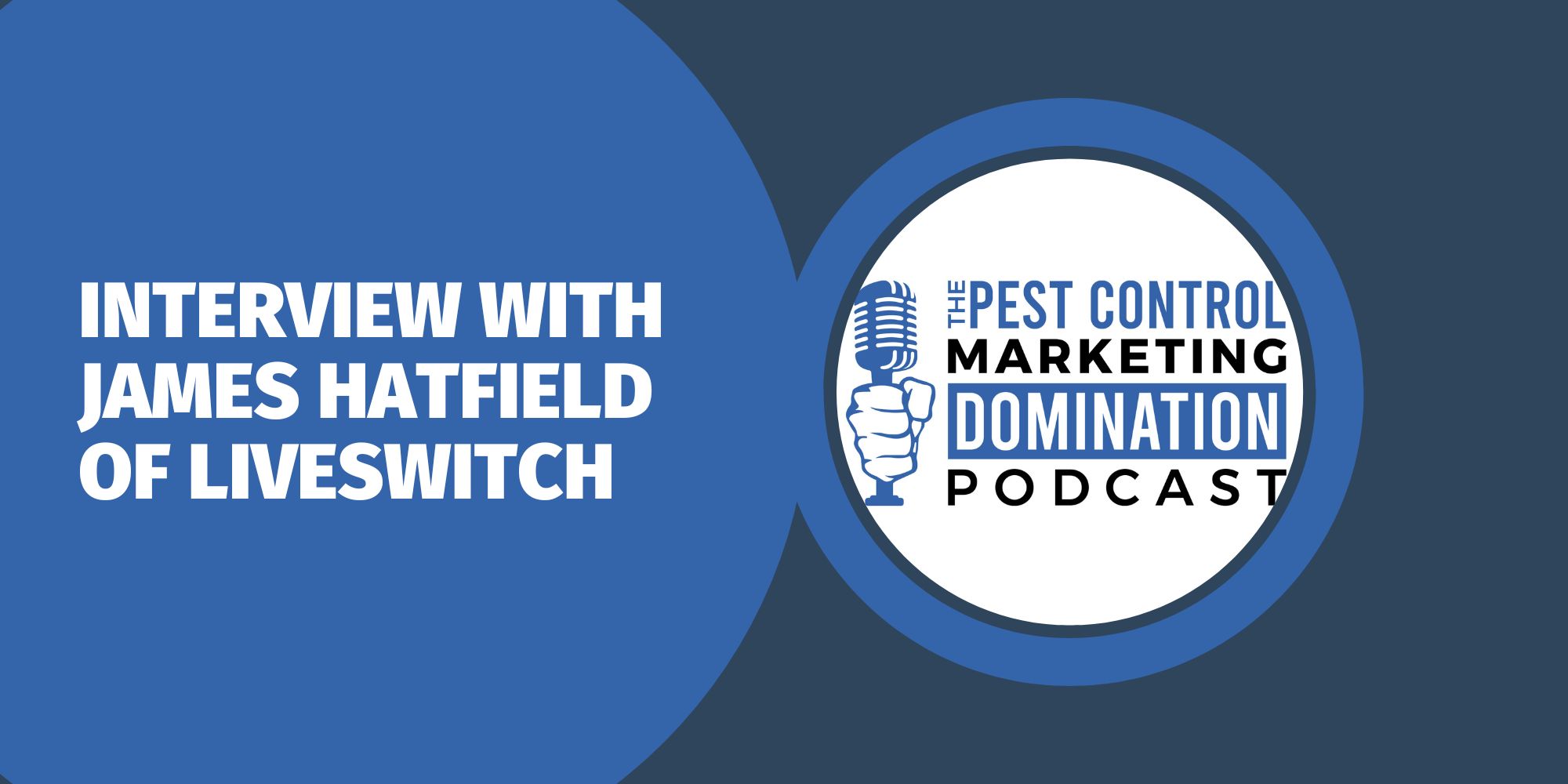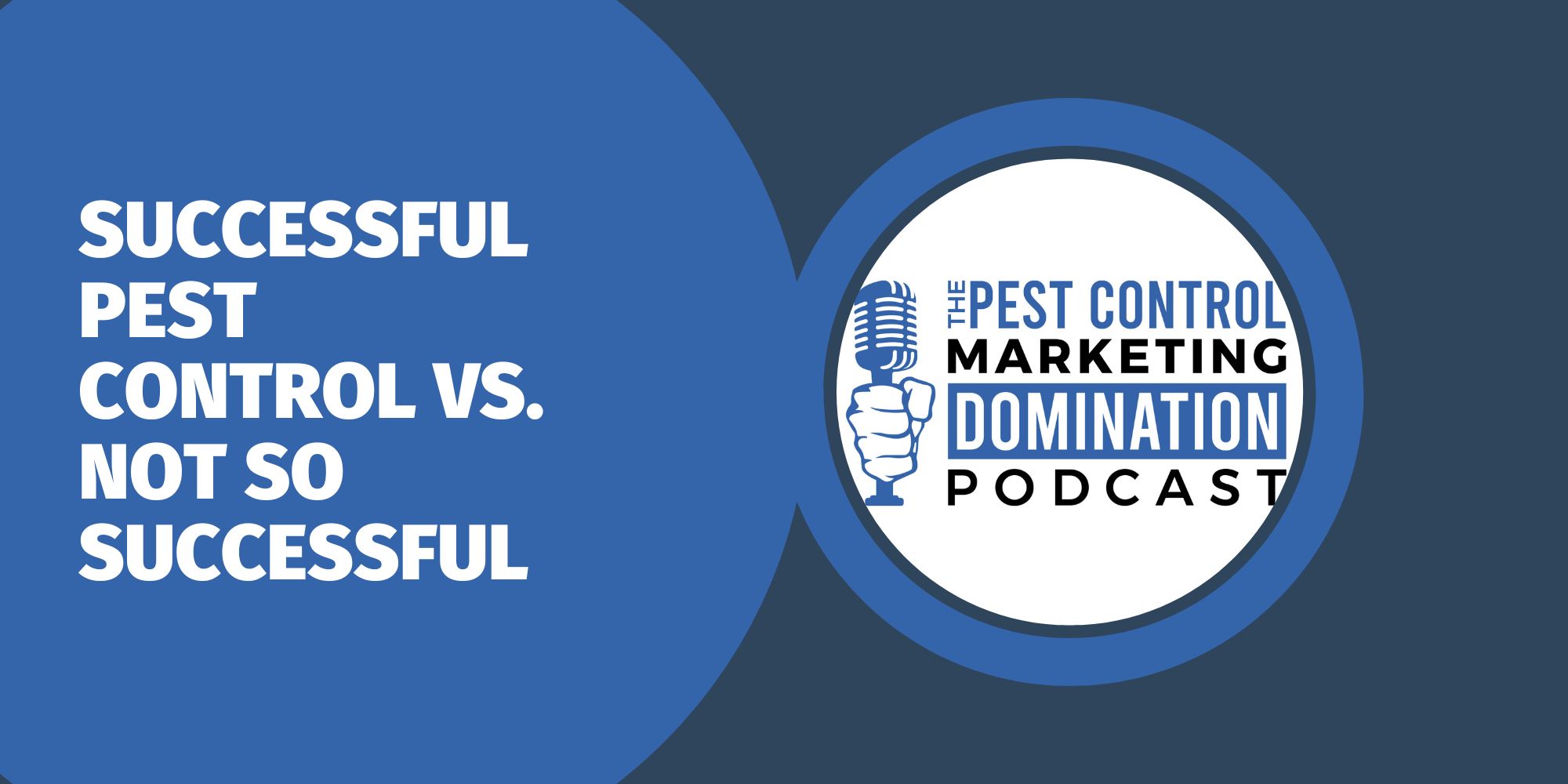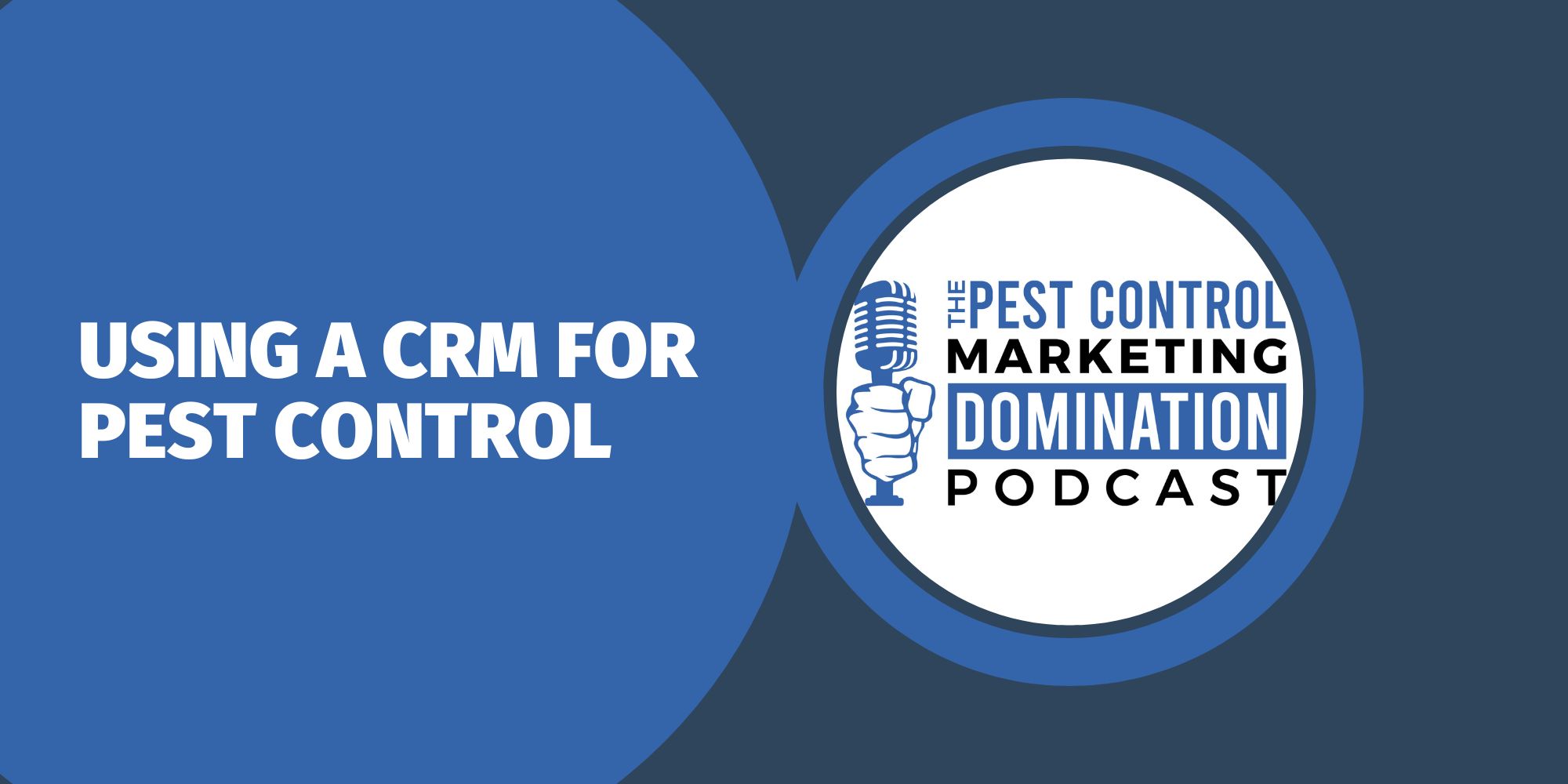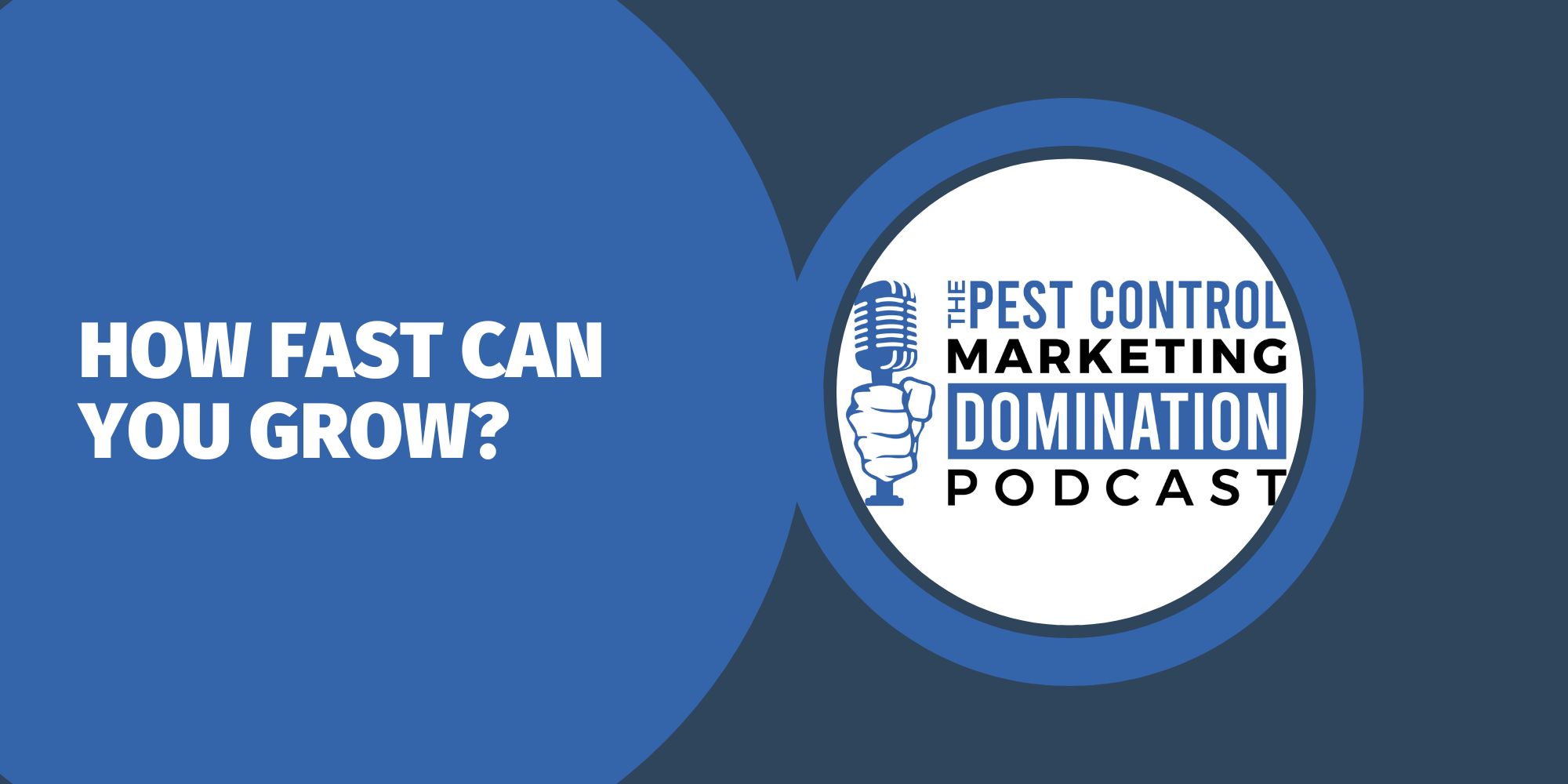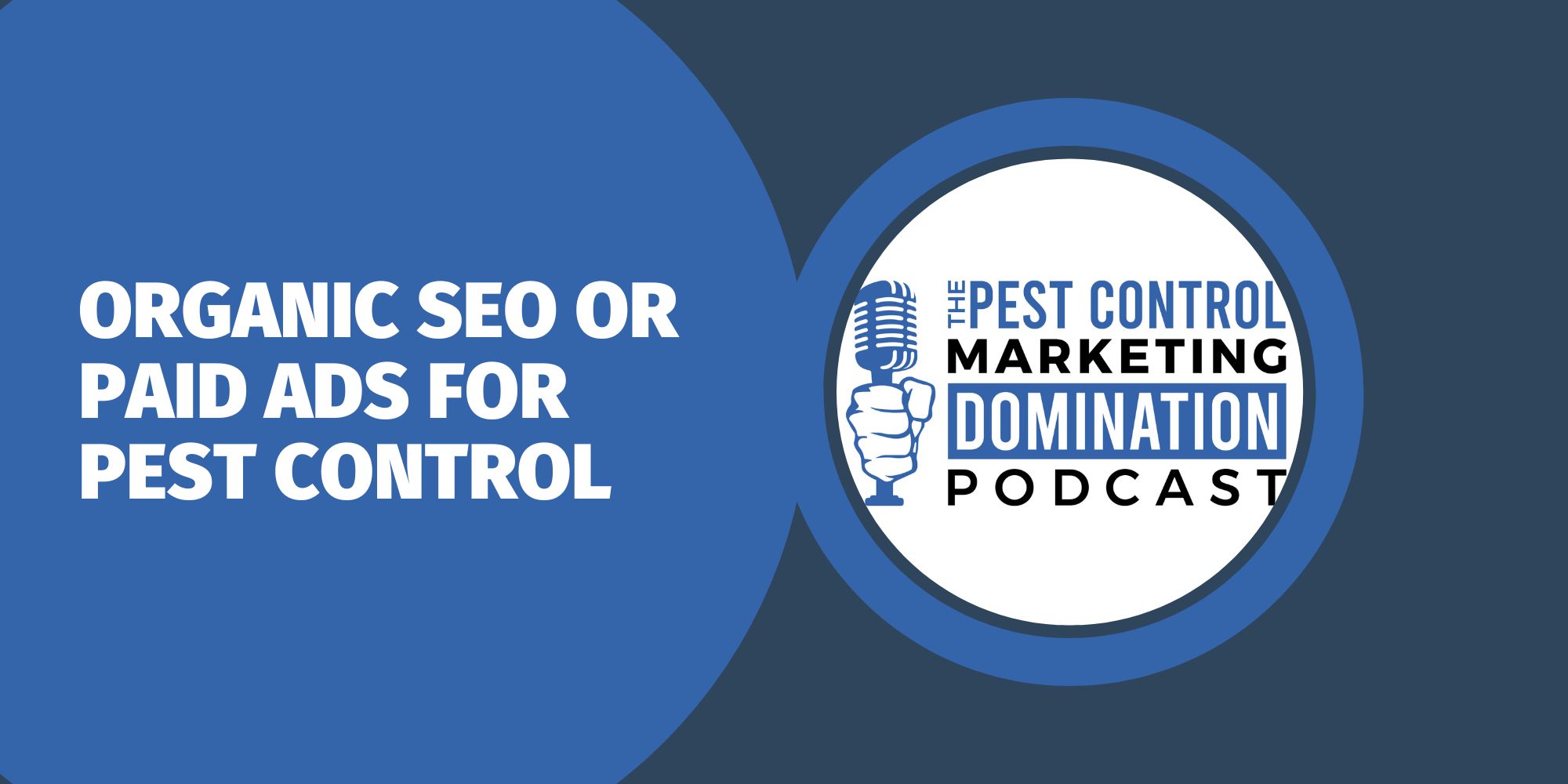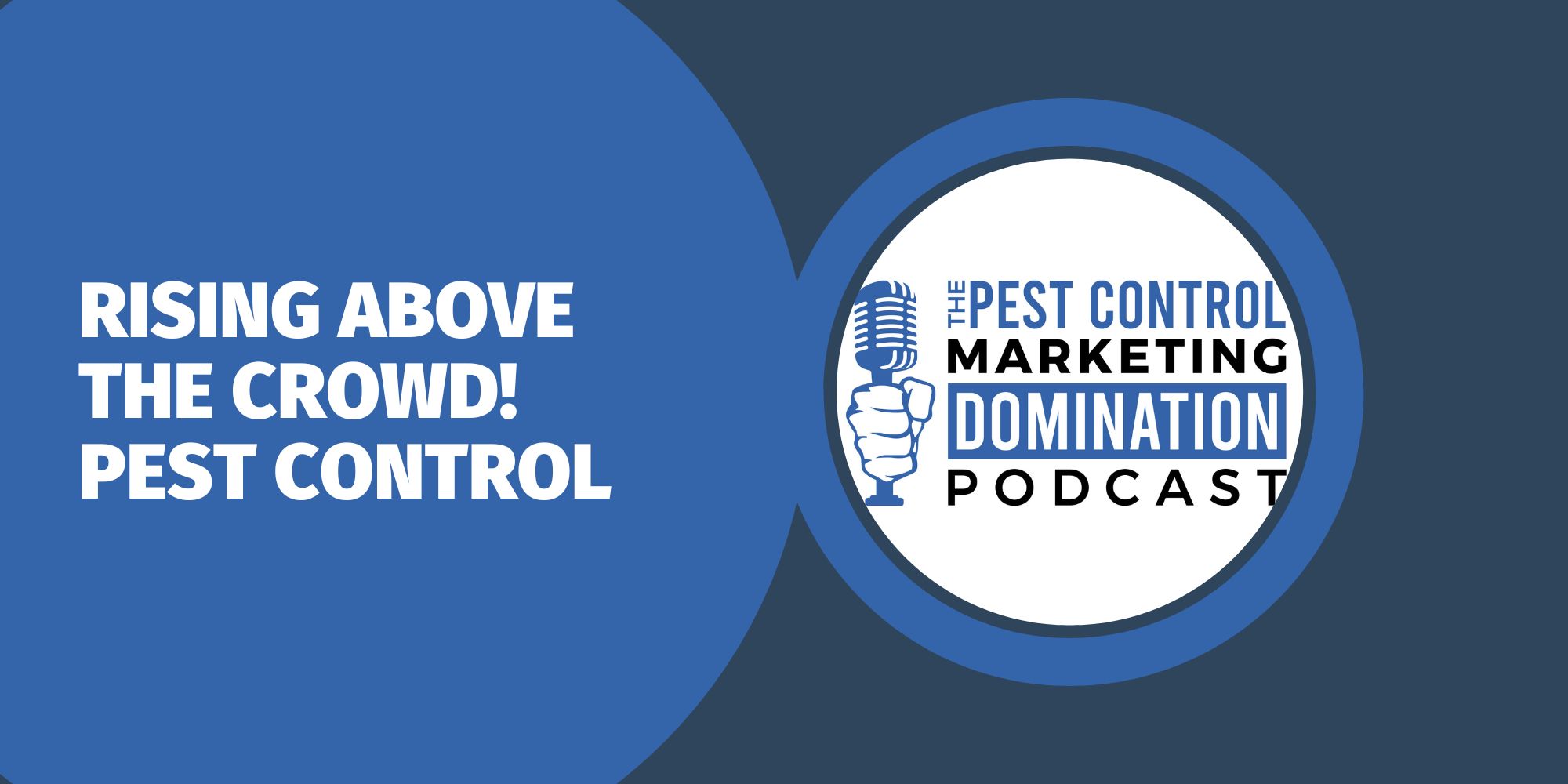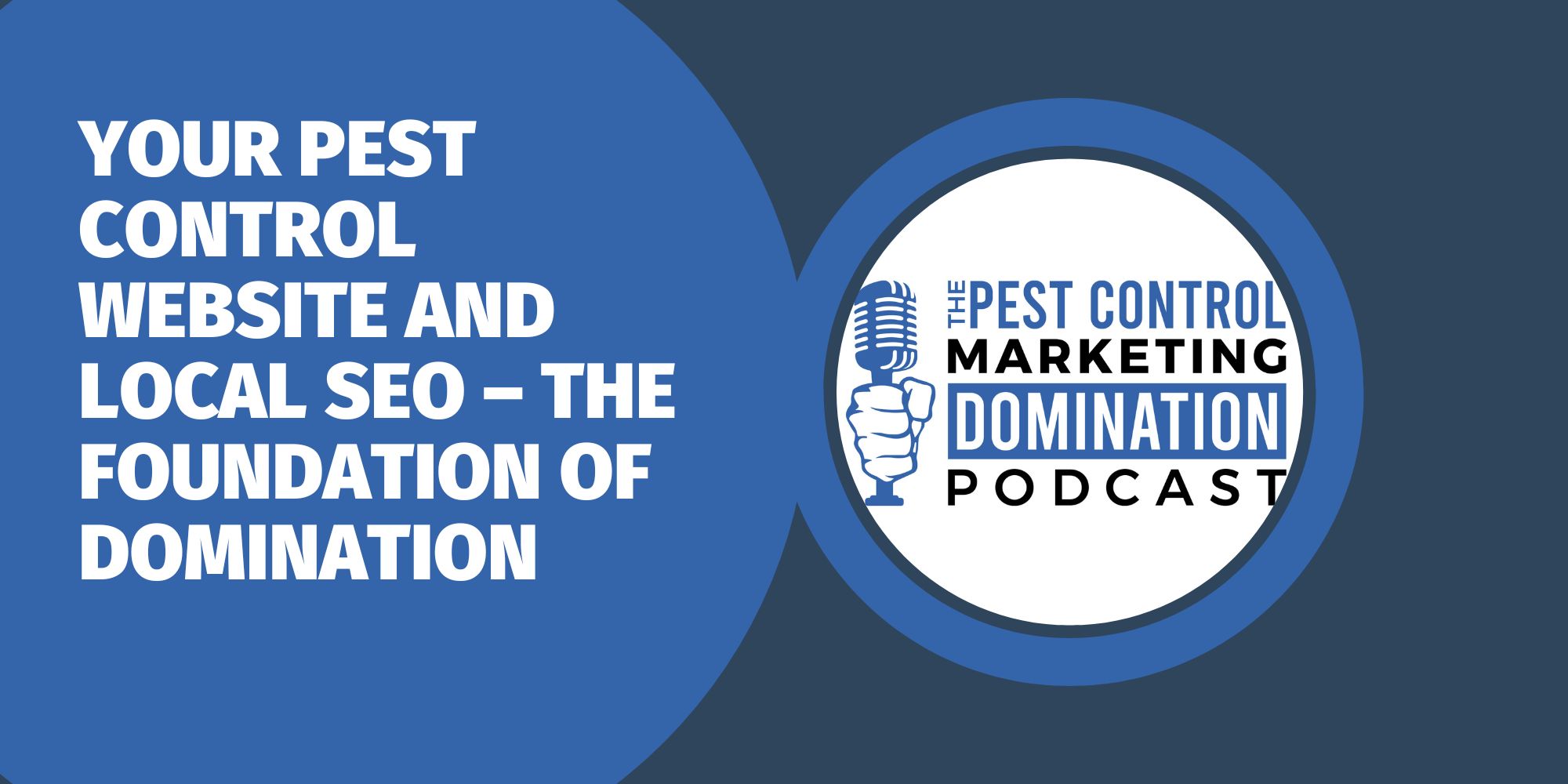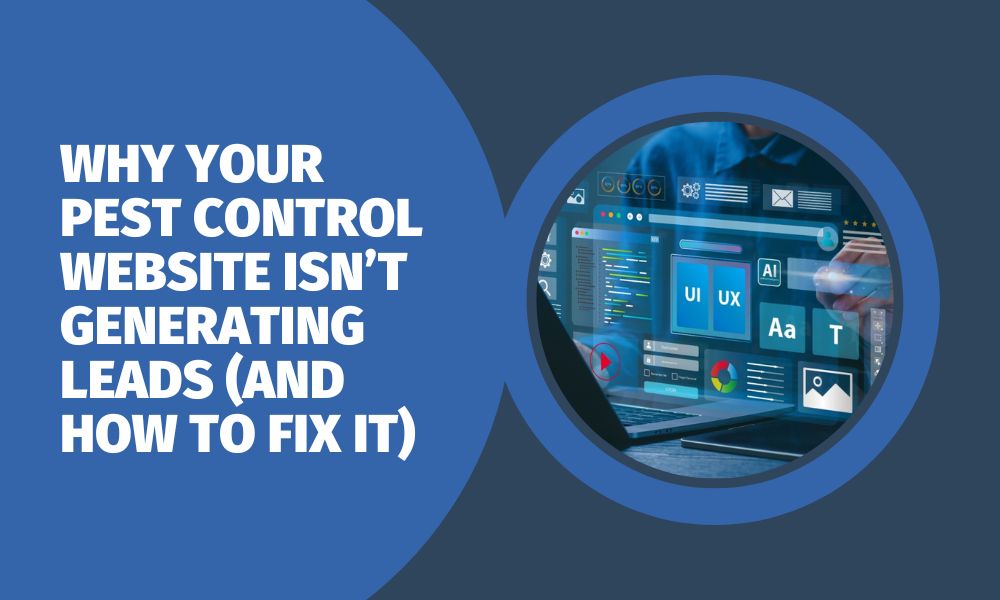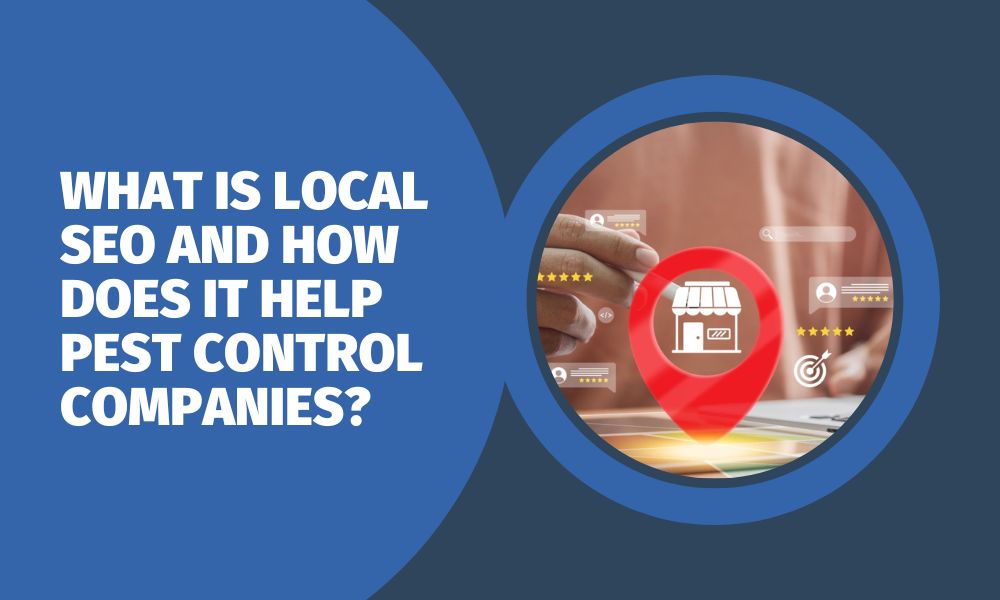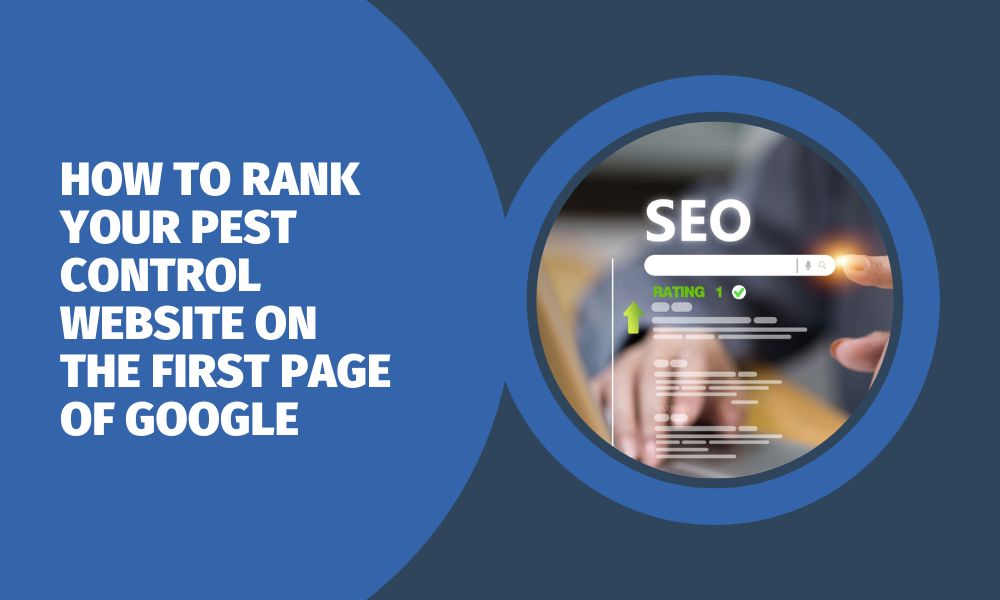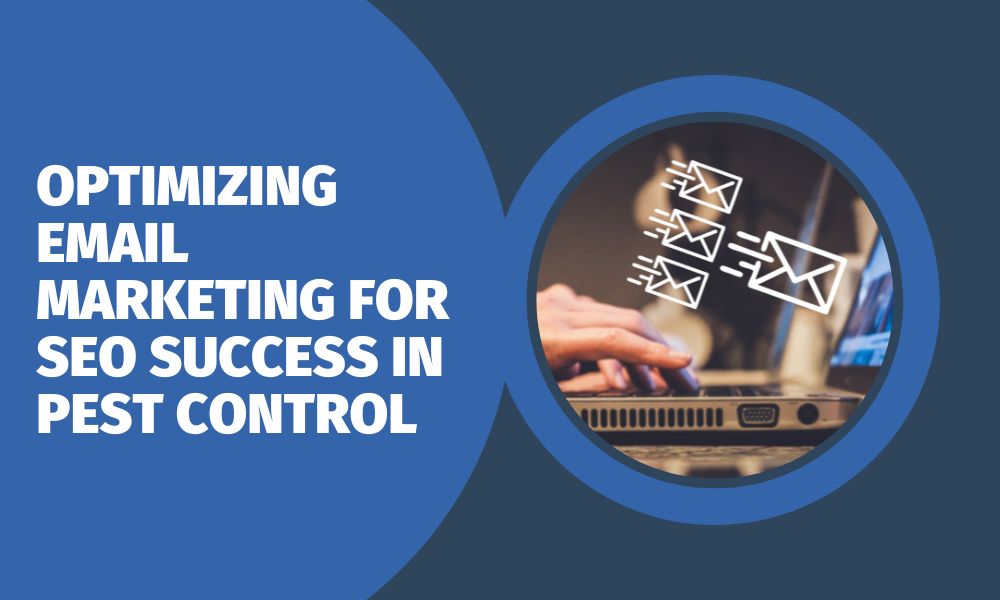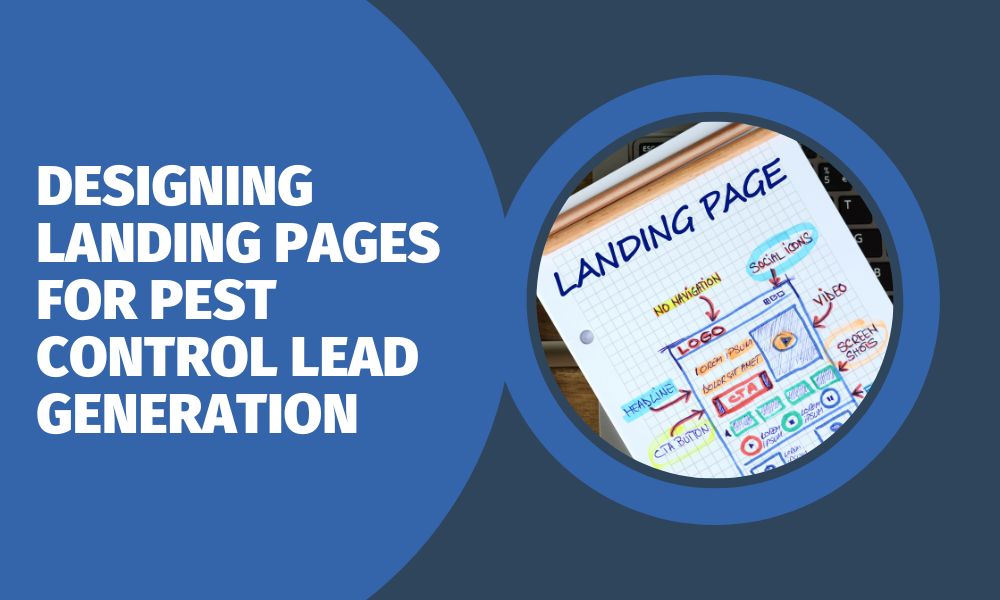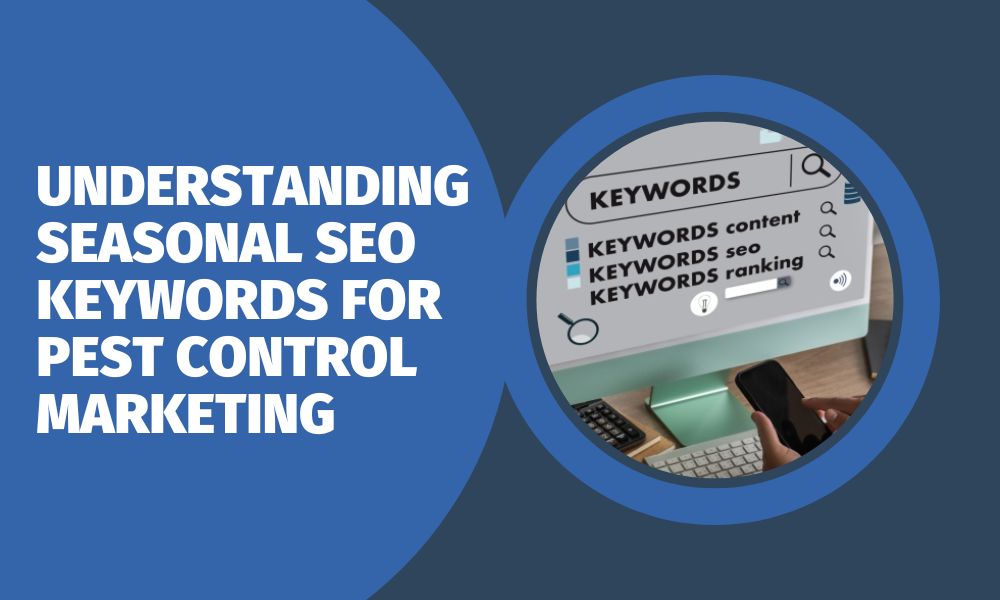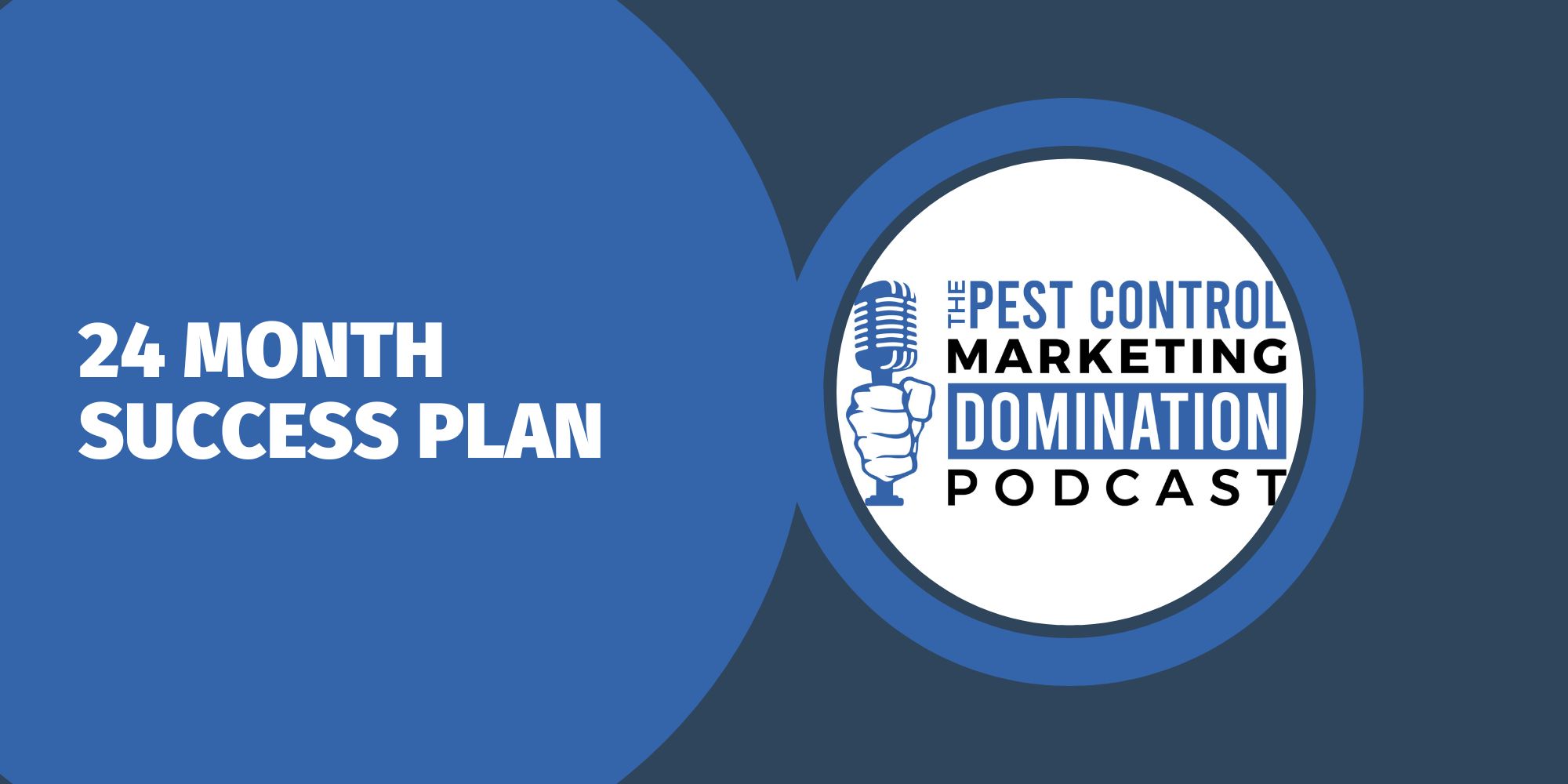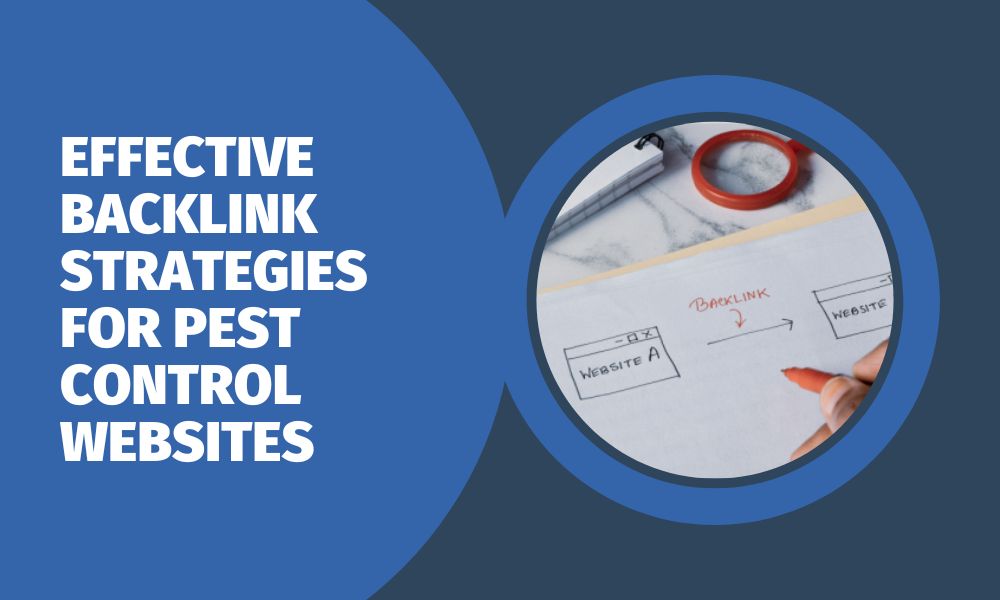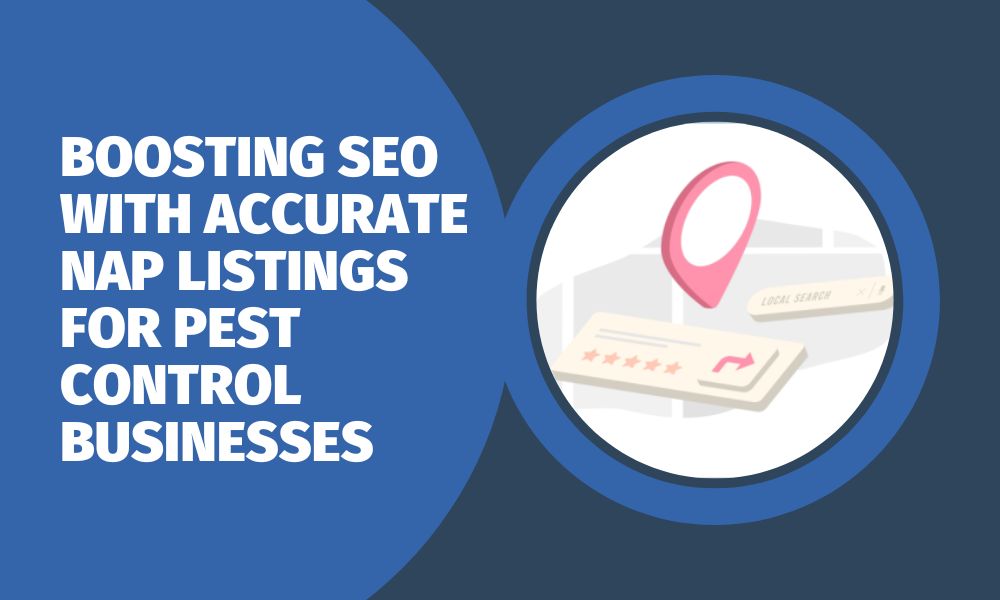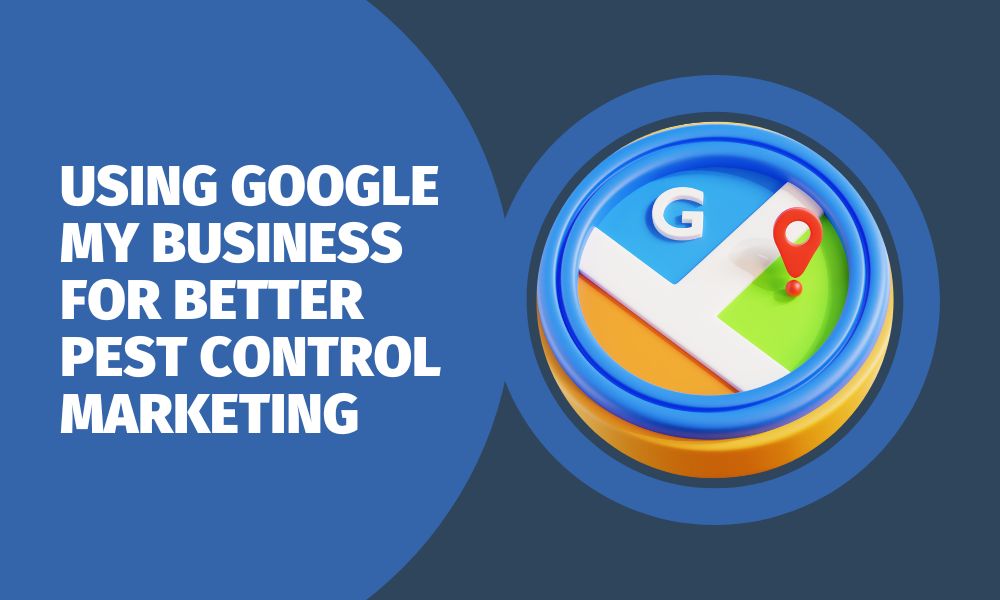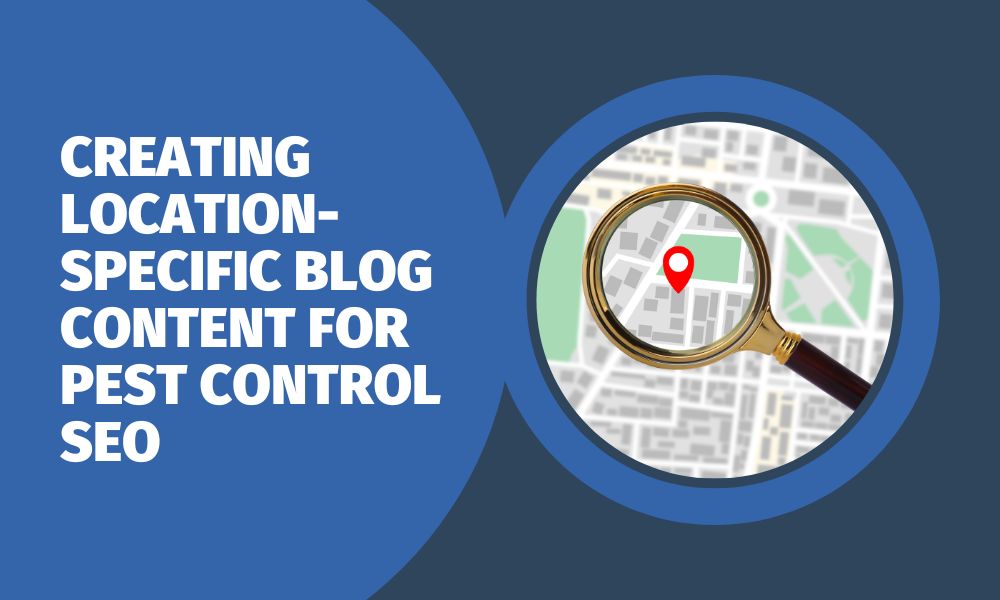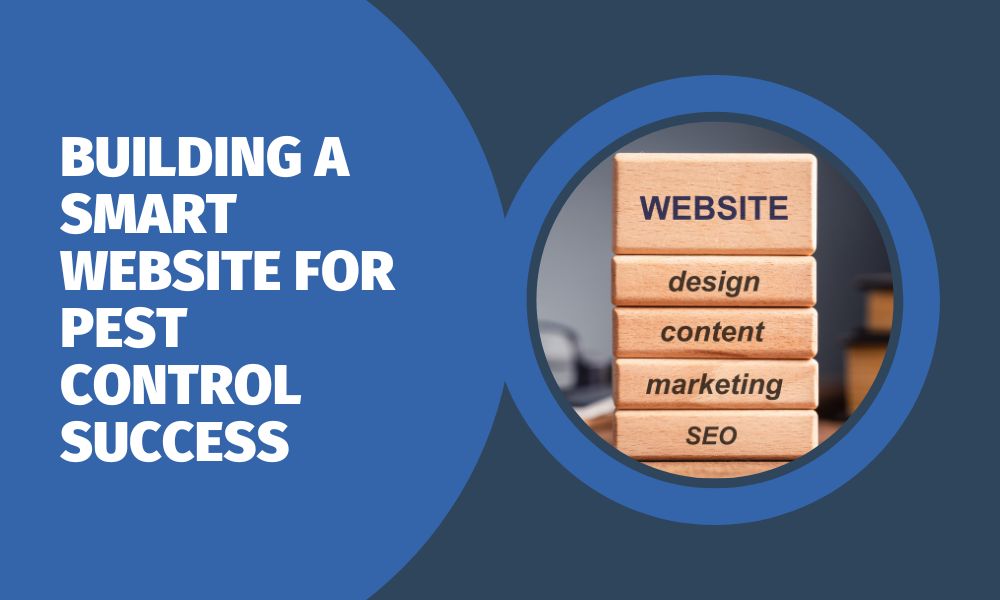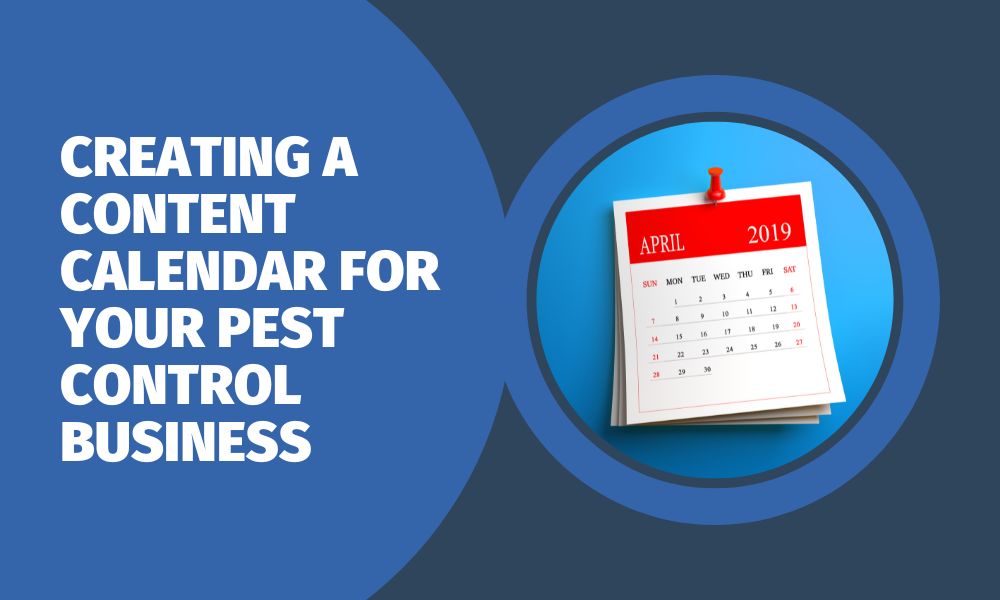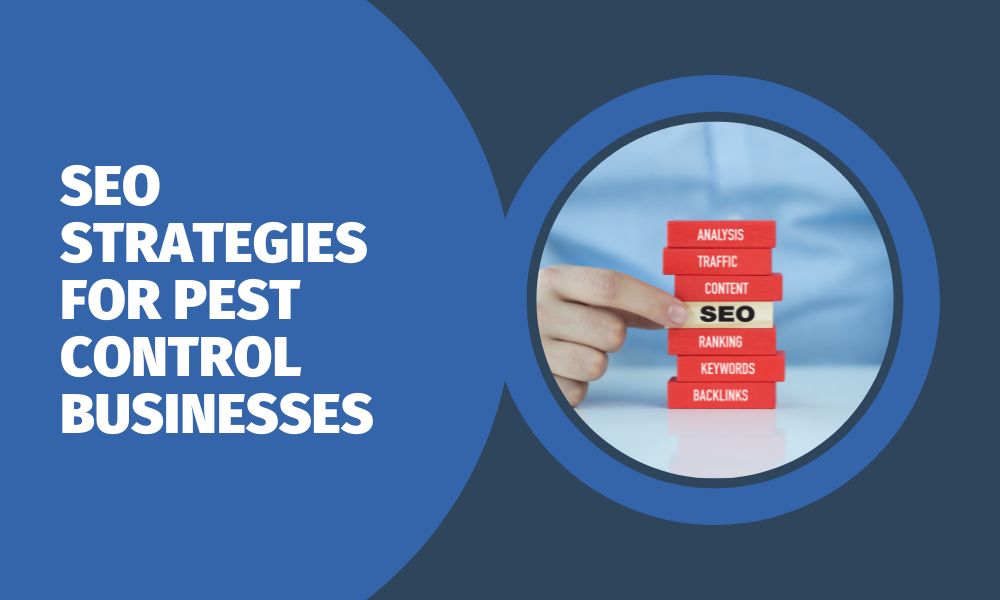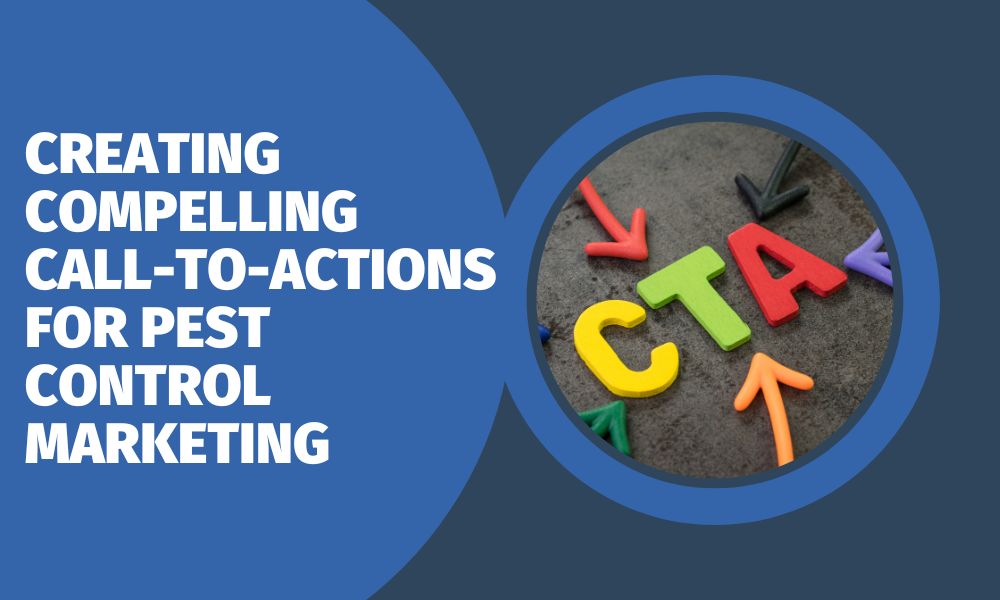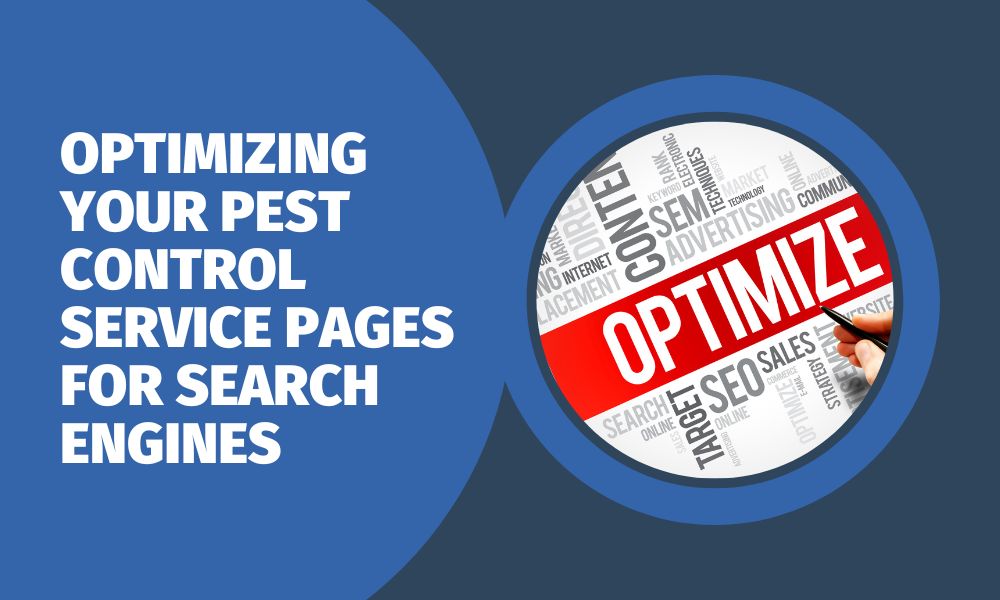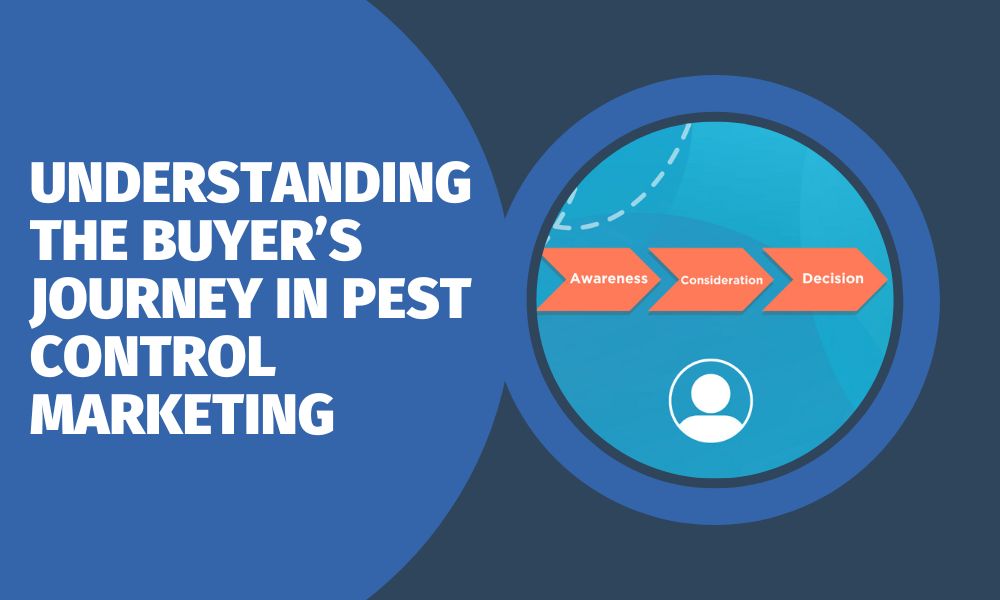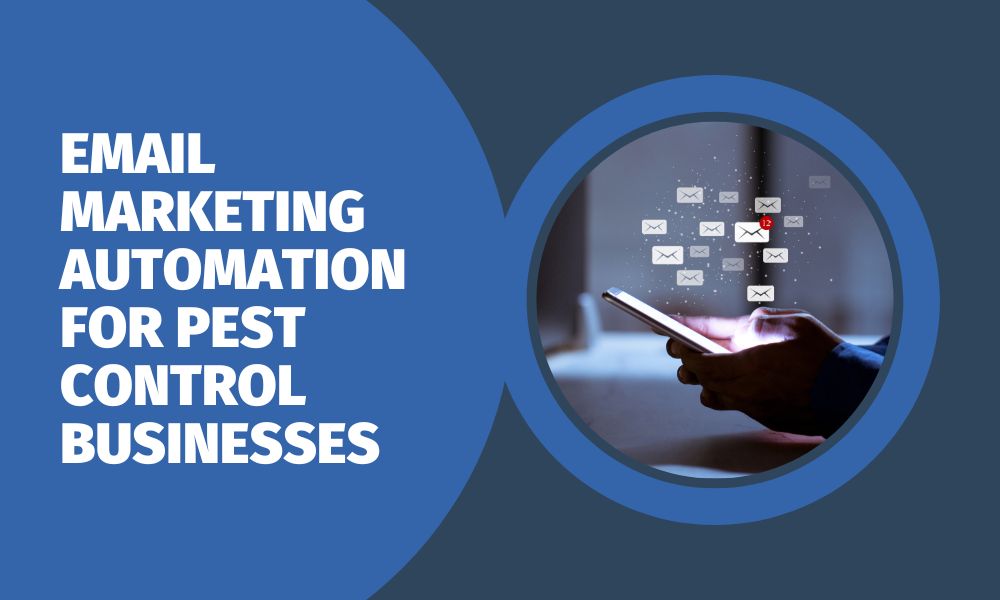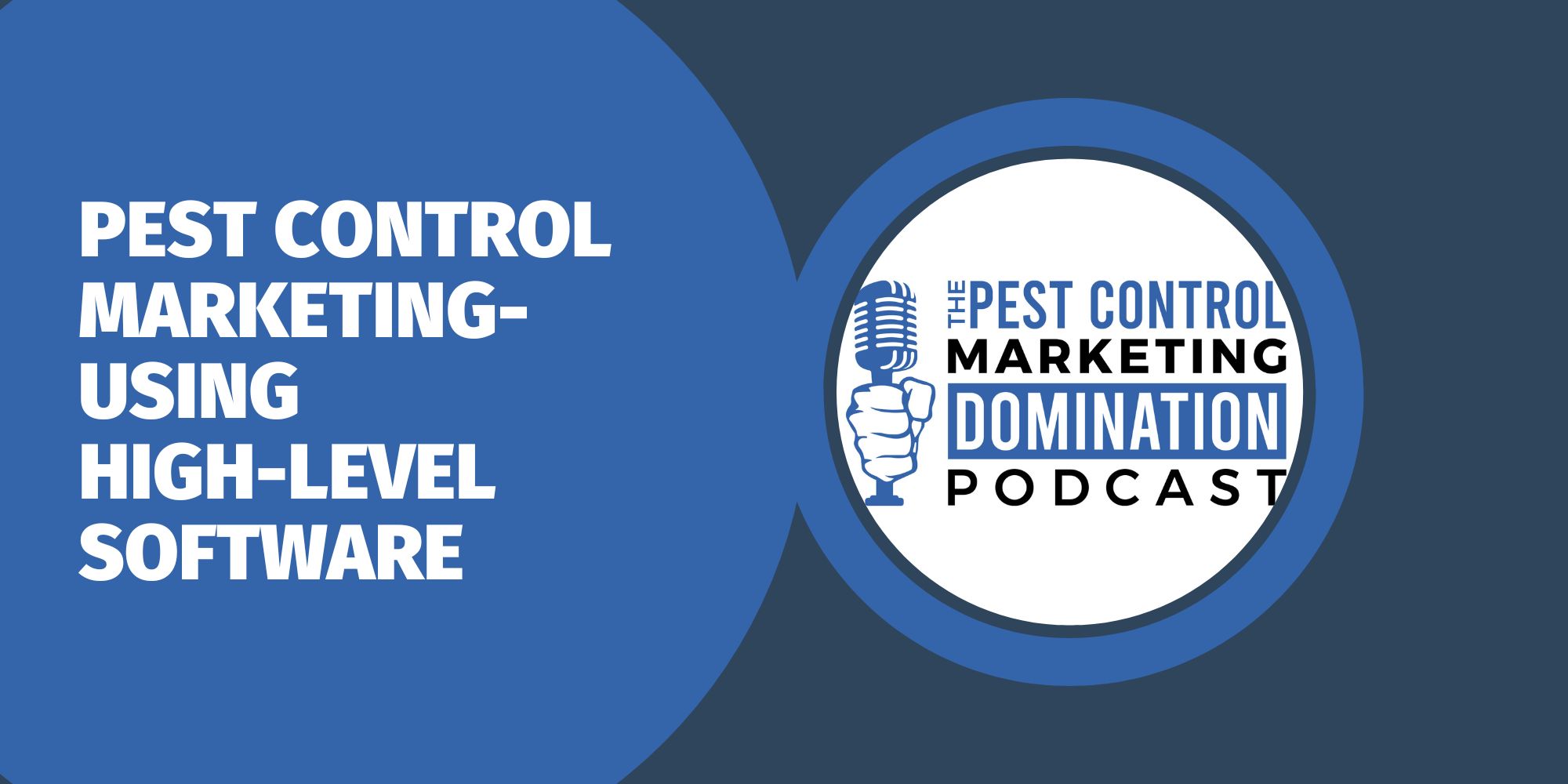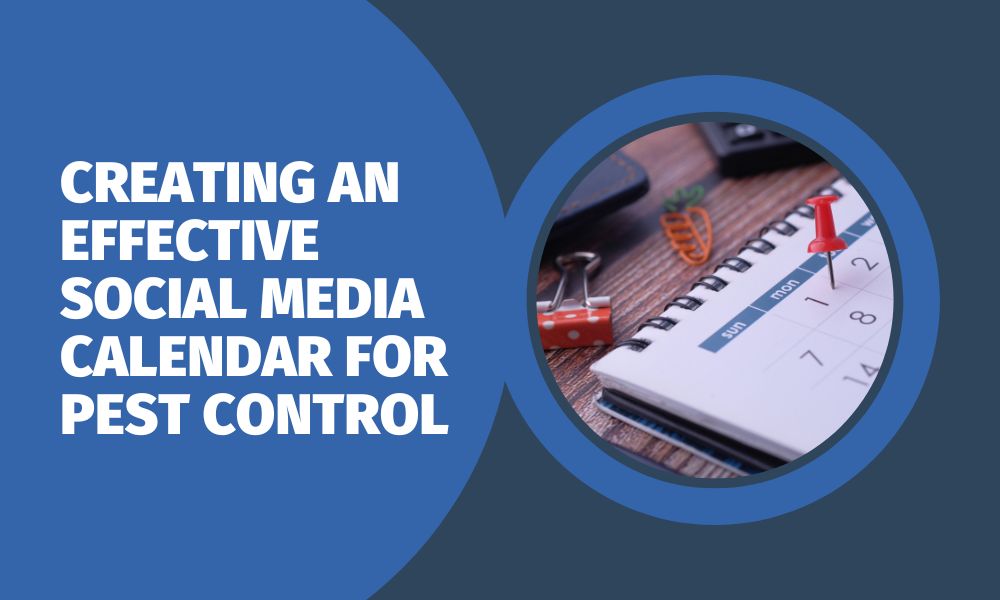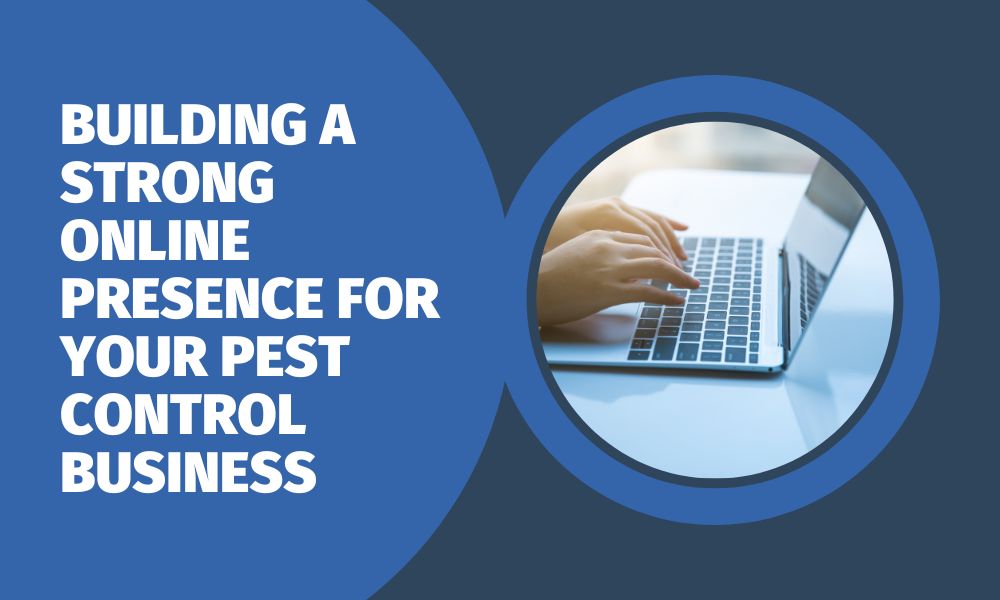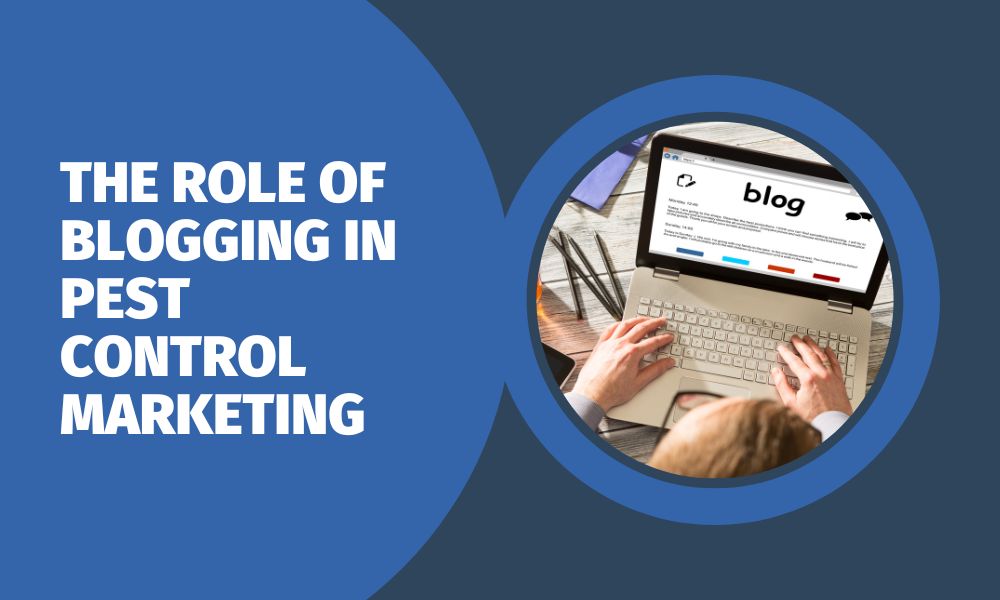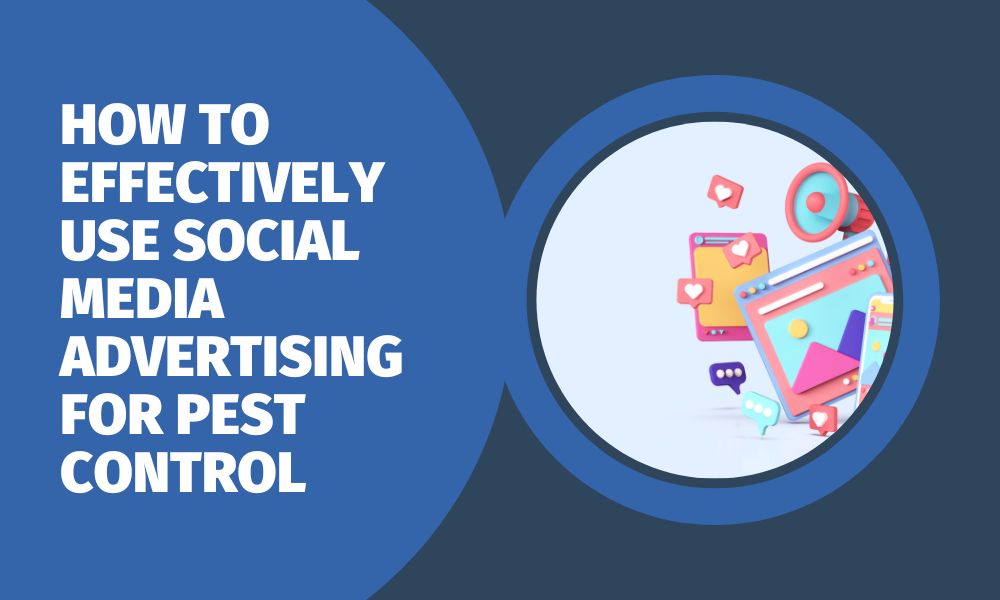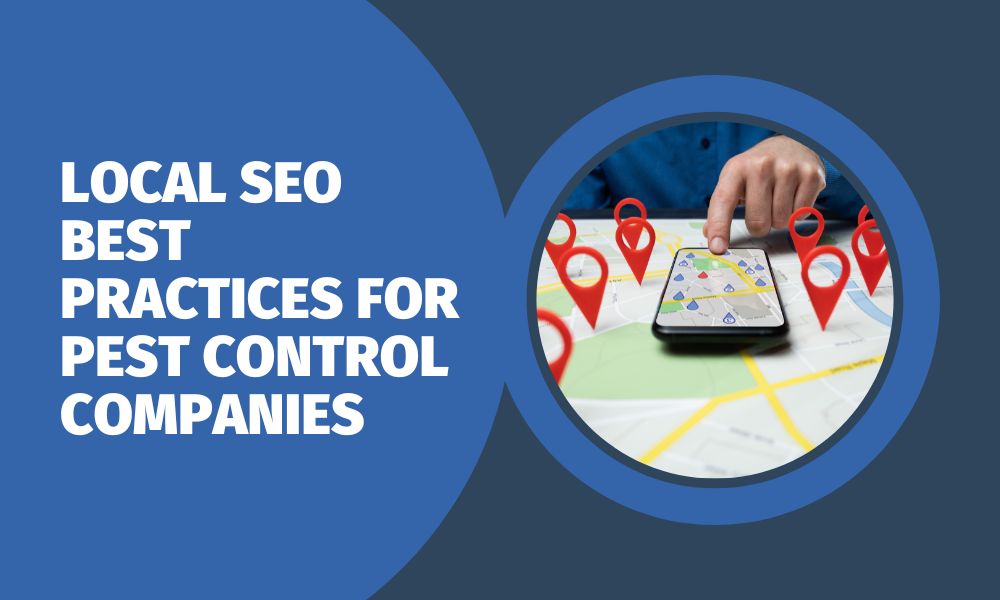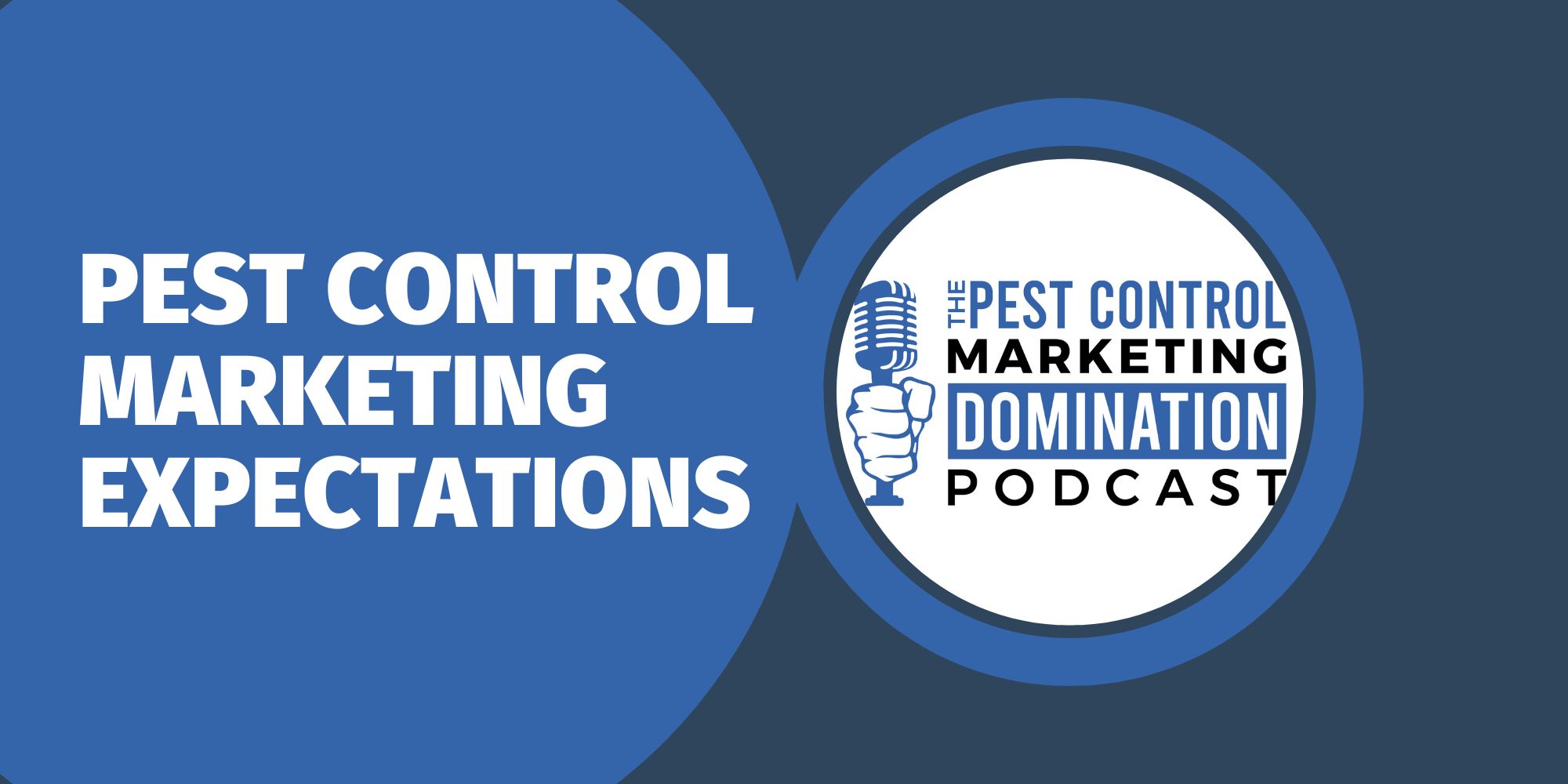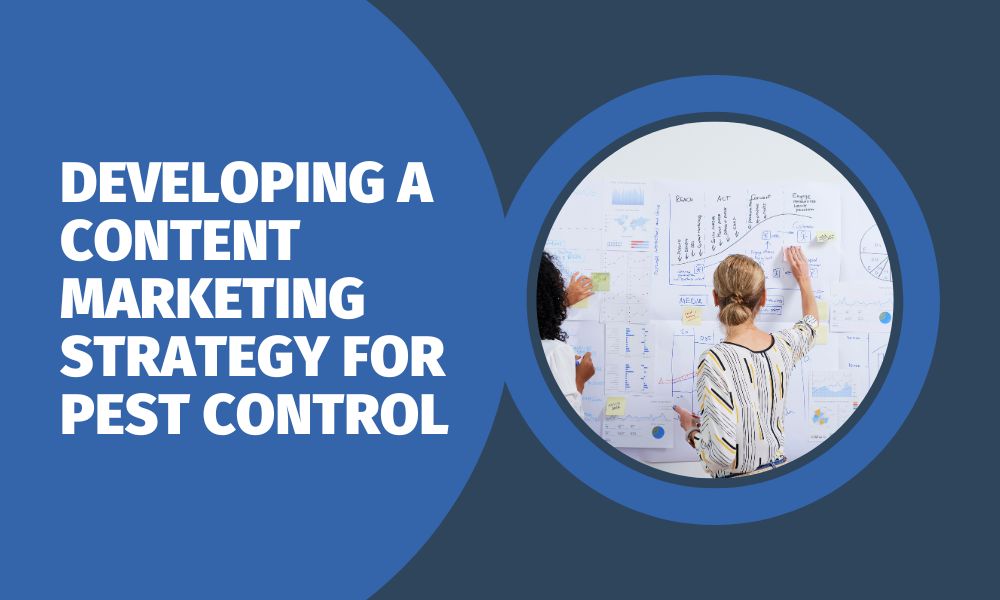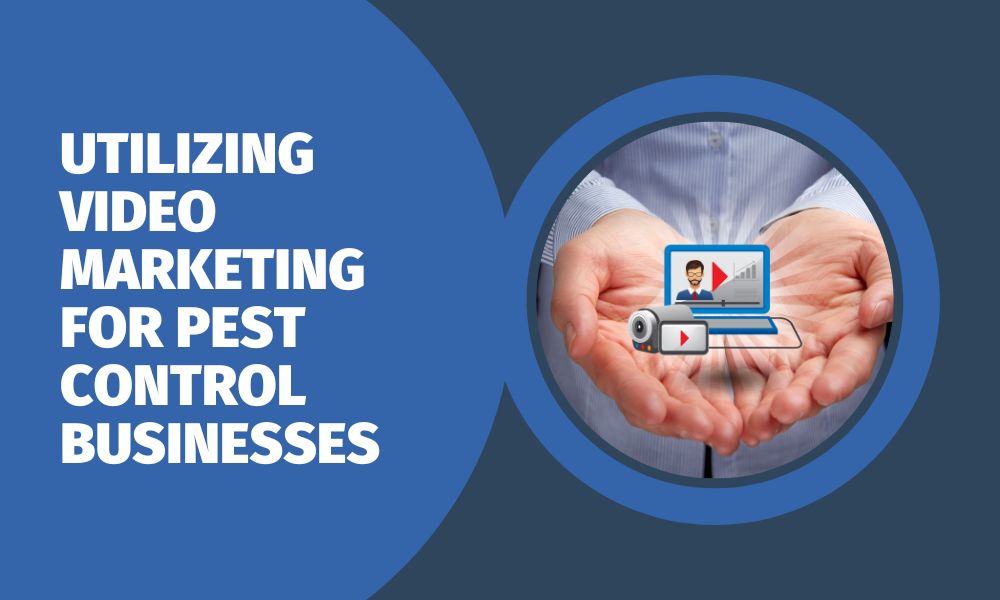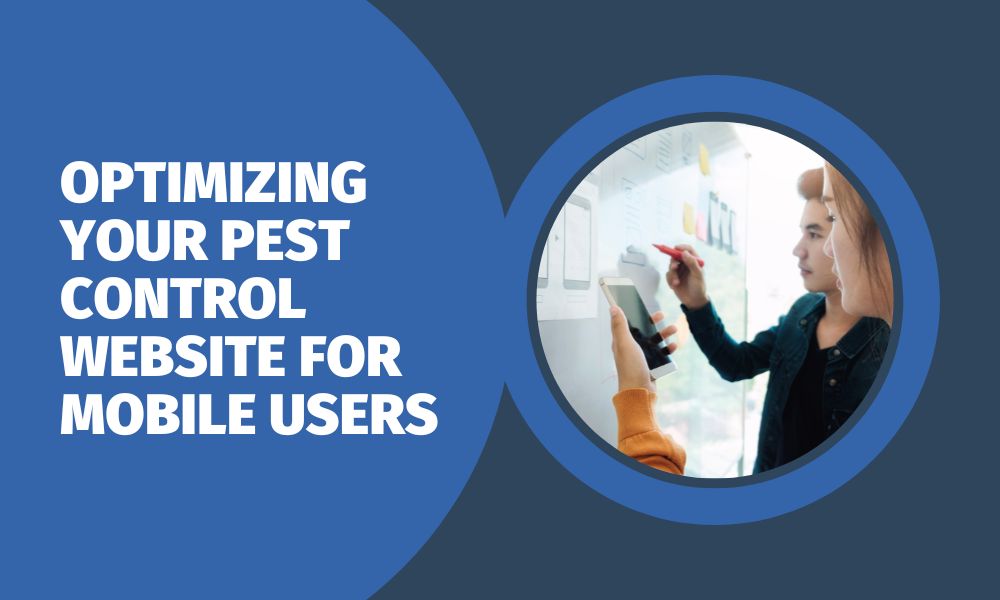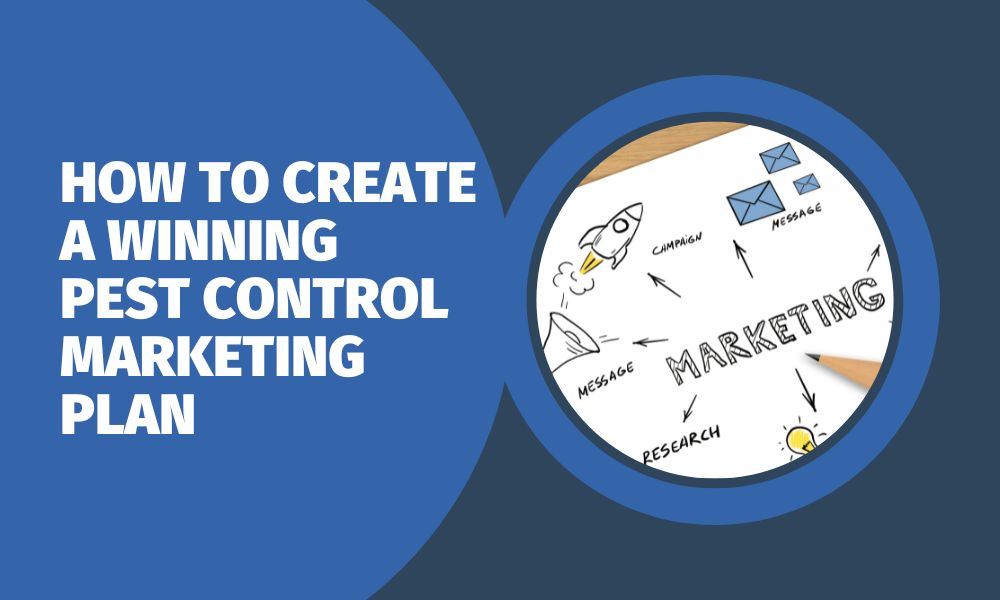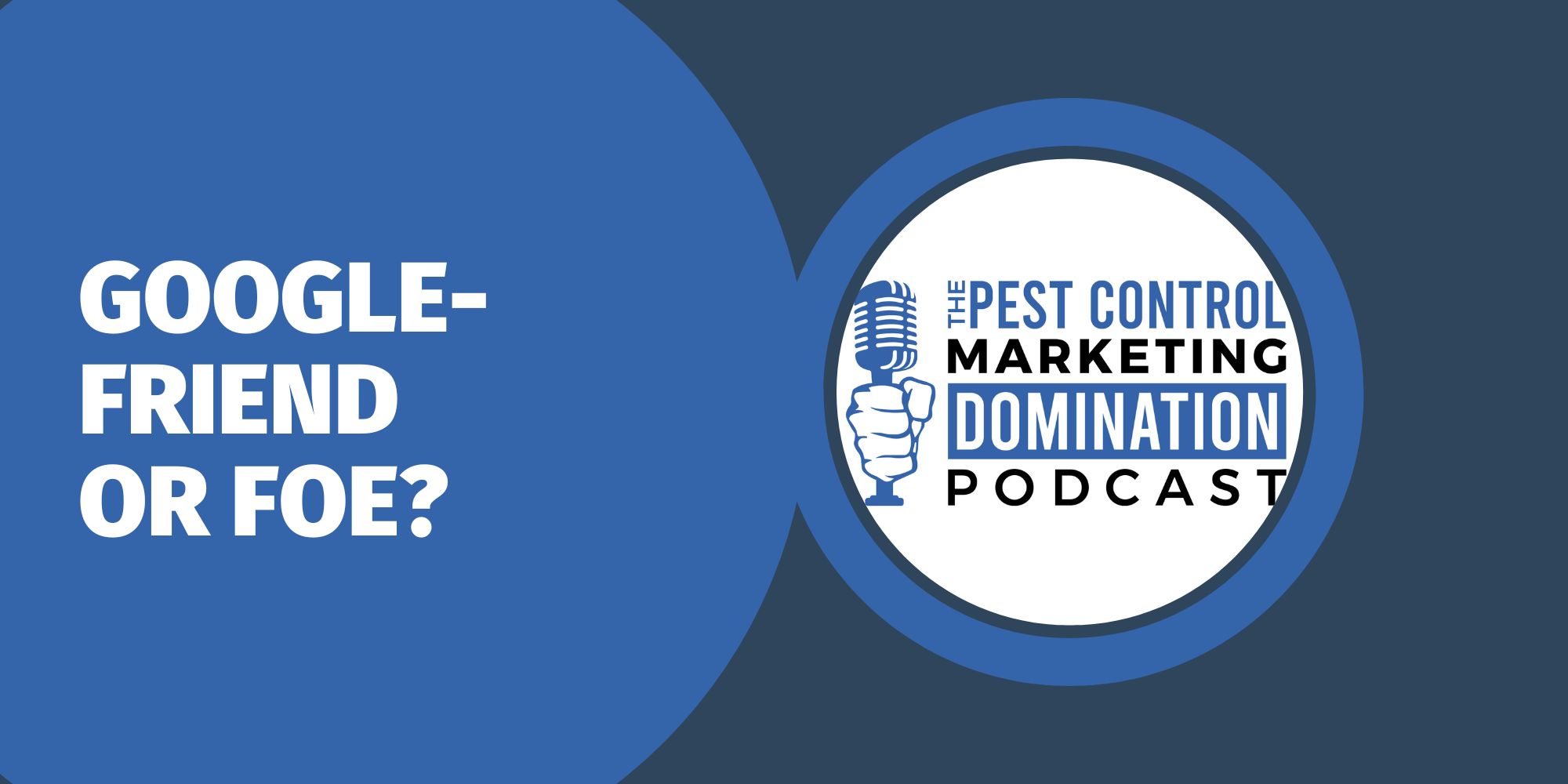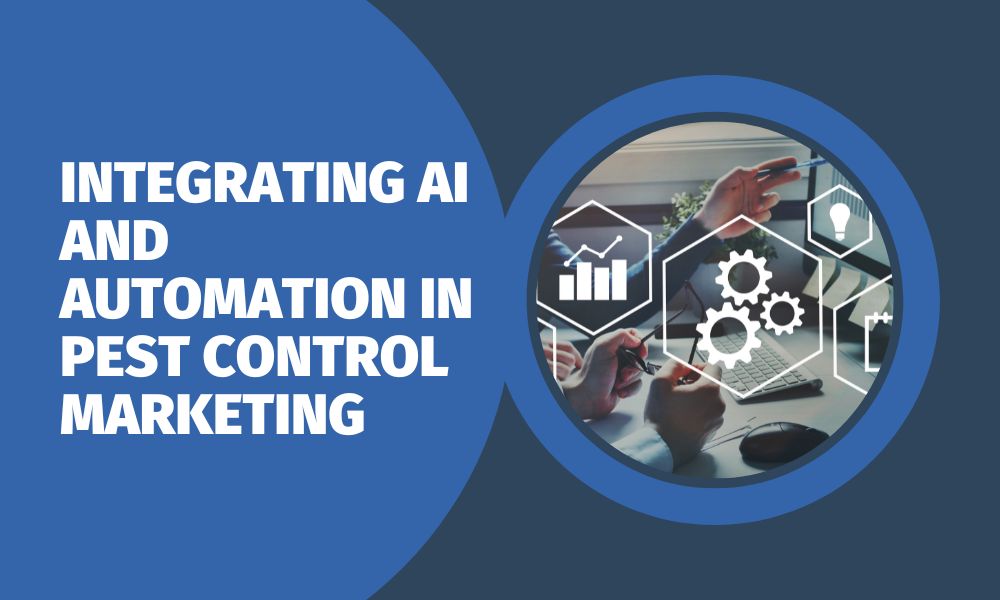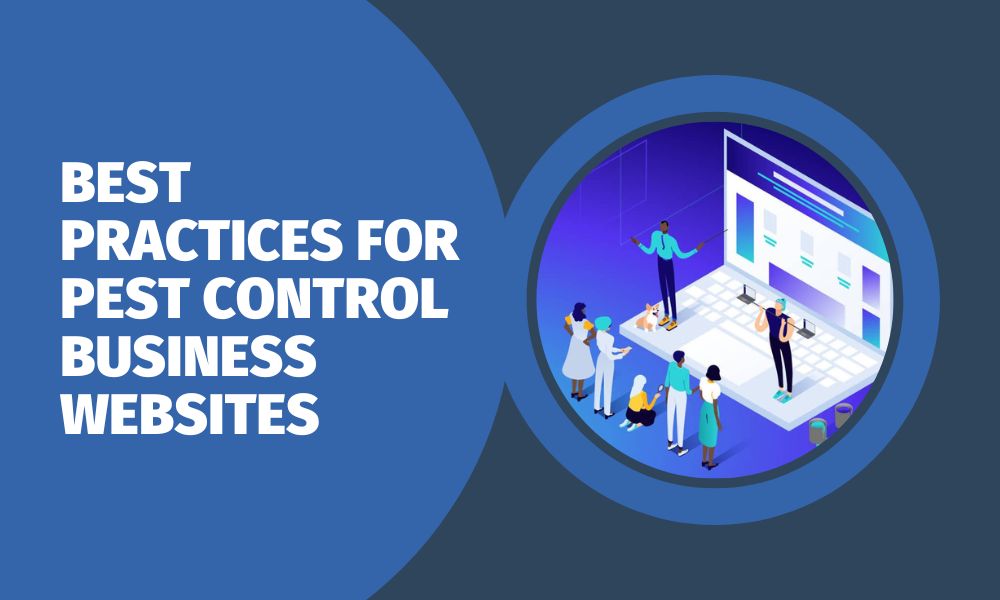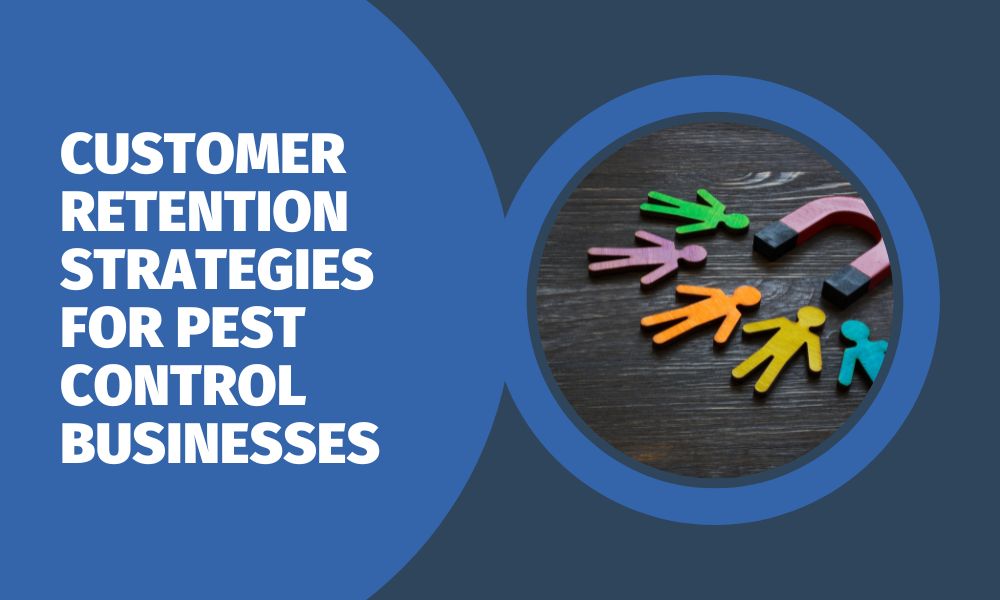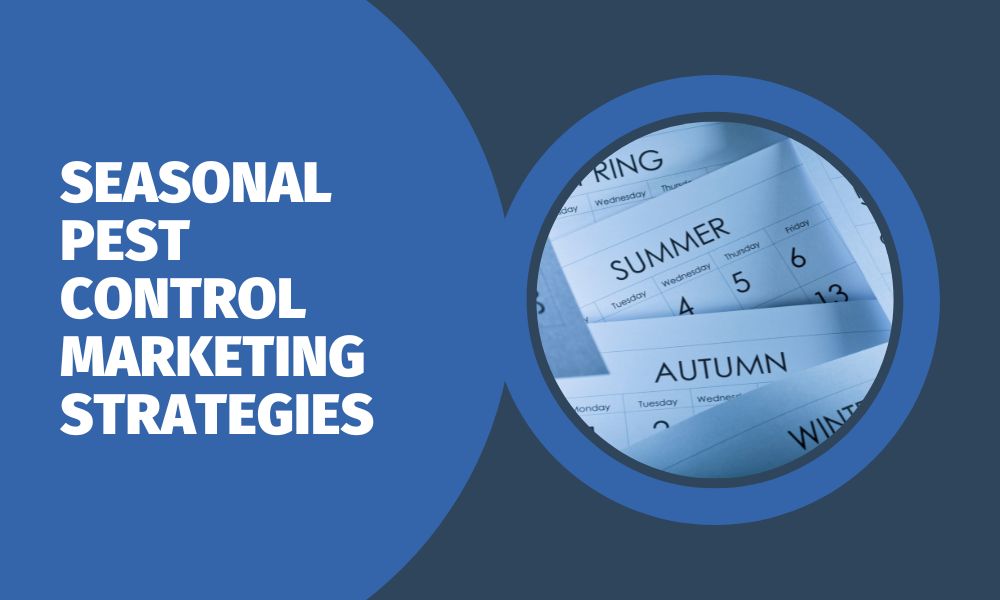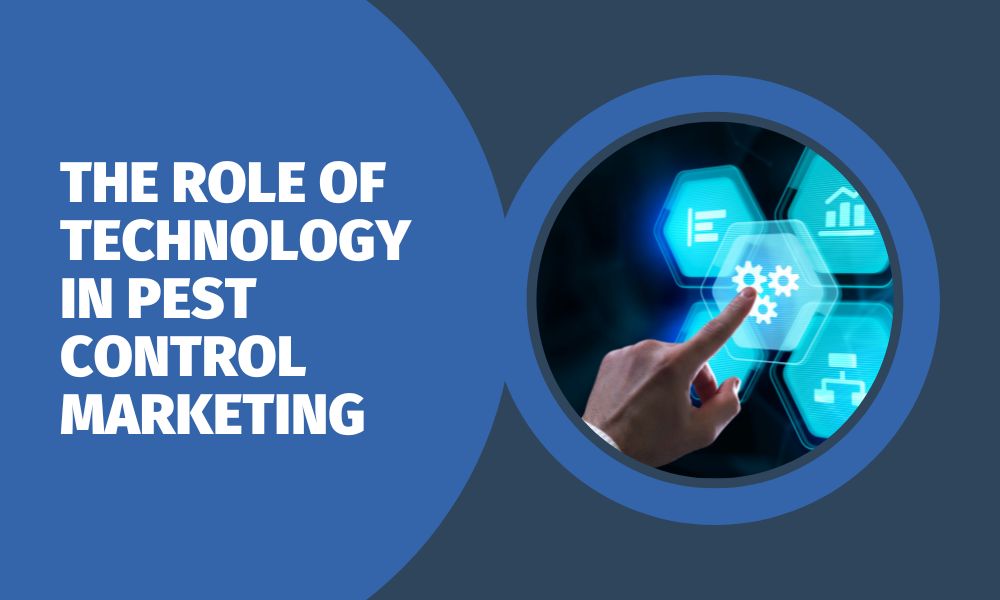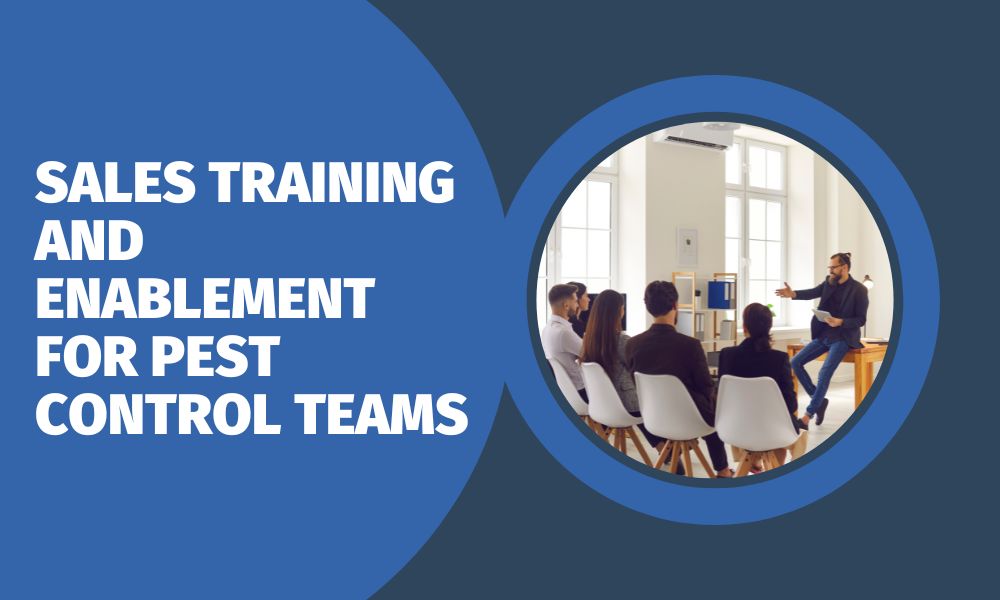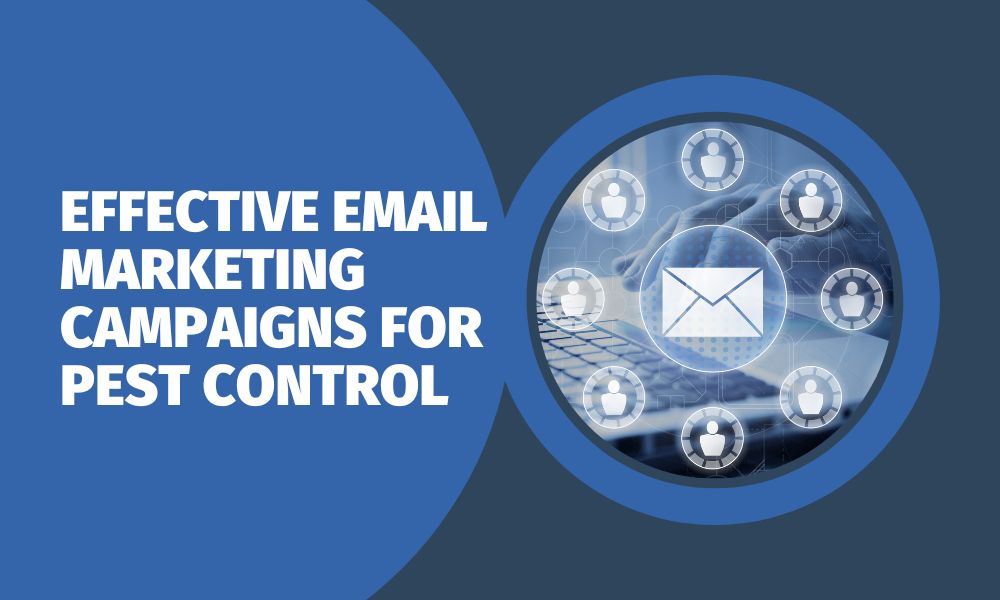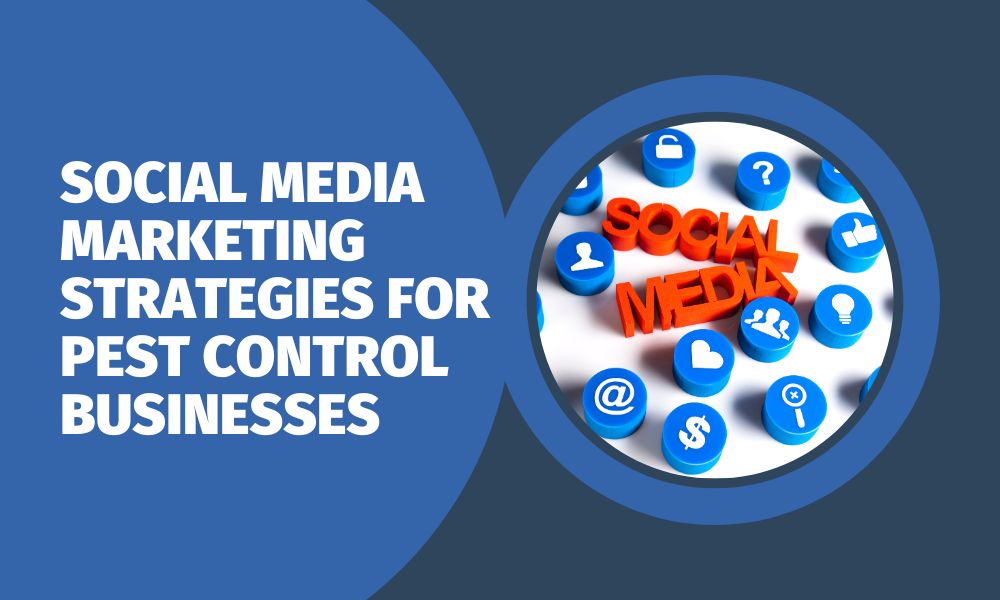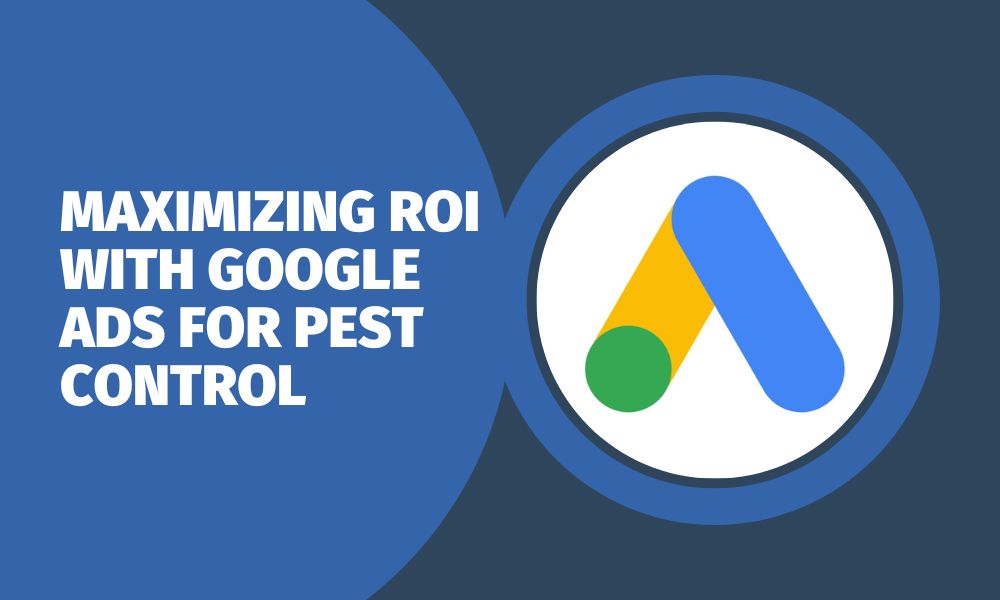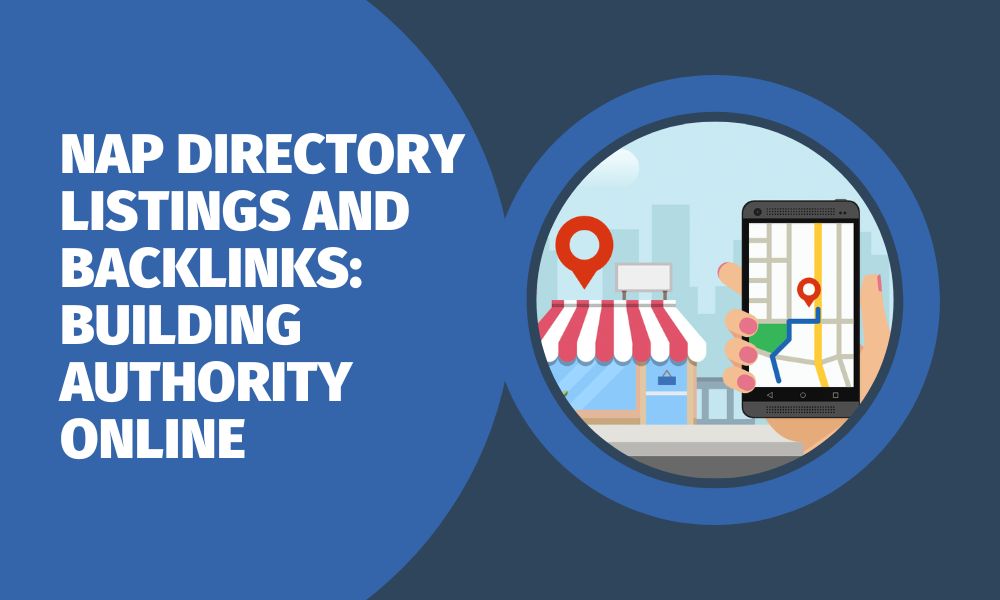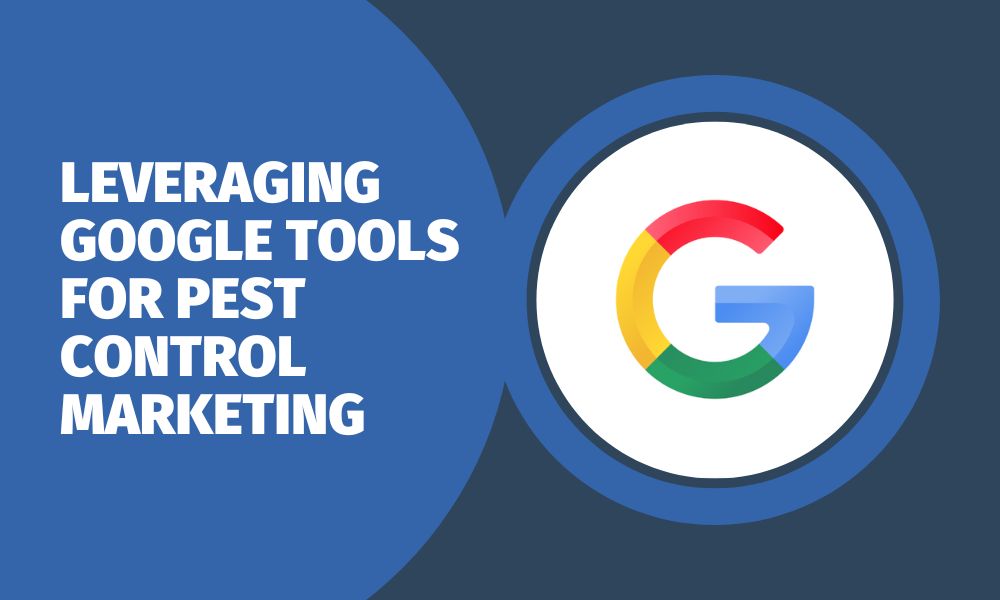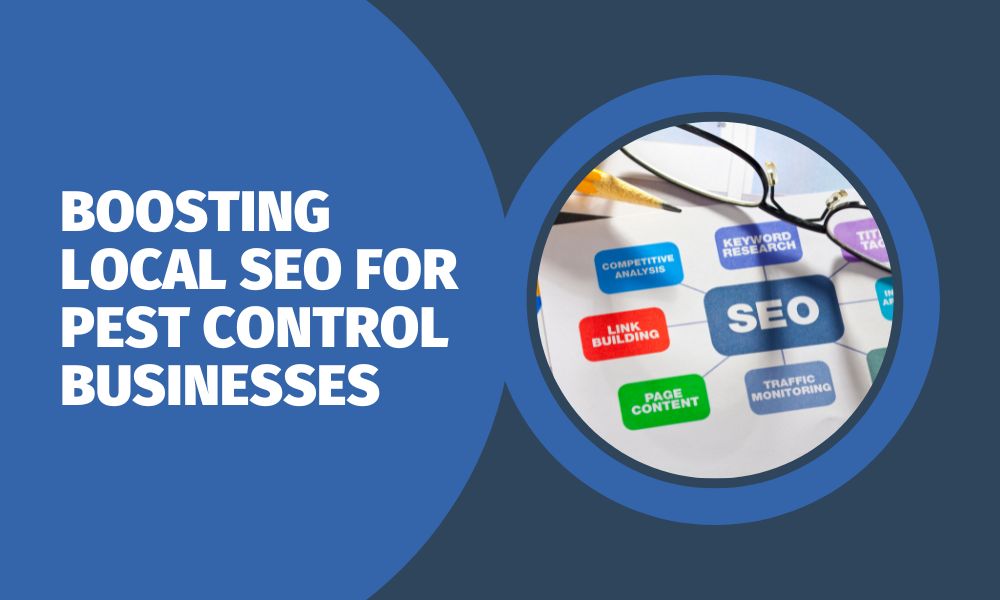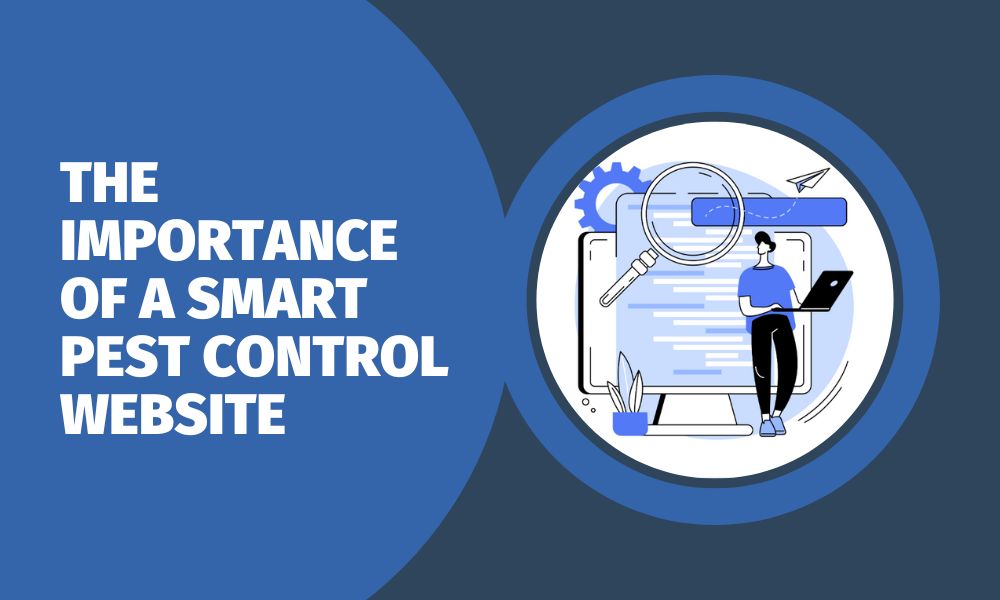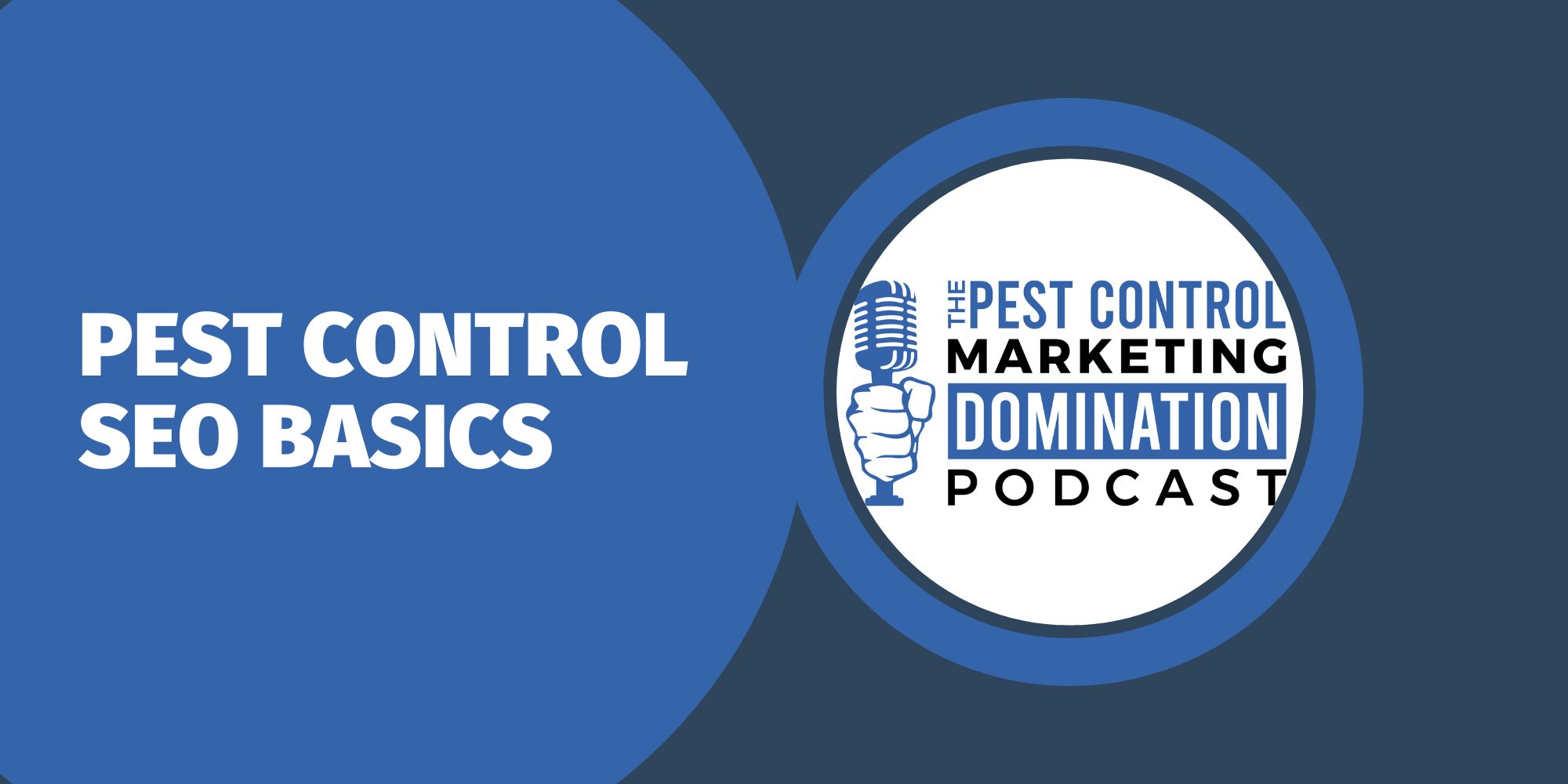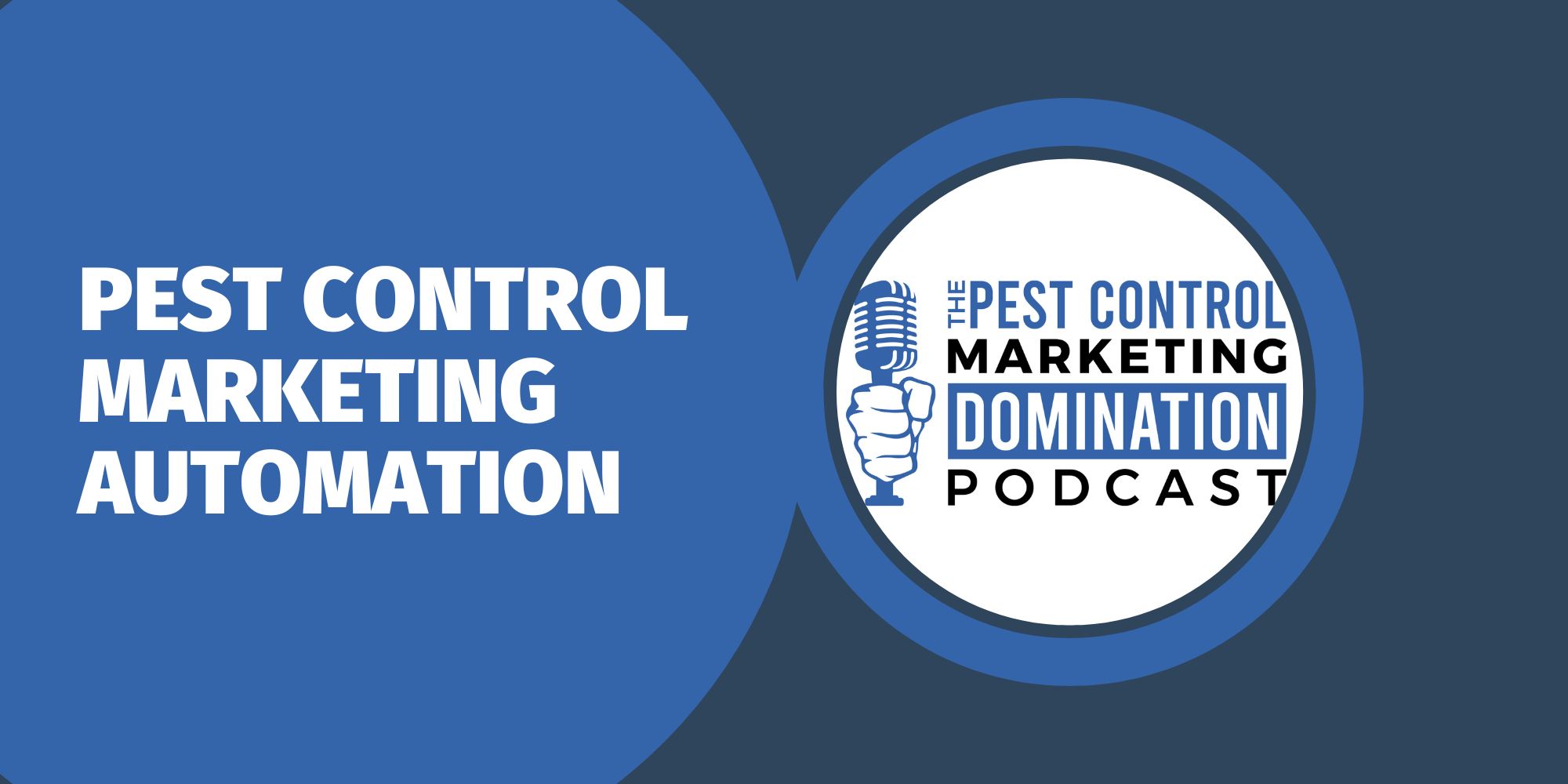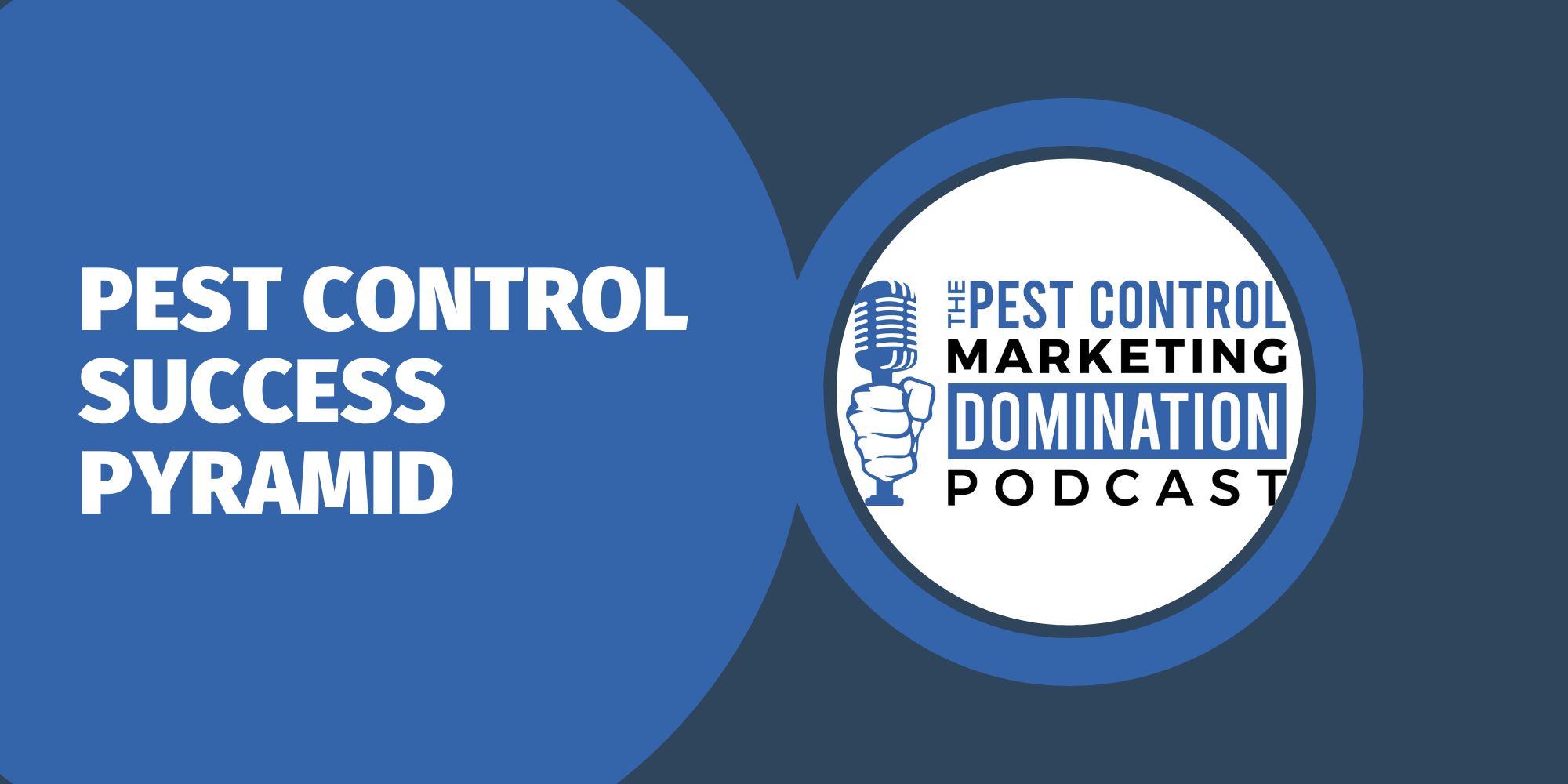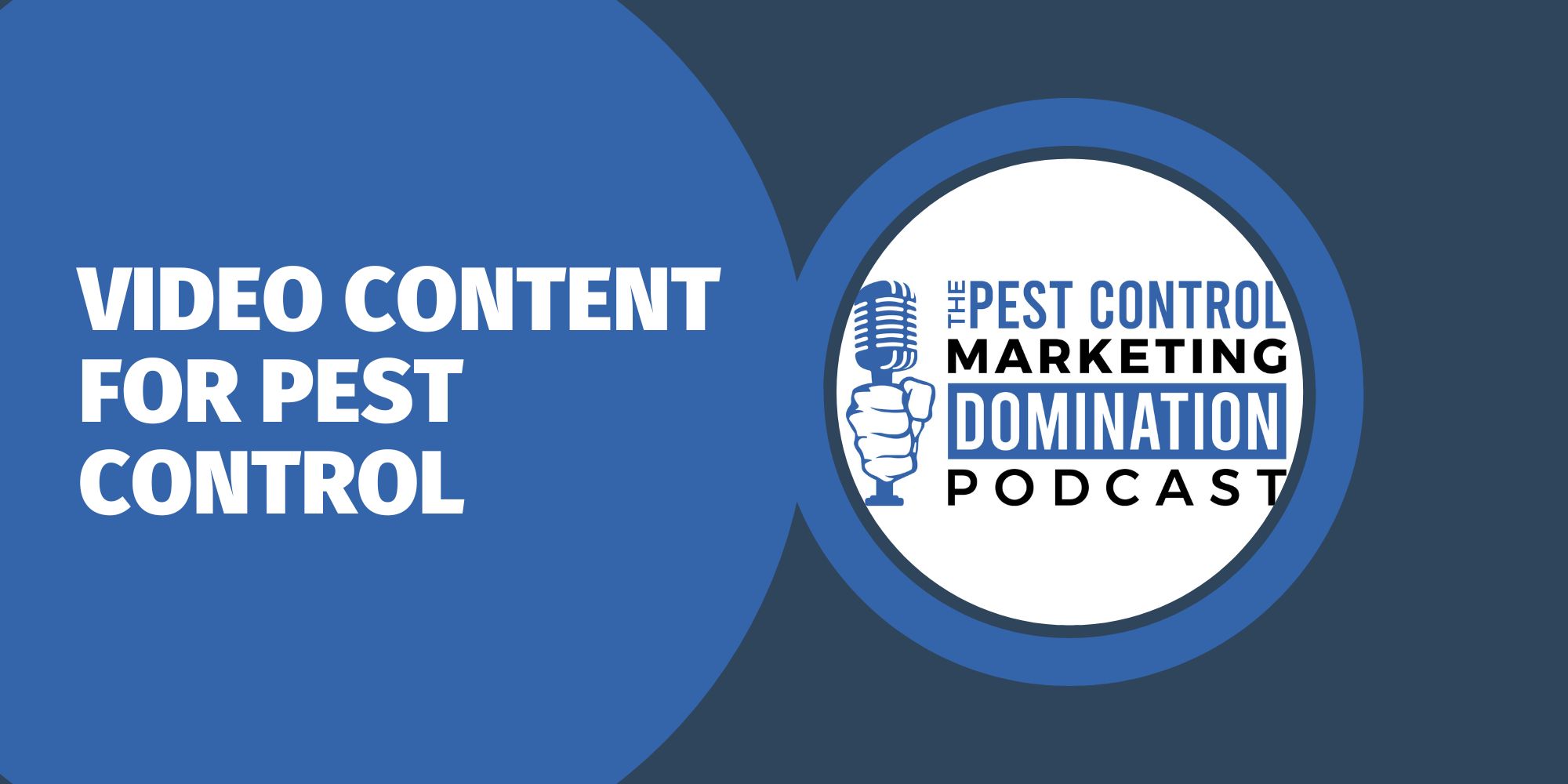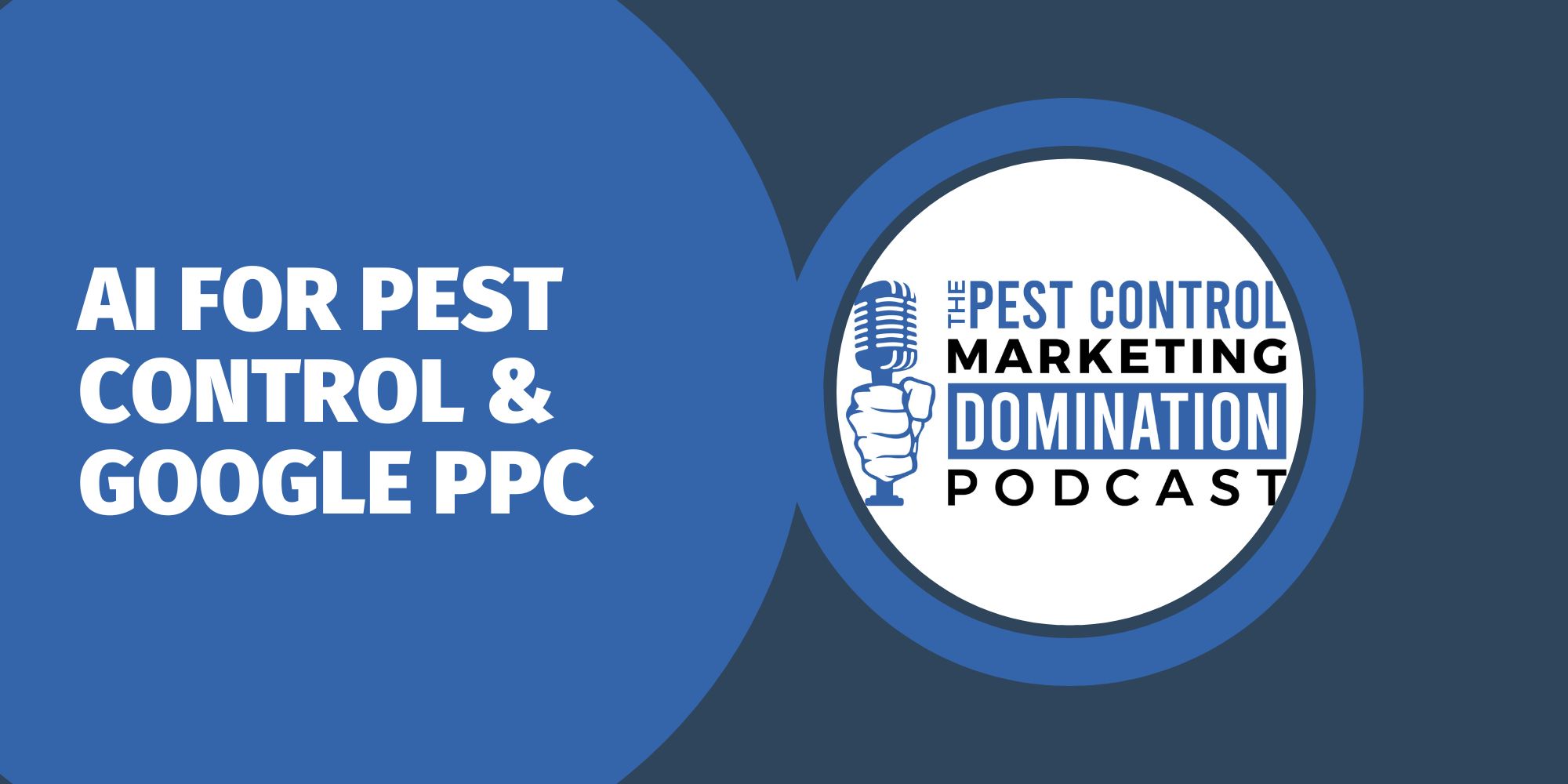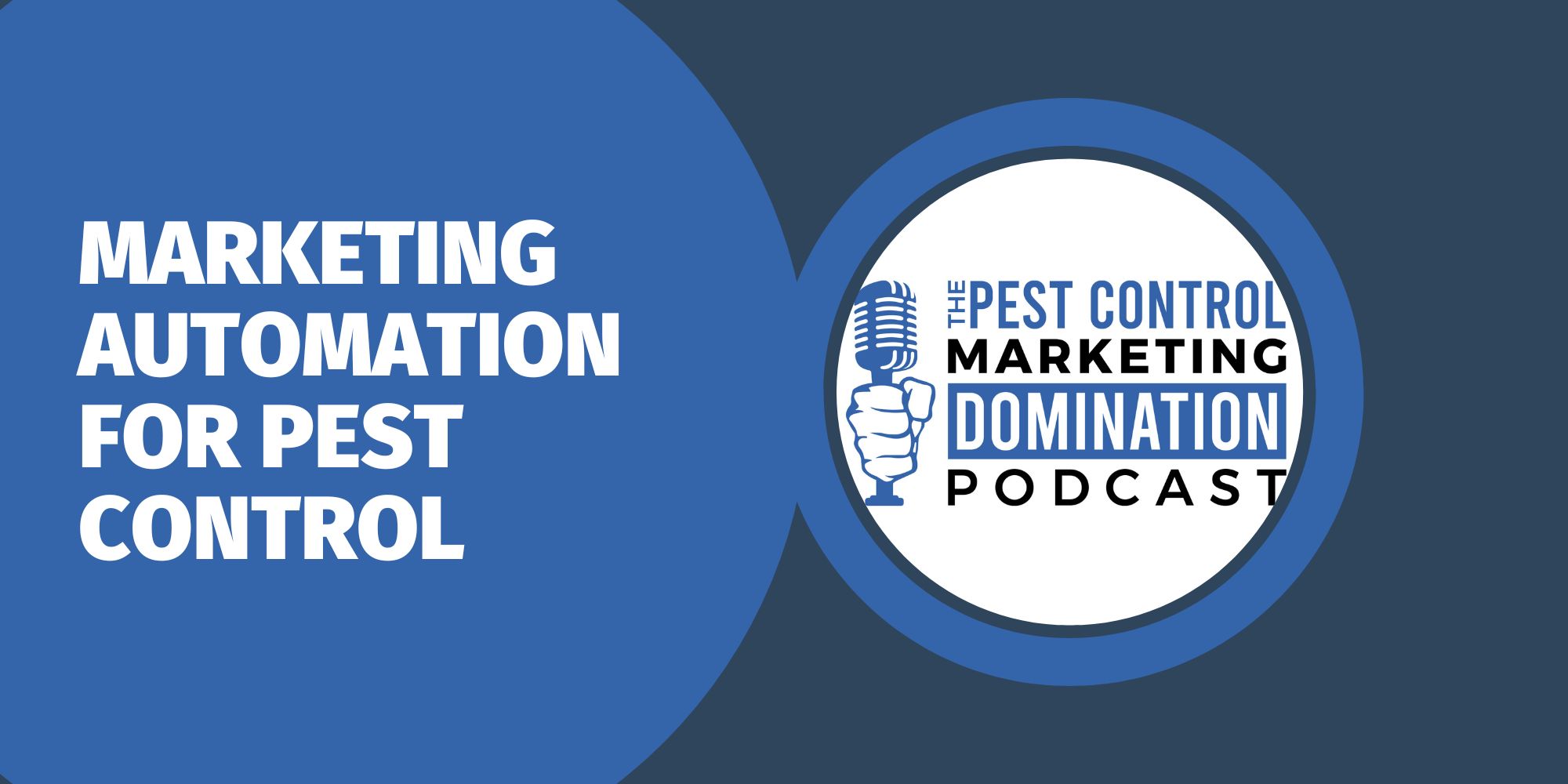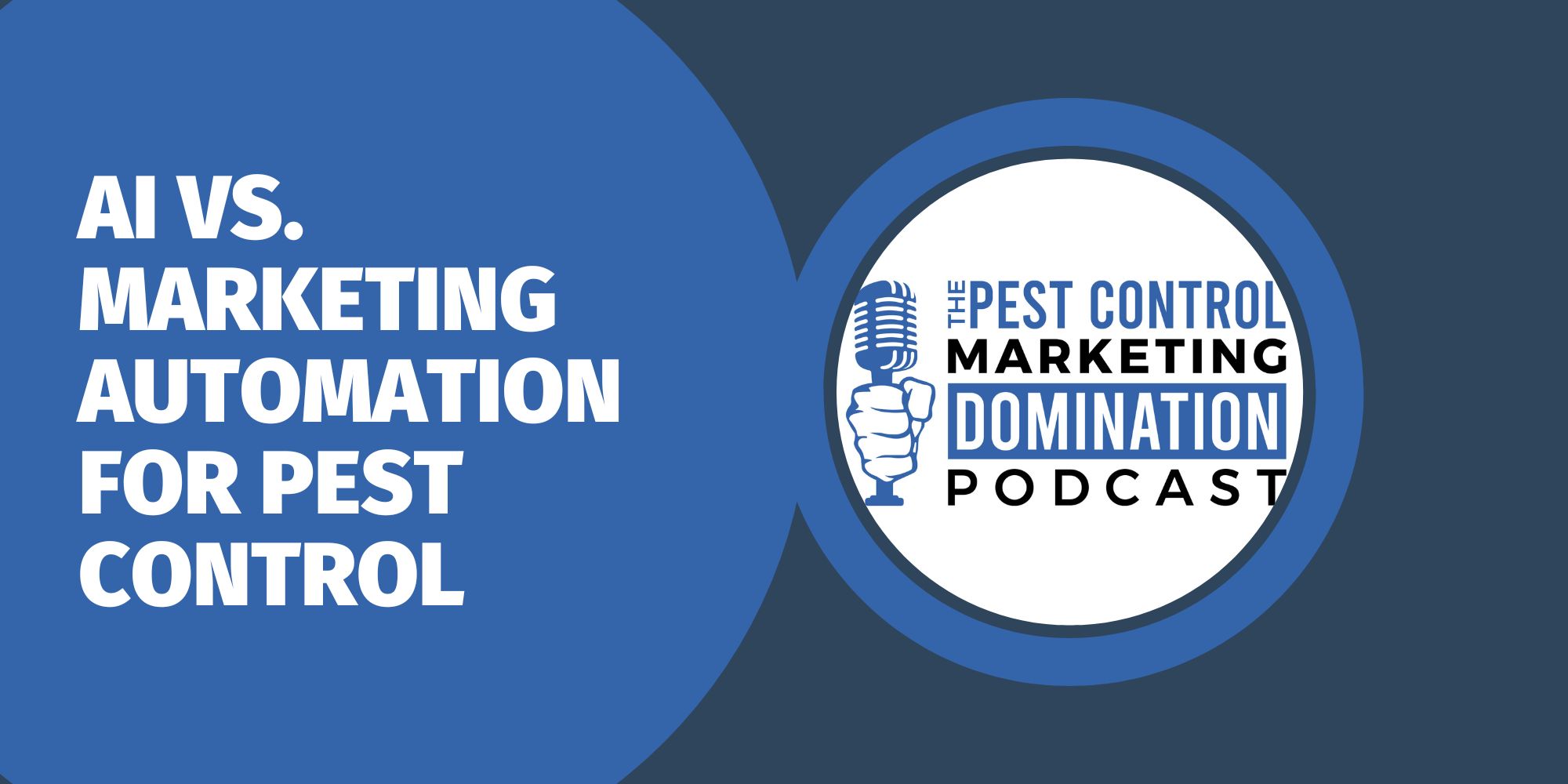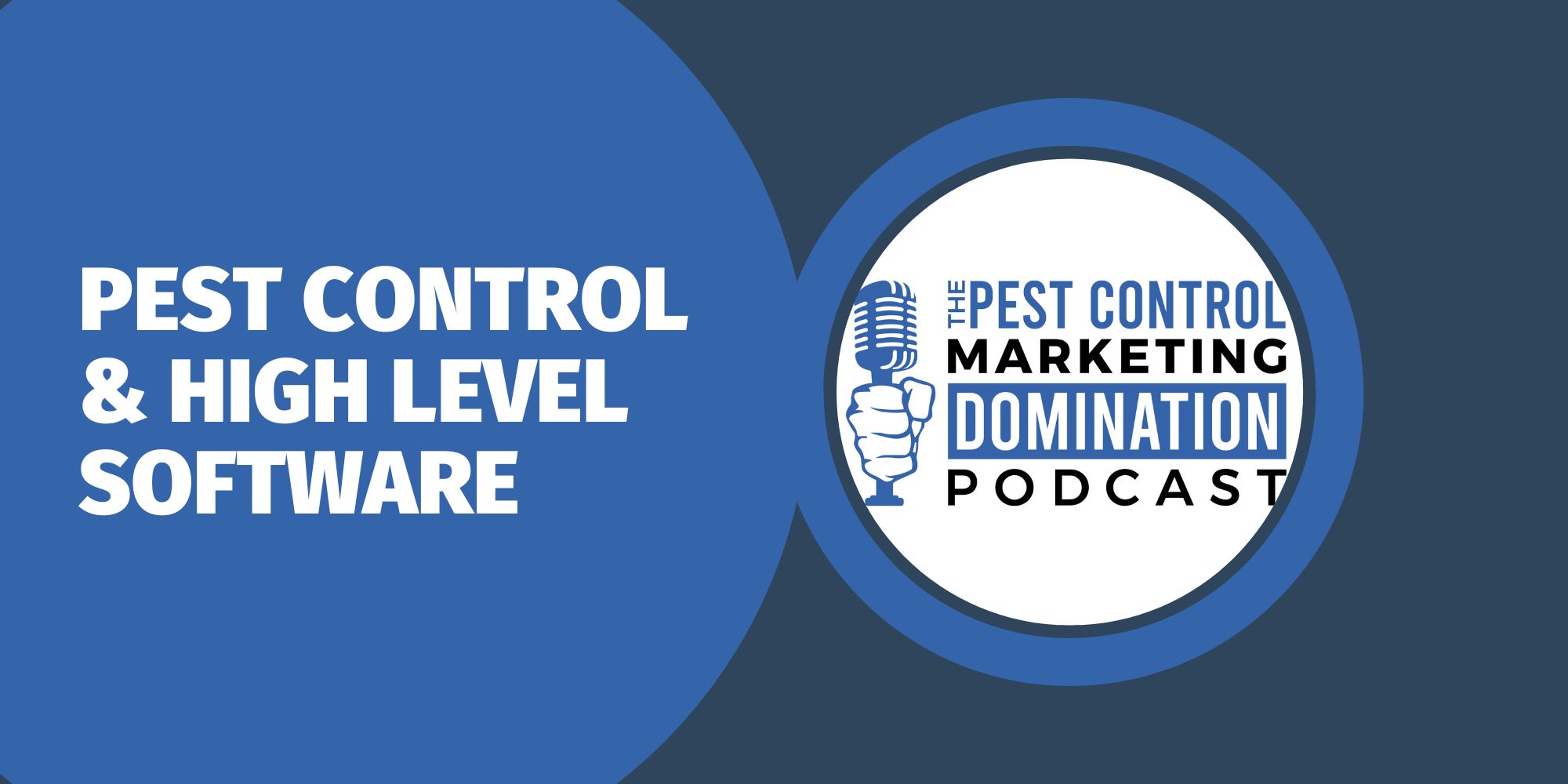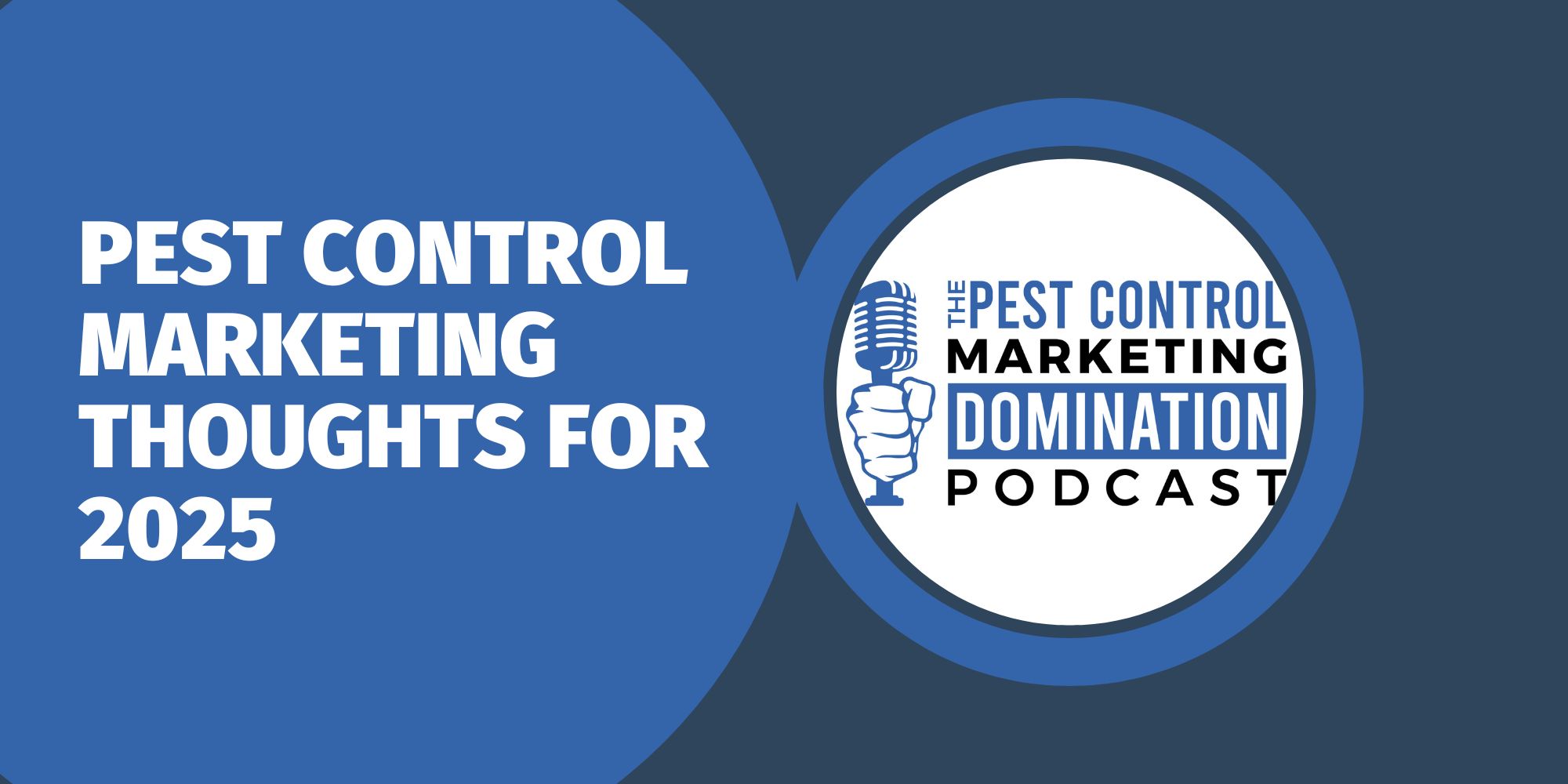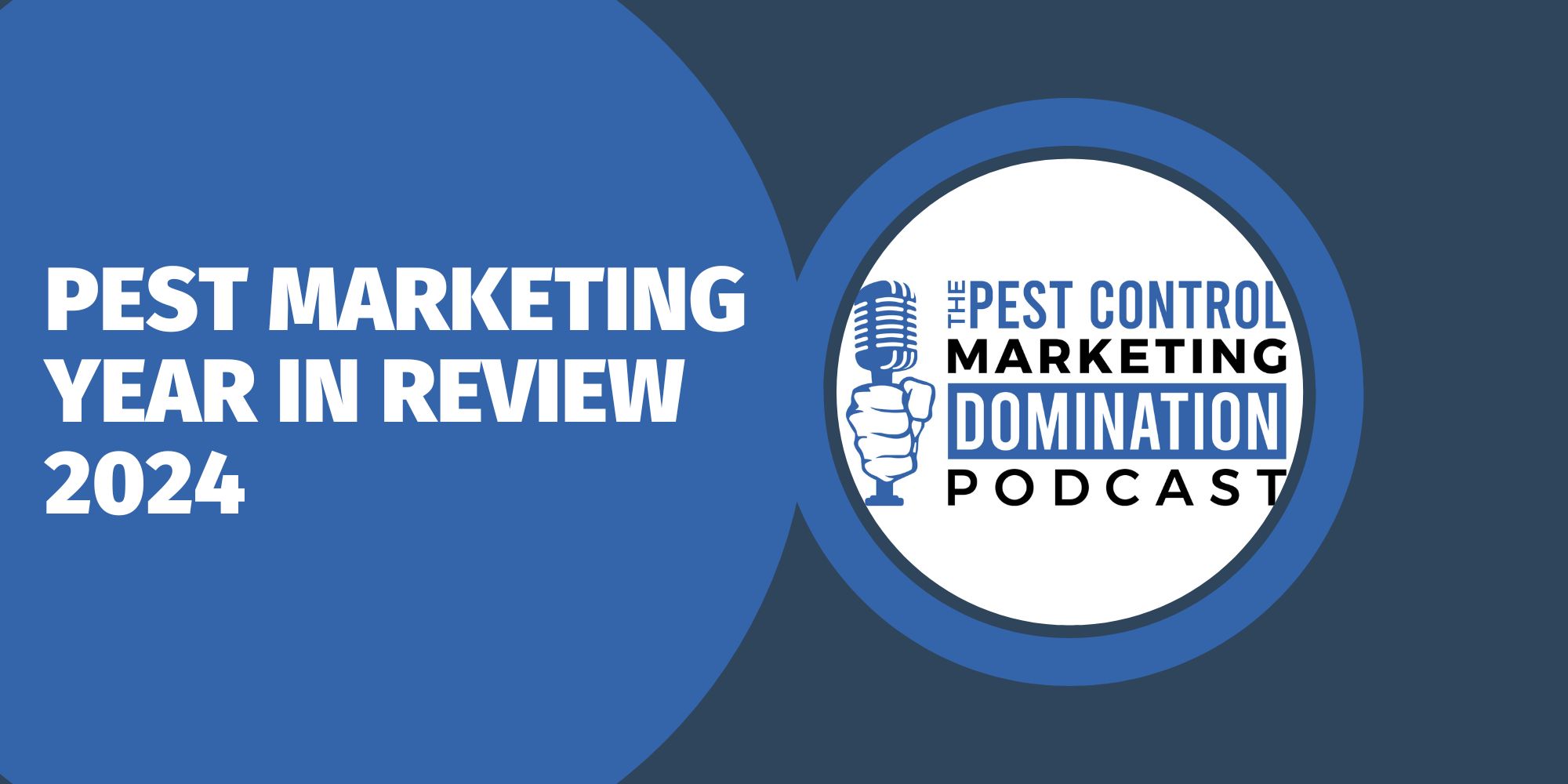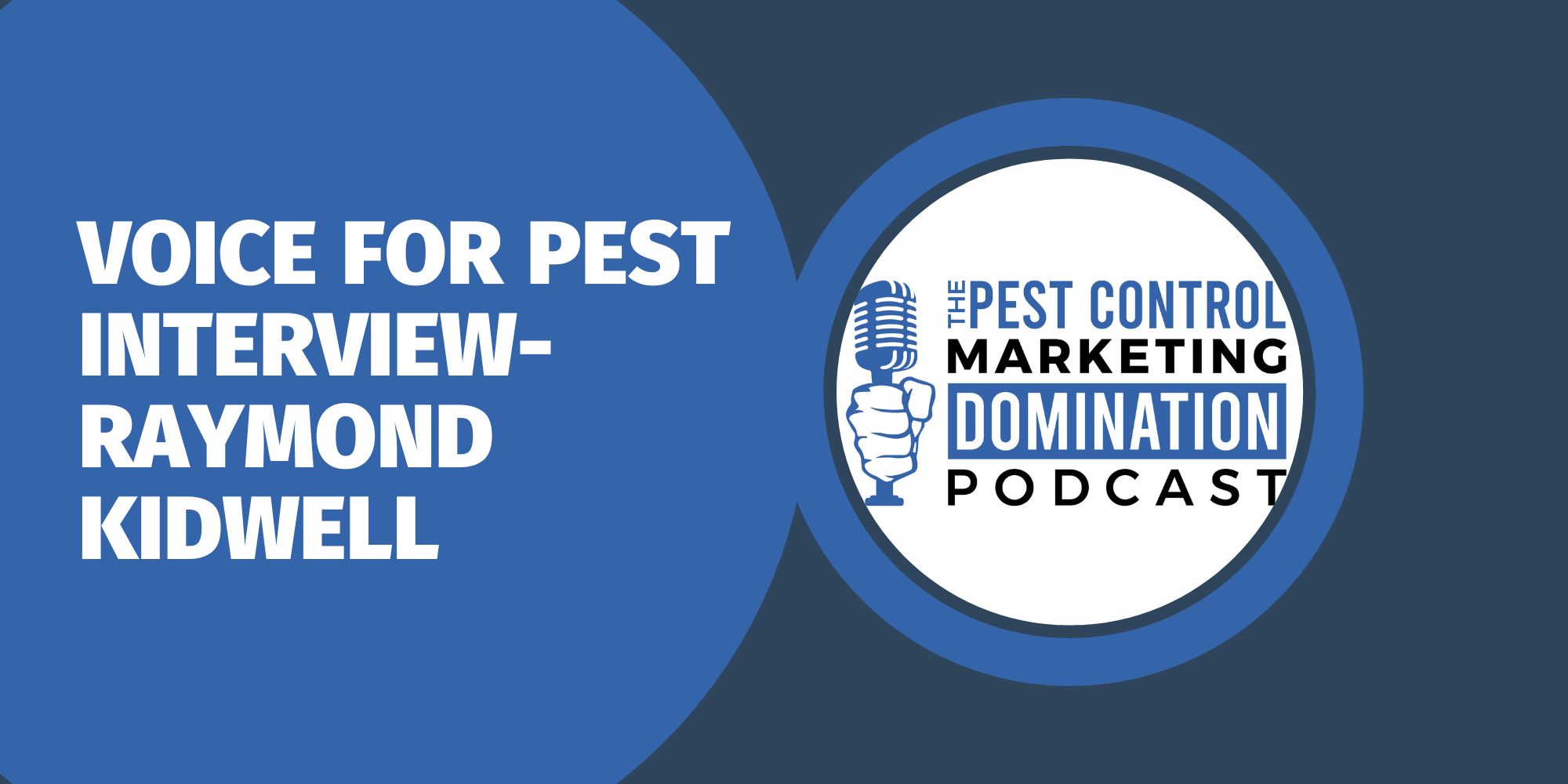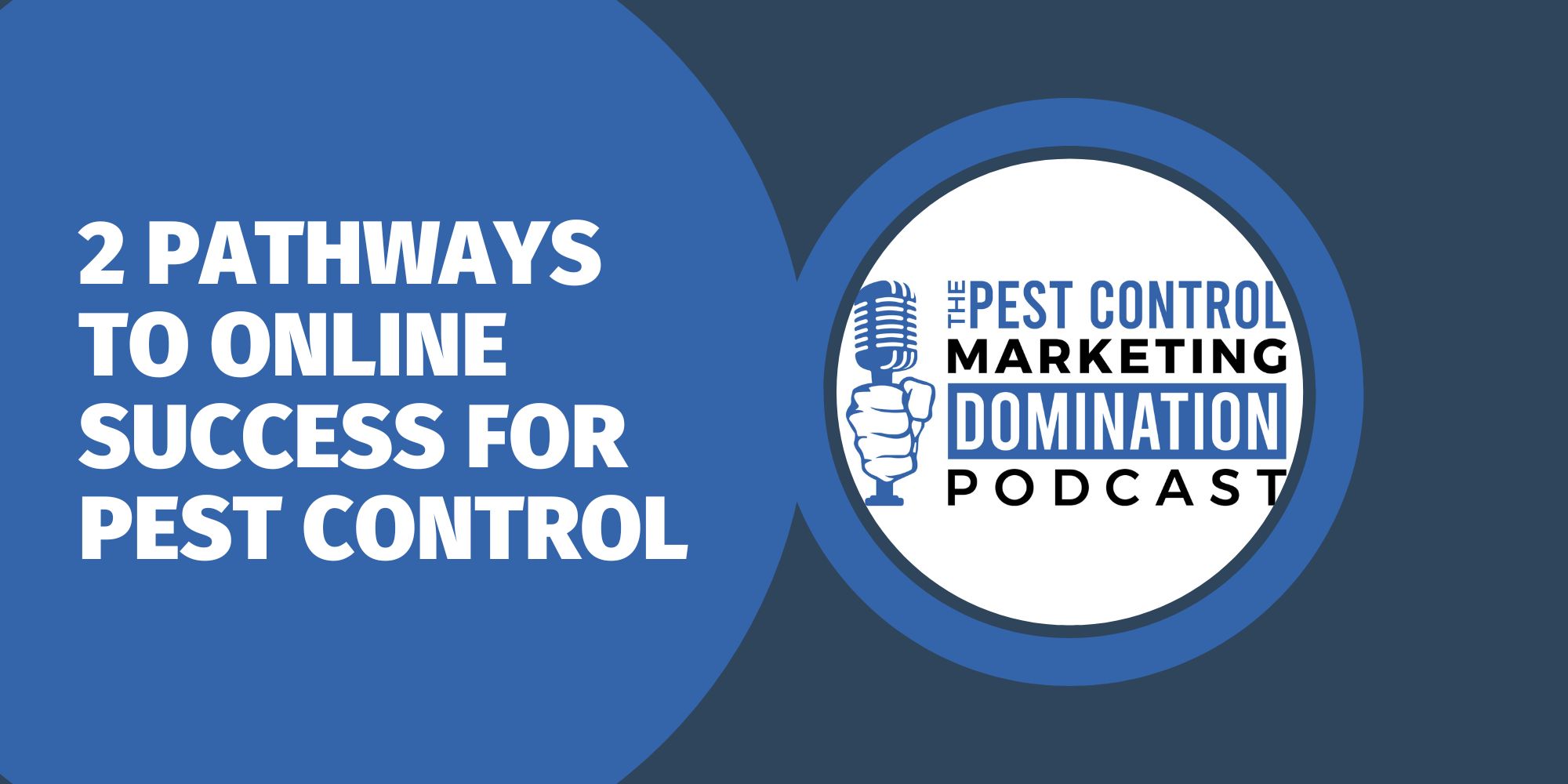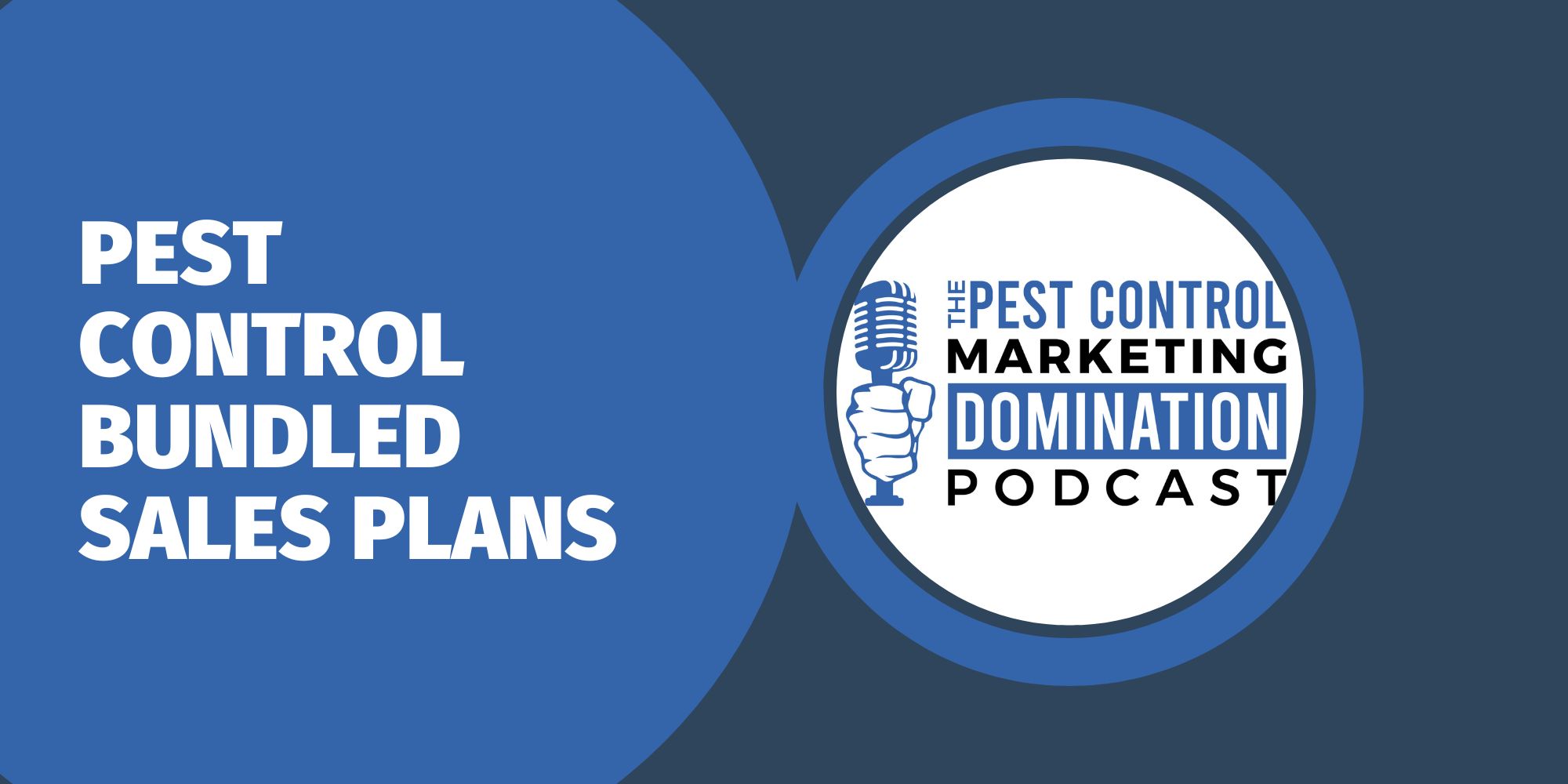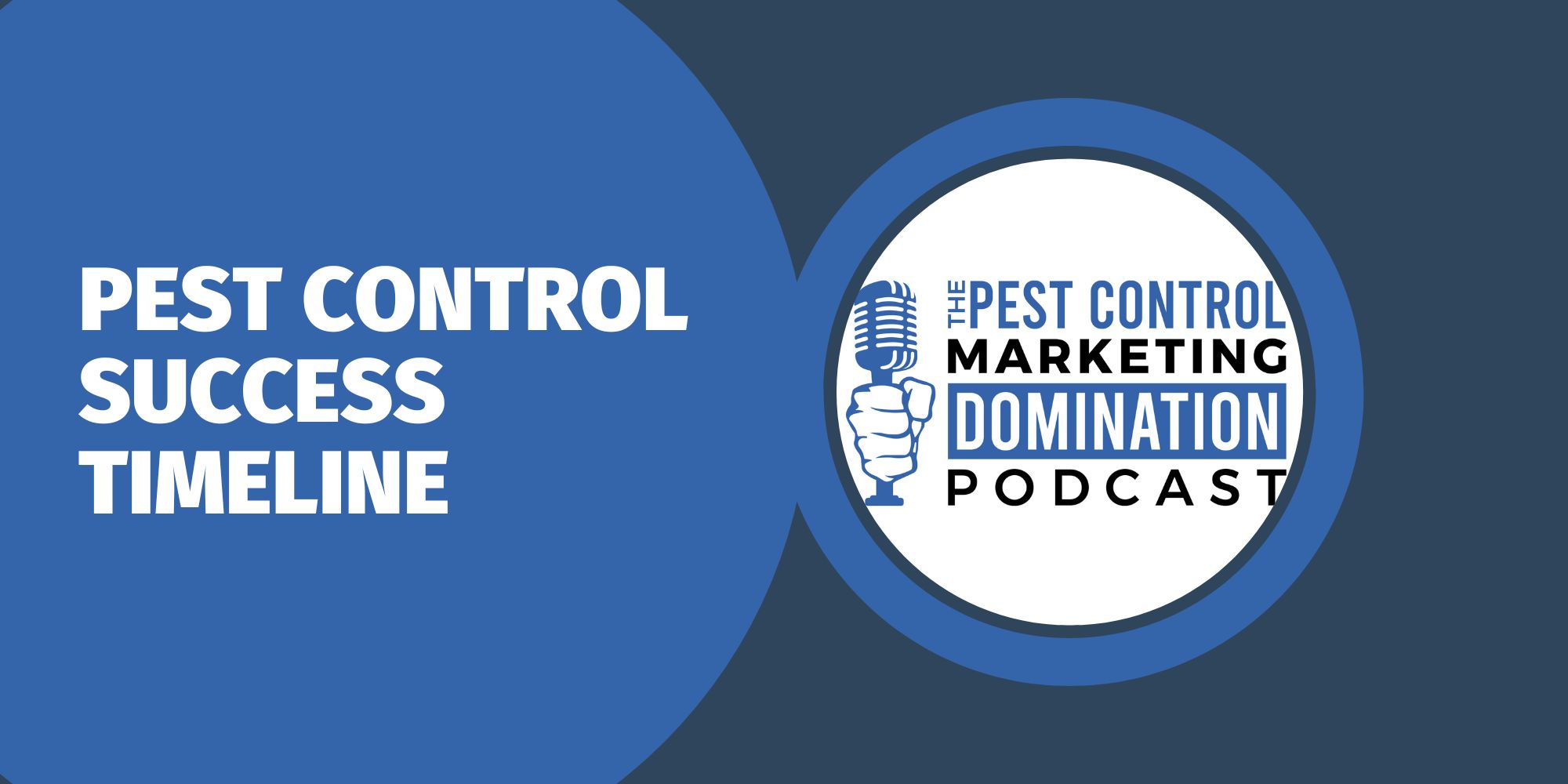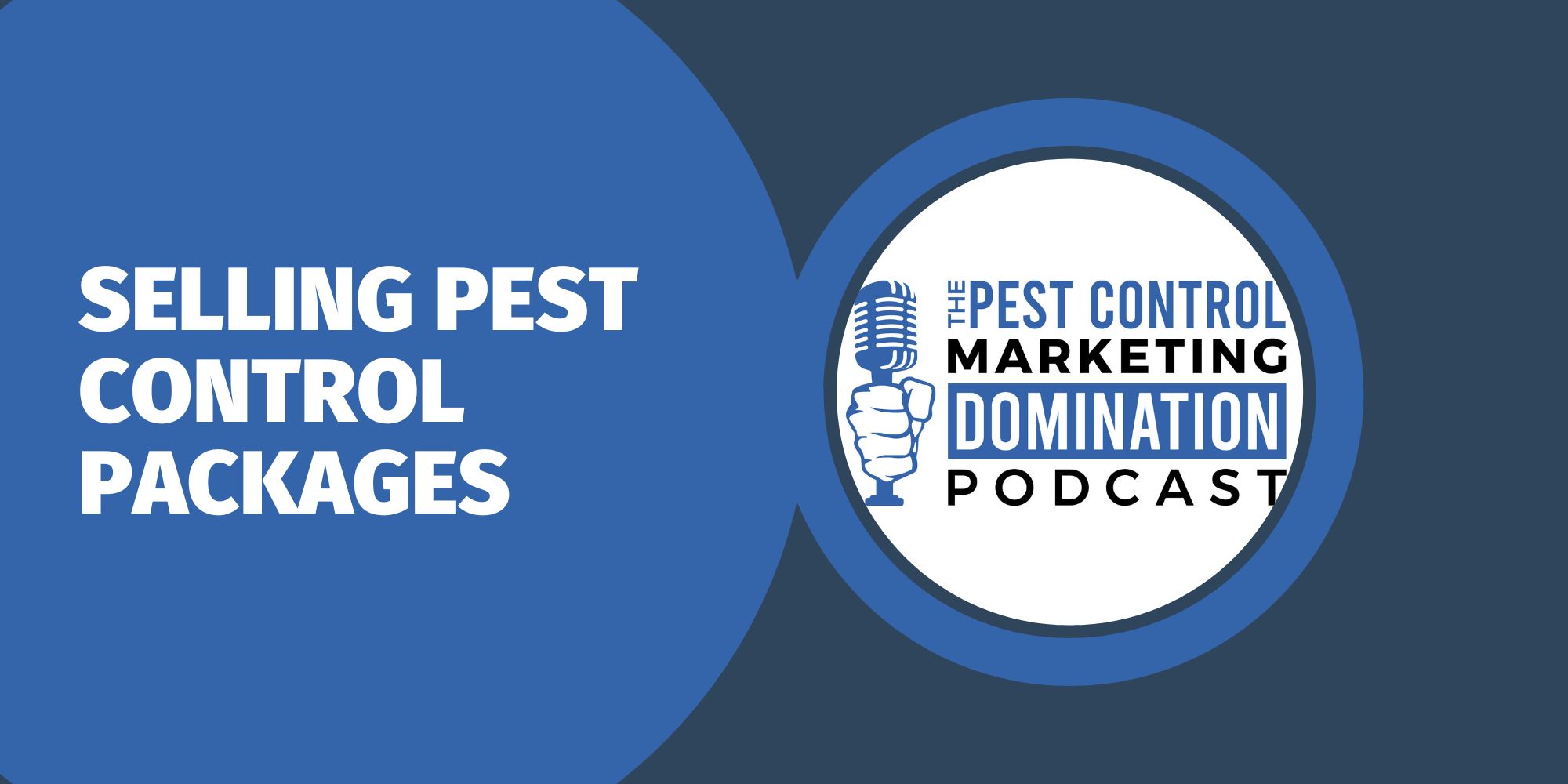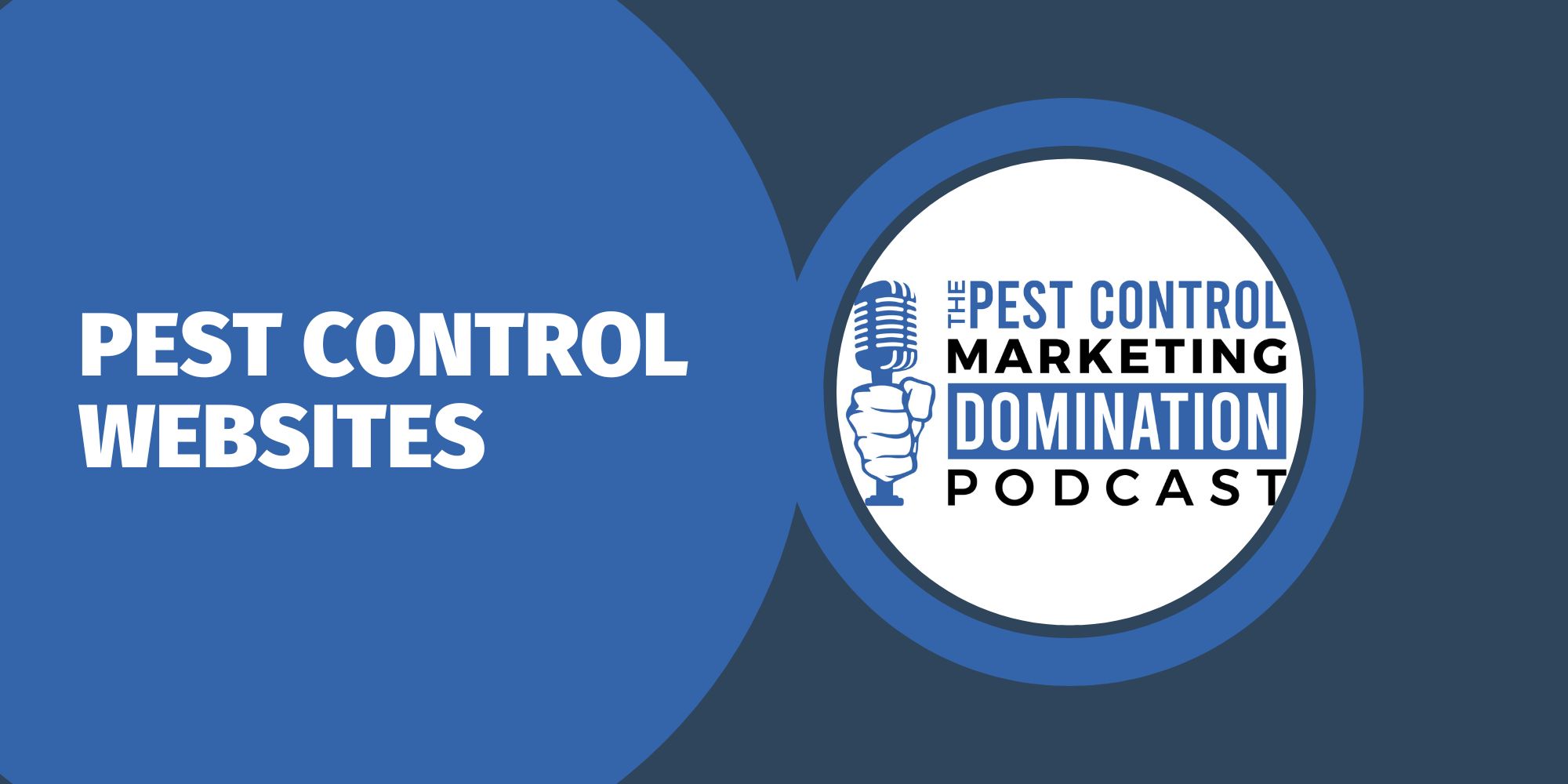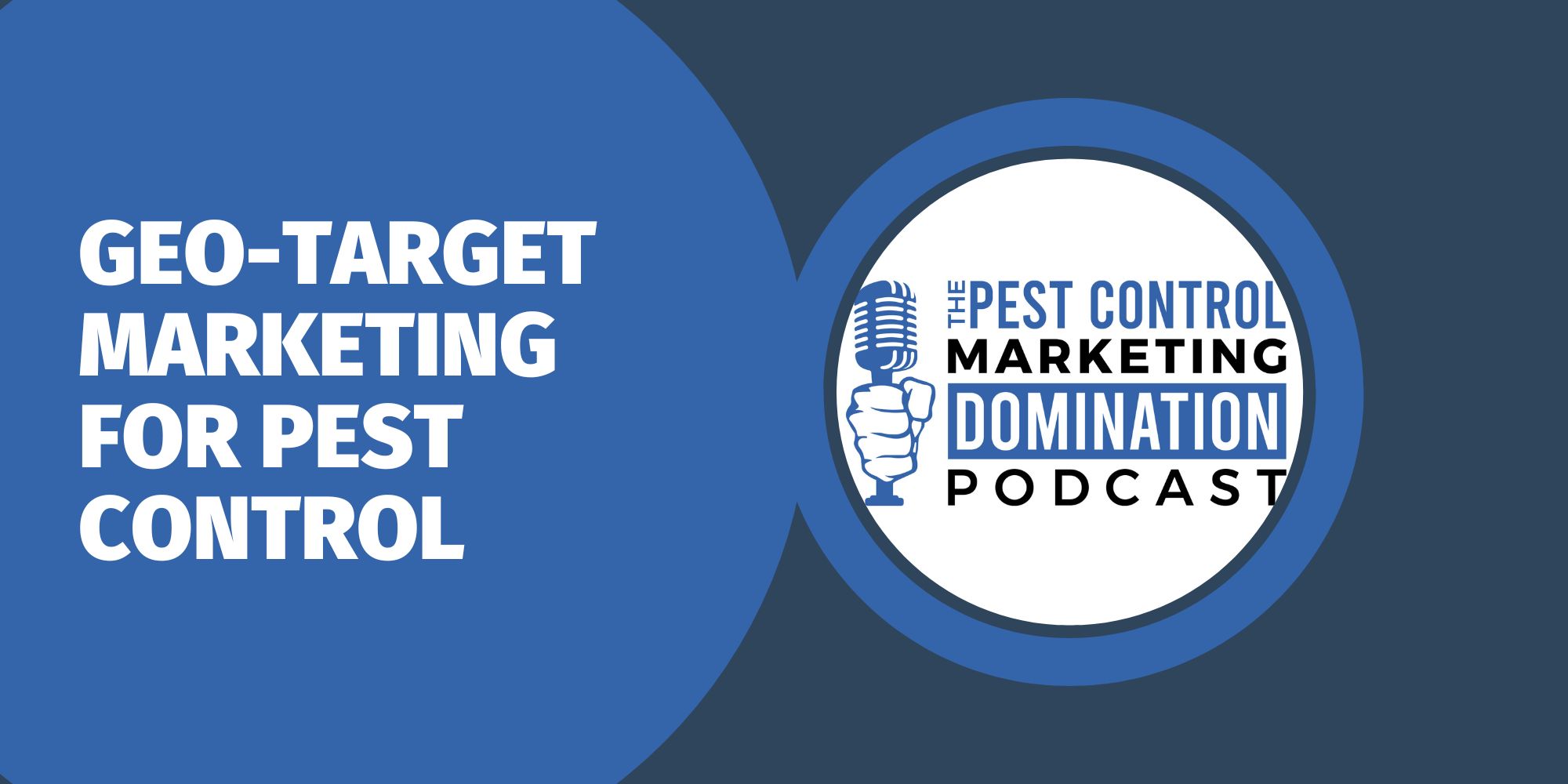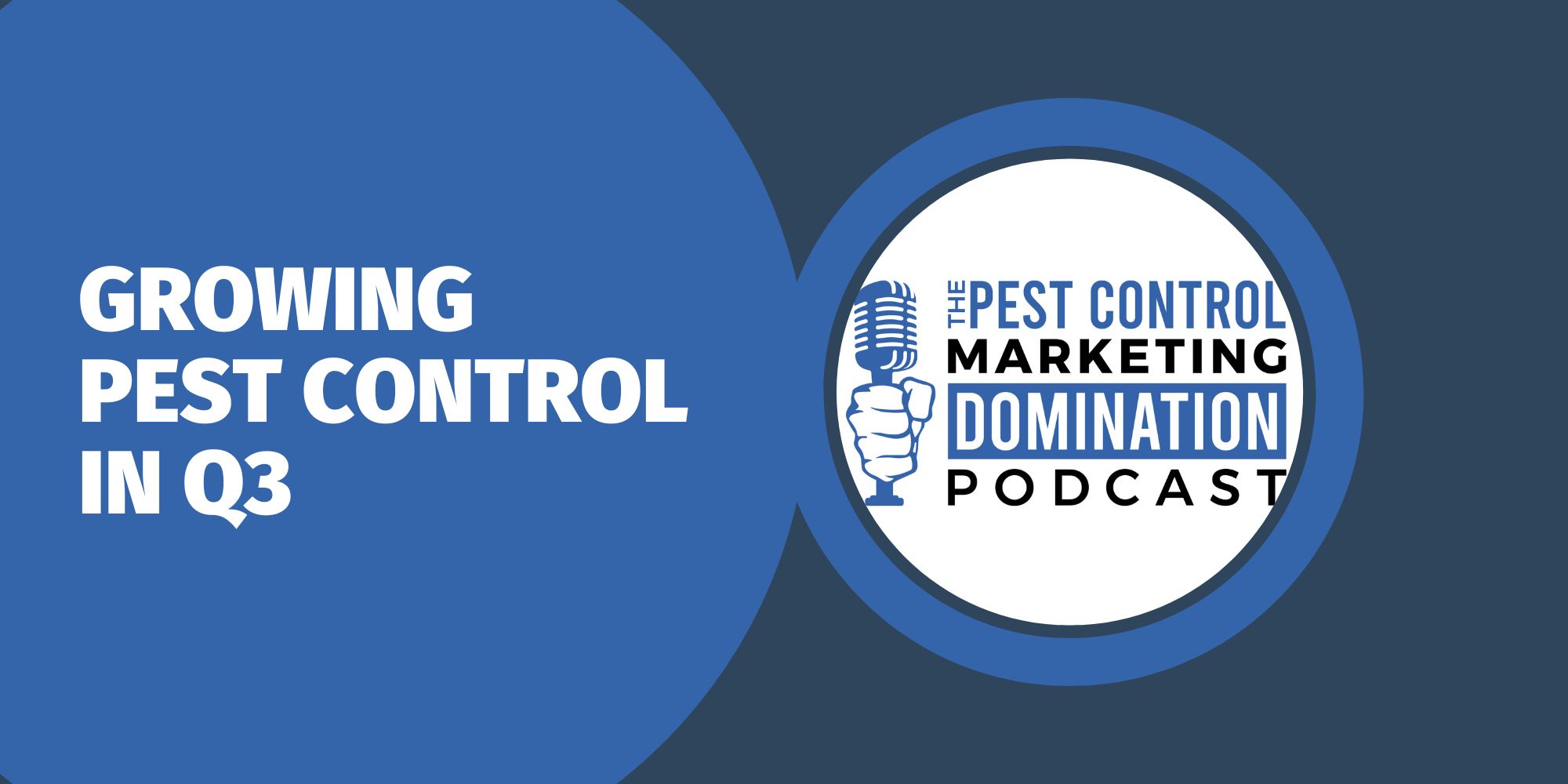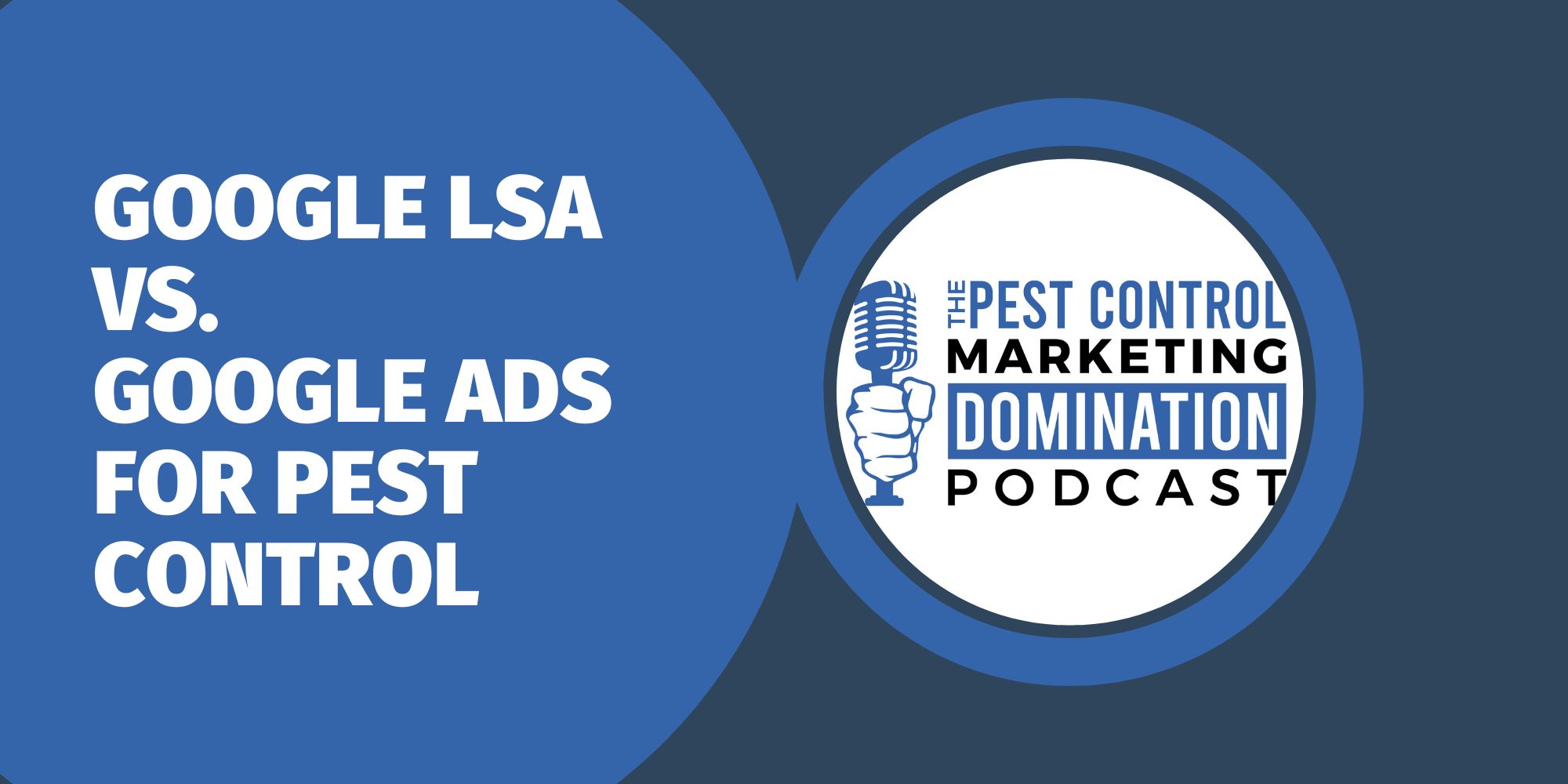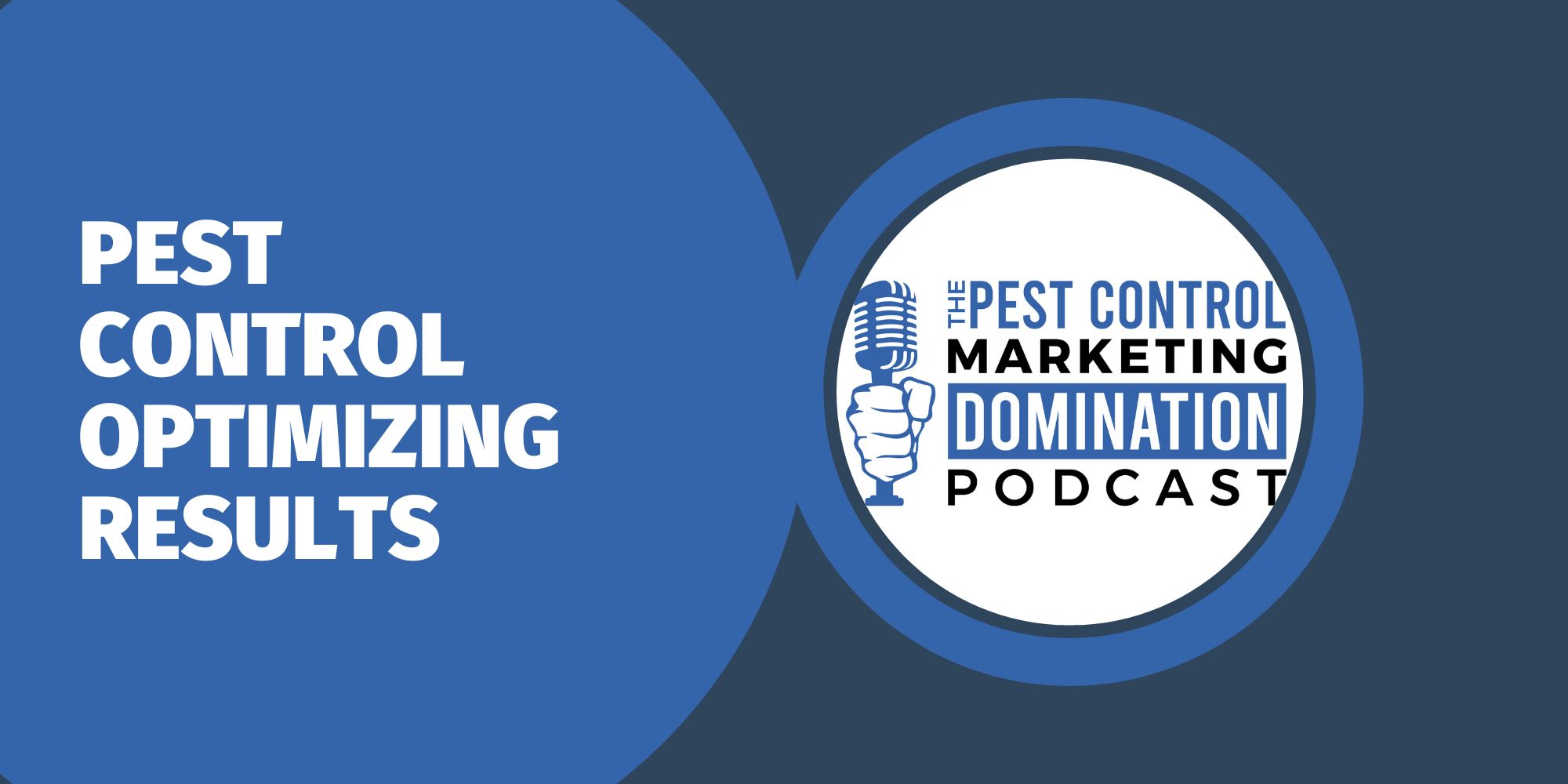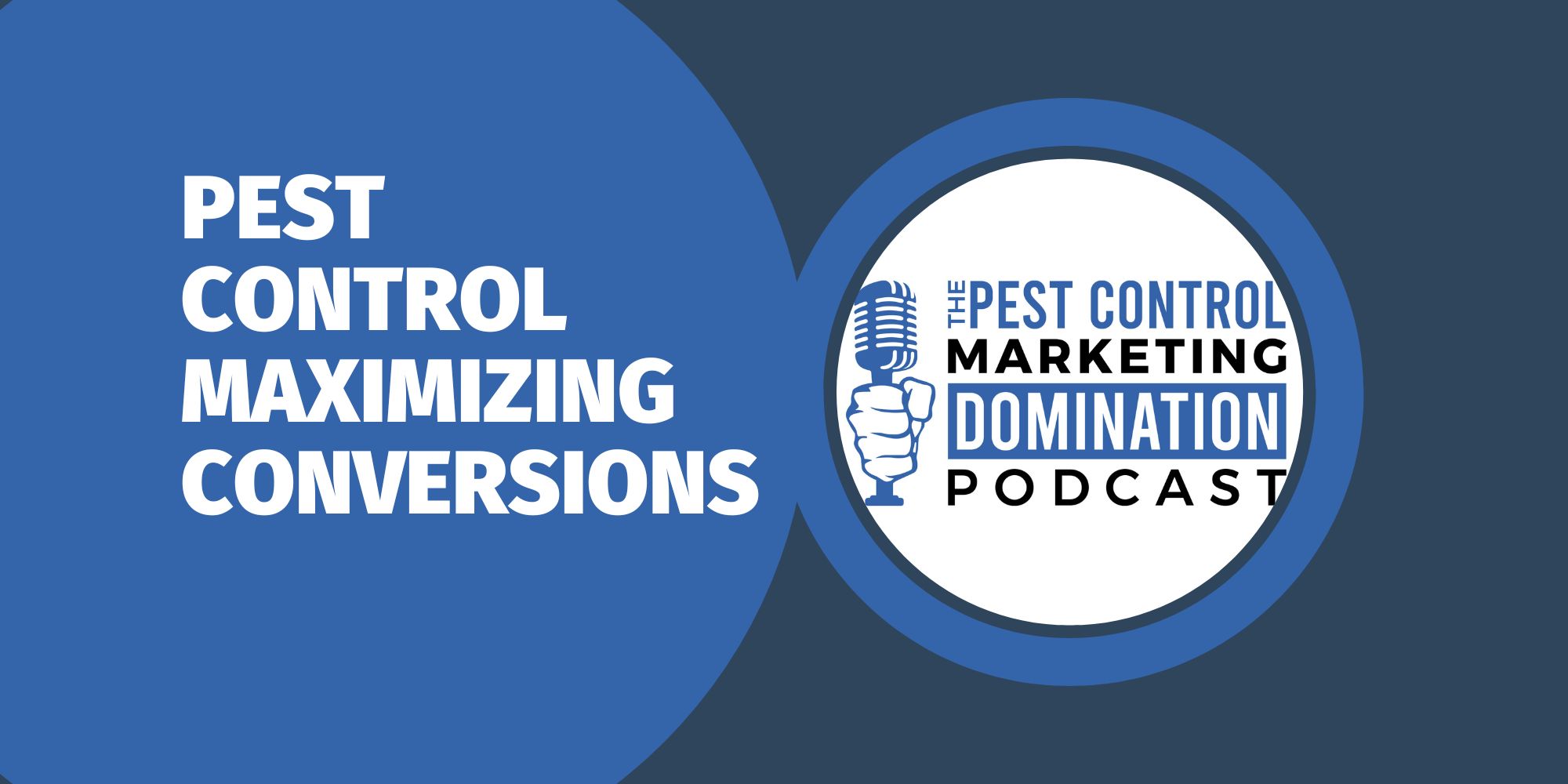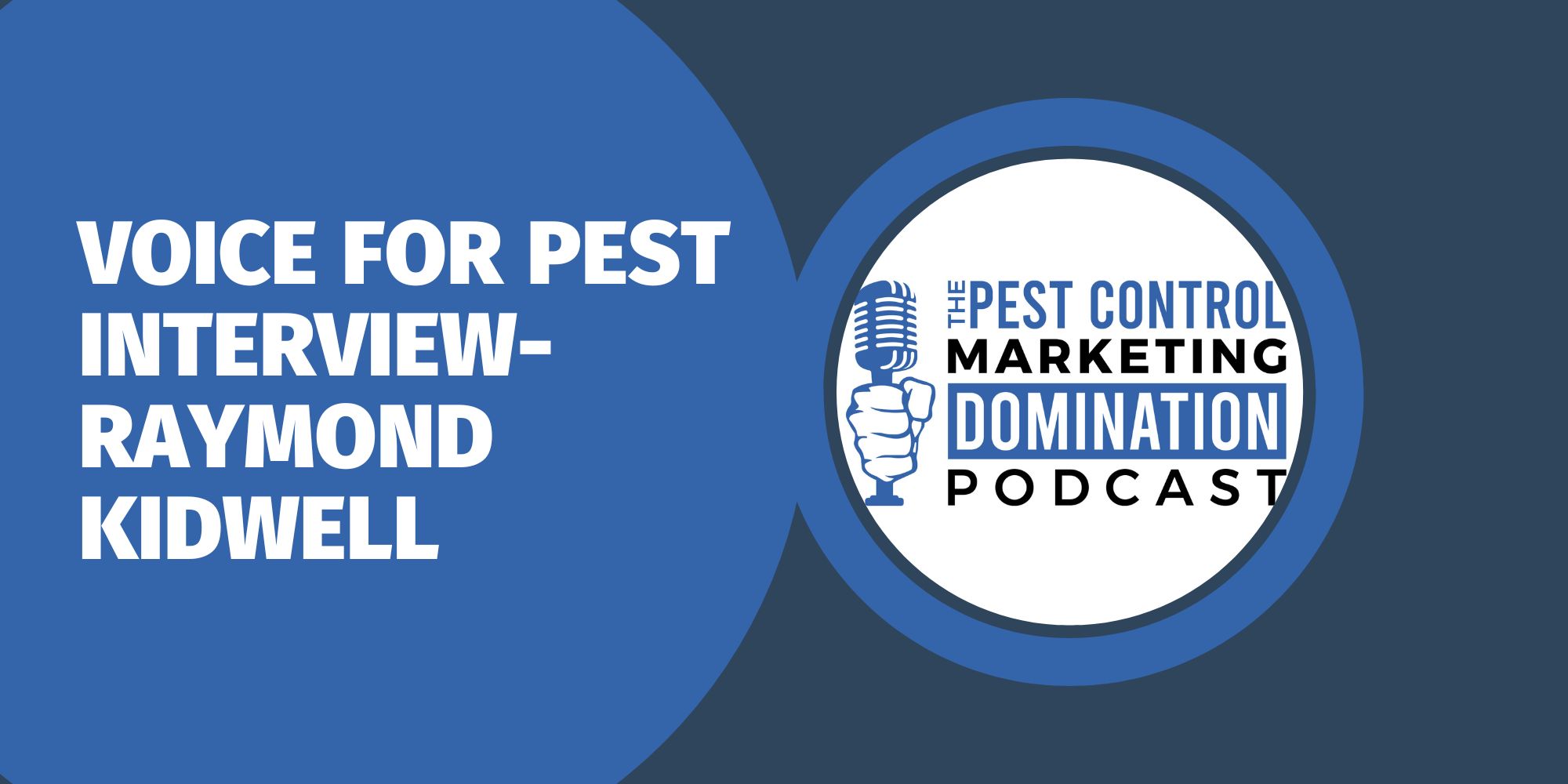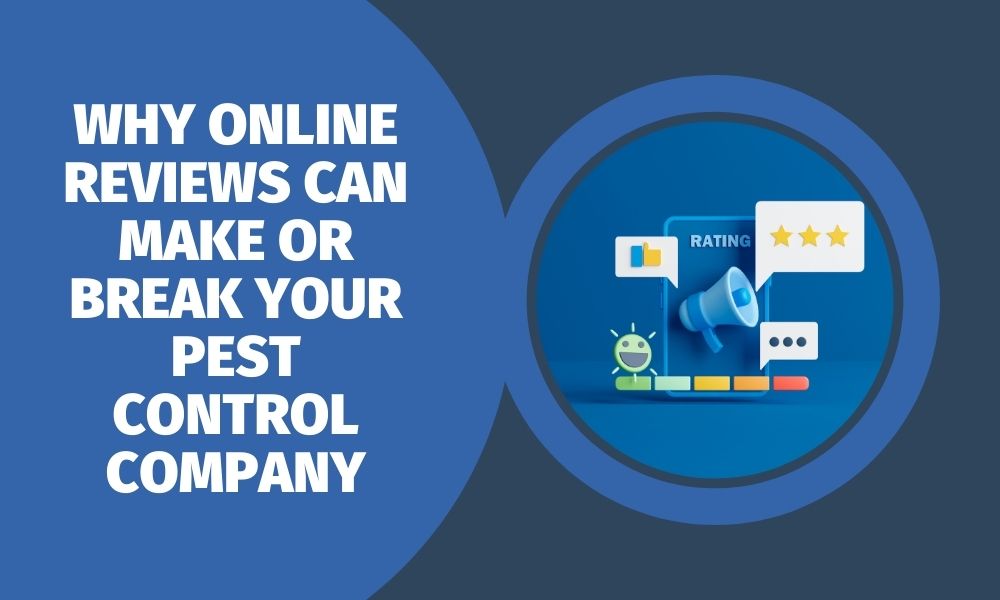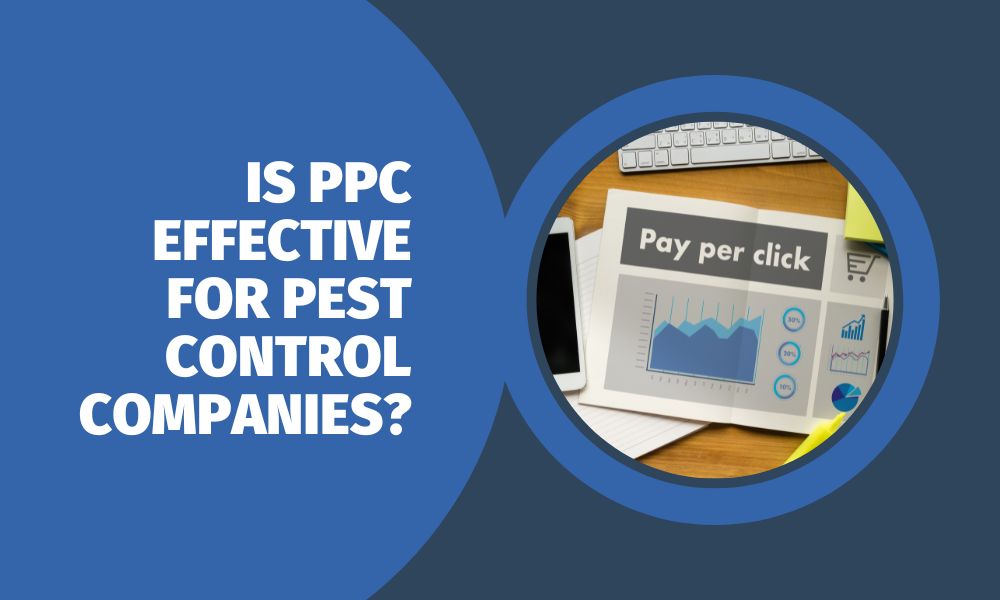Many pest control companies are surprised when they discover that their websites attract consistent traffic but generate very few calls or form submissions. On the surface, traffic appears to be a sign that your marketing efforts are working.
However, traffic alone is not enough. The real indicator of success is whether your website can convert visitors into customers. When homeowners reach your site but fail to take action, it signals a disconnect between what they are expecting and what your website is delivering.
A weak conversion rate is rarely the result of a single issue. It usually stems from a combination of design, clarity, mobile experience, trust-building, and user-behavior factors. This guide breaks down the most common reasons pest control websites fail to convert — and how you can audit your own site to identify the barriers preventing visitors from becoming booked appointments.
Your Above-the-Fold Experience Isn’t Communicating What You Do Quickly Enough
A visitor should be able to understand who you are, what you offer, and how to contact you within seconds of landing on your website. The area at the top of your homepage — known as the above-the-fold section — is your most valuable real estate. When this area is unclear, crowded, or overly generic, potential customers lose confidence and leave before exploring further.
For pest control companies, clarity matters because most visitors arrive with a problem they want solved quickly. If they see vague messaging, stock images that don’t relate to your services, or headlines that don’t clearly state your value, they assume they’re in the wrong place. A high-performing above-the-fold section includes a concise service statement, a strong call to action, a direct way to contact you, and trust elements like ratings or certifications. If these elements are missing or buried, visitors fail to engage.
Your Website Was Designed for Desktop — But Your Customers Are Mobile
The majority of pest control searches come from mobile devices, often in urgent situations. However, many websites still prioritize desktop design, resulting in poor mobile usability. When buttons are too small, content loads slowly, or important actions require excessive scrolling, mobile visitors abandon the site quickly.
Mobile optimization goes beyond responsive design. It requires intentional layout choices that prioritize thumb-friendly buttons, click-to-call functionality, fast loading images, and simplified navigation. If scheduling an appointment or requesting service feels cumbersome on a mobile device, visitors move on to competitors with smoother experiences.
A strong mobile-first approach supports immediate action, which is critical in emergency-driven industries like pest control.
Your Calls-to-Action Are Not Direct, Visible, or Persuasive
Even when a website is informative, visitors won’t convert if the call-to-action (CTA) is weak or hard to find. Many pest control sites rely on vague language such as “Learn More” or “Contact Us,” which fails to motivate a decision that already feels urgent to the customer.
Effective CTAs are direct, prominent, and repeated throughout the site. Phrases like “Call Now for Immediate Service,” “Get Your Quote Today,” or “Schedule Your Inspection” set clear expectations and give the user a defined next step.
These CTAs should appear in the header, at the top of the homepage, within each service section, and at the bottom of every page. When CTAs are sparse or inconsistently placed, visitors default to leaving rather than taking action.
Your Content Doesn’t Match User Intent or Service-Specific Needs
One of the most common reasons for low conversions is a mismatch between what the visitor is looking for and what your website provides. If someone searches for termite treatment or rodent removal, they expect to find a page that speaks directly to that service — not a generic homepage or a brief paragraph lumped into a long list of offerings.
Service-specific pages improve both SEO and conversions because they reinforce that you understand the problem the visitor is facing. These pages should explain the signs of the issue, your treatment process, why your company is qualified, and what the customer should expect next.
When content is too broad or does not address the specific concern that brought the visitor to your site, trust erodes and conversions decline.
Your Website Fails to Establish Trust Early in the Visit
The pest control industry depends heavily on trust. Homeowners want to feel confident that the company they hire is licensed, experienced, and reputable. If your website does not quickly communicate reliability, visitors hesitate to call — even if they need service urgently.
Trust can be built through visible customer reviews, service guarantees, photos of technicians or branded vehicles, proof of licensing or certifications, and transparent explanations of your processes.
When websites rely on overly generic photos, thin content, or outdated information, they fail to reassure visitors. Many sites lose conversions simply because they do not display enough social proof to give visitors the confidence to engage.
Your Forms Are Not Optimized for Quick, Low-Friction Submission
A long or complicated form can dramatically reduce submissions. Pest control customers are often seeking fast help, so the booking or estimate request process must be easy. Forms that ask for too much information, require multiple steps, or load slowly create unnecessary friction — and visitors abandon the process.
High-converting forms keep fields minimal and prioritize the information needed to initiate contact. They should also be accessible from multiple points on the site, not hidden on a single page. When a form is hard to locate or feels like a commitment, visitors revert to searching for another company with a simpler process.
Your Service Area Isn’t Clear, Causing Visitors to Hesitate
Many potential customers leave websites because they aren’t sure whether the company serves their location. A lack of detailed service area information—especially in larger metro regions—creates uncertainty that prevents visitors from taking action.
Service area pages help eliminate this friction by clearly listing cities, neighborhoods, or counties you cover. These pages also strengthen SEO by giving search engines specific location markers to index. When a visitor immediately sees that you service their exact area, they are far more likely to call or submit a form.
Your Website Does Not Leverage Visual Elements That Reinforce Value
Modern users prefer visual information. Photos, videos, infographics, and service diagrams help break up text and build confidence. Many pest control websites underuse visuals that demonstrate expertise, explain services, or convey what sets the company apart.
A short company overview video, a treatment process diagram, technician introduction clips, or even simple icons can dramatically improve engagement and help visitors absorb information more easily. When visuals are missing, the website feels less dynamic and fails to maintain the visitor’s interest long enough to encourage action.
Your Website Loads Too Slowly to Keep Visitors Engaged
Page load speed is a major factor in website abandonment. Slow load times—especially on mobile networks—cause visitors to leave before the site fully appears. In an industry where needs often feel urgent, delays can instantly push potential customers toward a competitor.
Common contributors to slow load times include large, uncompressed images, outdated themes, excessive scripts, cheap hosting, and lack of caching. Improving load speed not only increases conversions but also positively impacts SEO performance, making it easier for new customers to discover your business.
Conclusion
When your pest control website receives traffic but produces few calls, the issue is almost always related to conversion — not demand. Visitors arrive looking for a solution to an immediate problem, and your website must meet their expectations quickly, clearly, and confidently. By optimizing mobile experience, clarifying your message, strengthening trust signals, improving service-specific content, and ensuring fast, easy access to your calls-to-action, you create a website that works as a true lead-generation engine.
A website that converts well doesn’t happen by accident. It’s the result of intentional design, strategic messaging, and an understanding of homeowner behavior during pest-related emergencies. When these elements come together, traffic turns into calls, calls turn into customers, and your marketing investment becomes far more profitable.


